Chemistry and Chemists № 2 2025
Journal of Chemists-Enthusiasts
| Content | Chemistry experiments - video | Physics experiments - video | Home Page - Chemistry and Chemists |
|
Chemistry and Chemists № 2 2025 Journal of Chemists-Enthusiasts |
Working with Tritium - p.3, 4 Chemist |
|
Having noticed a mistake in the text, allocate it and press Ctrl-Enter
The scintillation analyzers Tri-Carb and Quantulus mentioned earlier allow for the determination not only of tritium content but also of several other radioactive isotopes, such as carbon-14. However, these devices must be calibrated using standard samples containing a precisely defined amount of the isotope being analyzed. The photographs show tritium and carbon-14 standards used for calibrating the Tri-Carb device.
The standards for calibrating the Quantulus device, which is used in our laboratory, are different: they are tablets that need to be dissolved in a specific volume of water. Our institute has not purchased new standard samples for a long time, so it is difficult to say how accurate the measurement results are. A colleague in the room opposite is engaged in carbon-14 analysis. Radiocarbon analysis is a common method for determining the age of samples of biological origin (wood, linen, bones, food remains, etc.) that are no older than fifty thousand years. The carbon-14 isotope is continuously formed in the atmosphere as a result of the interaction between nitrogen-14 nuclei and neutrons from cosmic radiation. Radioactive carbon enters living organisms and becomes part of biological molecules. Living organisms contain a certain amount of radioactive carbon, which remains constant due to the continuous exchange of substances with the environment. After an organism dies, this exchange stops, and the intake of radioactive carbon ceases. The carbon-14 present in the organism gradually decays, decreasing over time according to the law of radioactive decay. By measuring the remaining carbon-14 content, it is possible to estimate the approximate time of death of the organism. Sample preparation for carbon-14 analysis is a much more complex and sensitive process than that for tritium analysis. First, the sample is heated with metallic lithium, converting the carbon into lithium carbide. Then, lithium carbide is treated with water to produce acetylene. The acetylene is passed through a chromic acid mixture (a solution of dichromate in concentrated or dilute sulfuric acid) to remove impurities such as phosphine, arsine, and other gases. Afterward, it is passed over a heated catalyst (chromium(III) oxide), converting the acetylene into benzene, which contains the carbon-14. Finally, the benzene is mixed with a liquid scintillator, and the carbon-14 content is measured. I once saw benzene that had been synthesized during such an analysis. Incidentally, at my previous job, my roommate (see Part 2 of this article) used to prepare water samples for carbon-14 determination by simply distilling them. In other words, he attempted to analyze carbon-14 the same way as tritium - without even realizing he was making an absurdly naive mistake. To be honest, I also didn't recognize how ridiculous the situation was while I was still working there. It wasn't until I changed jobs and saw how radiocarbon analysis is properly done that I understood the error. |
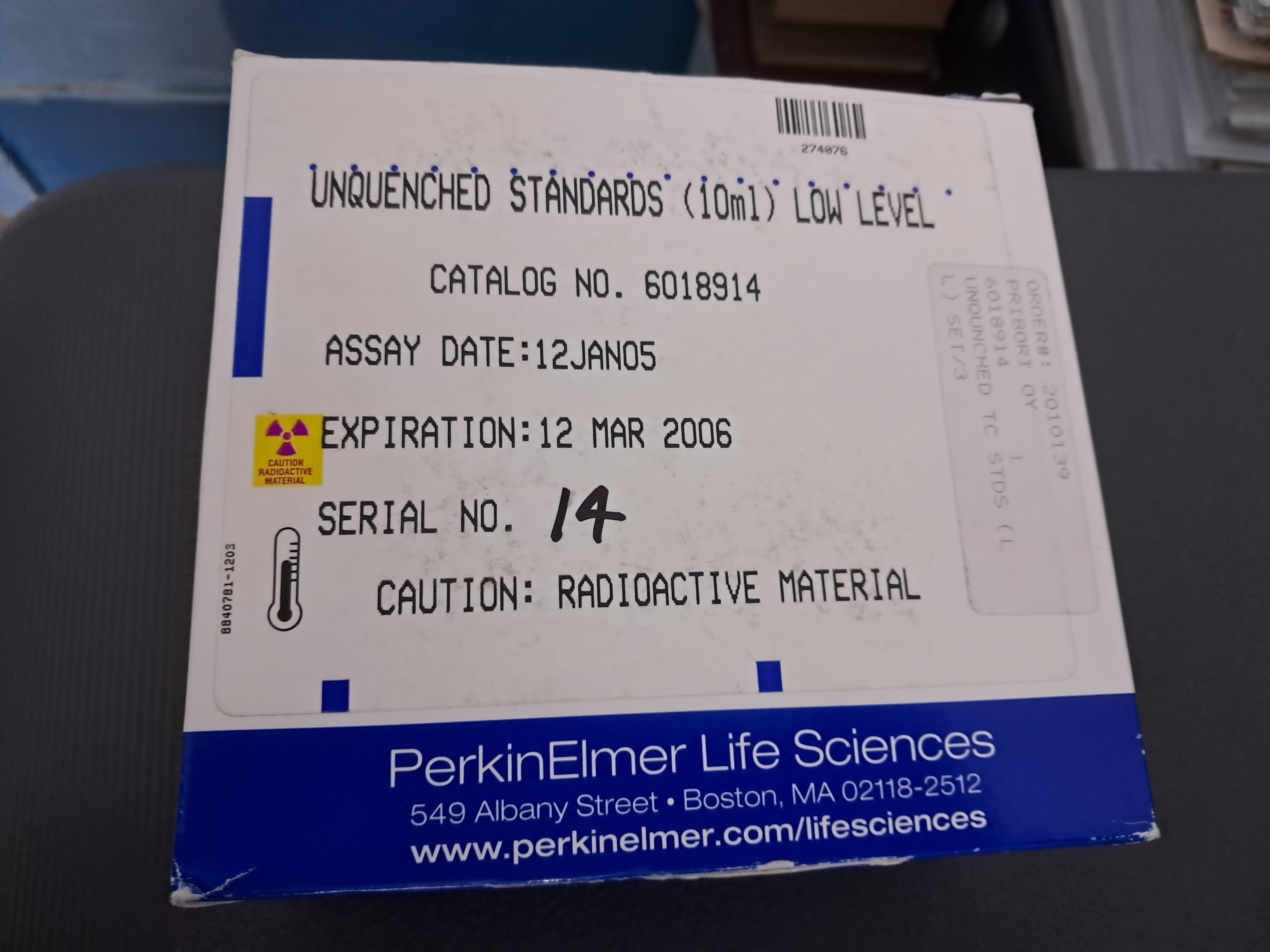
Tritium and Carbon-14 Standards |
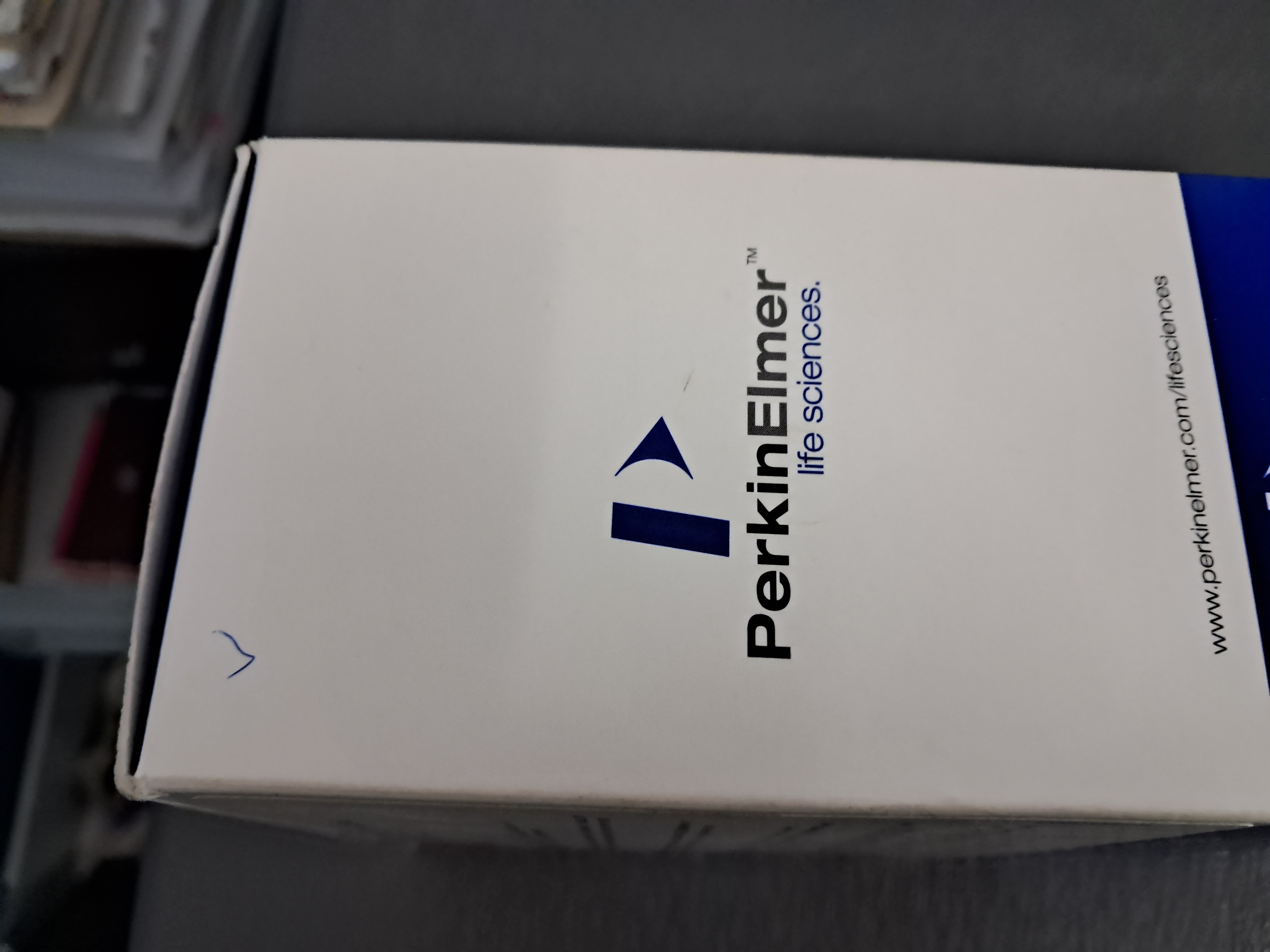
|
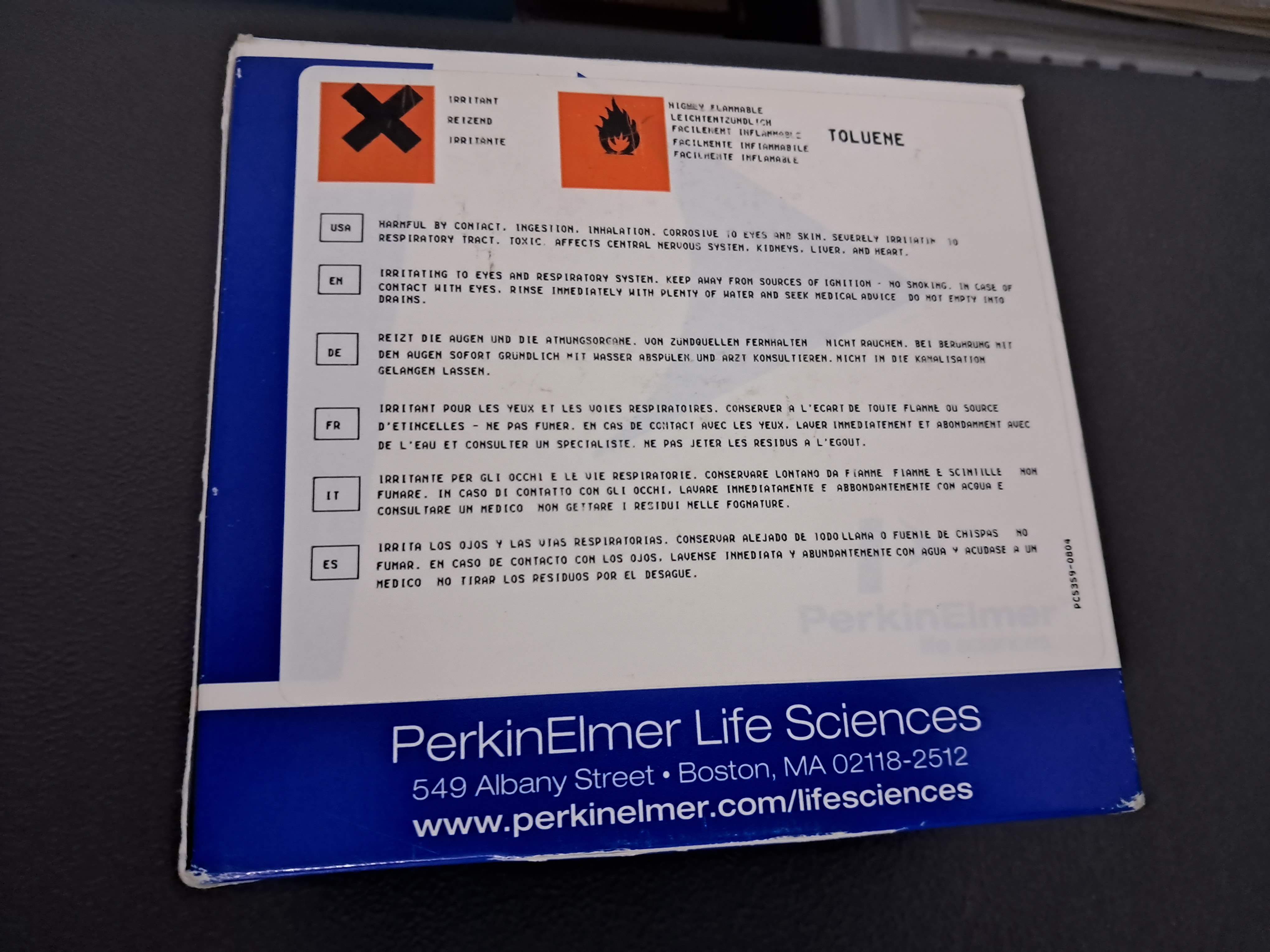
|
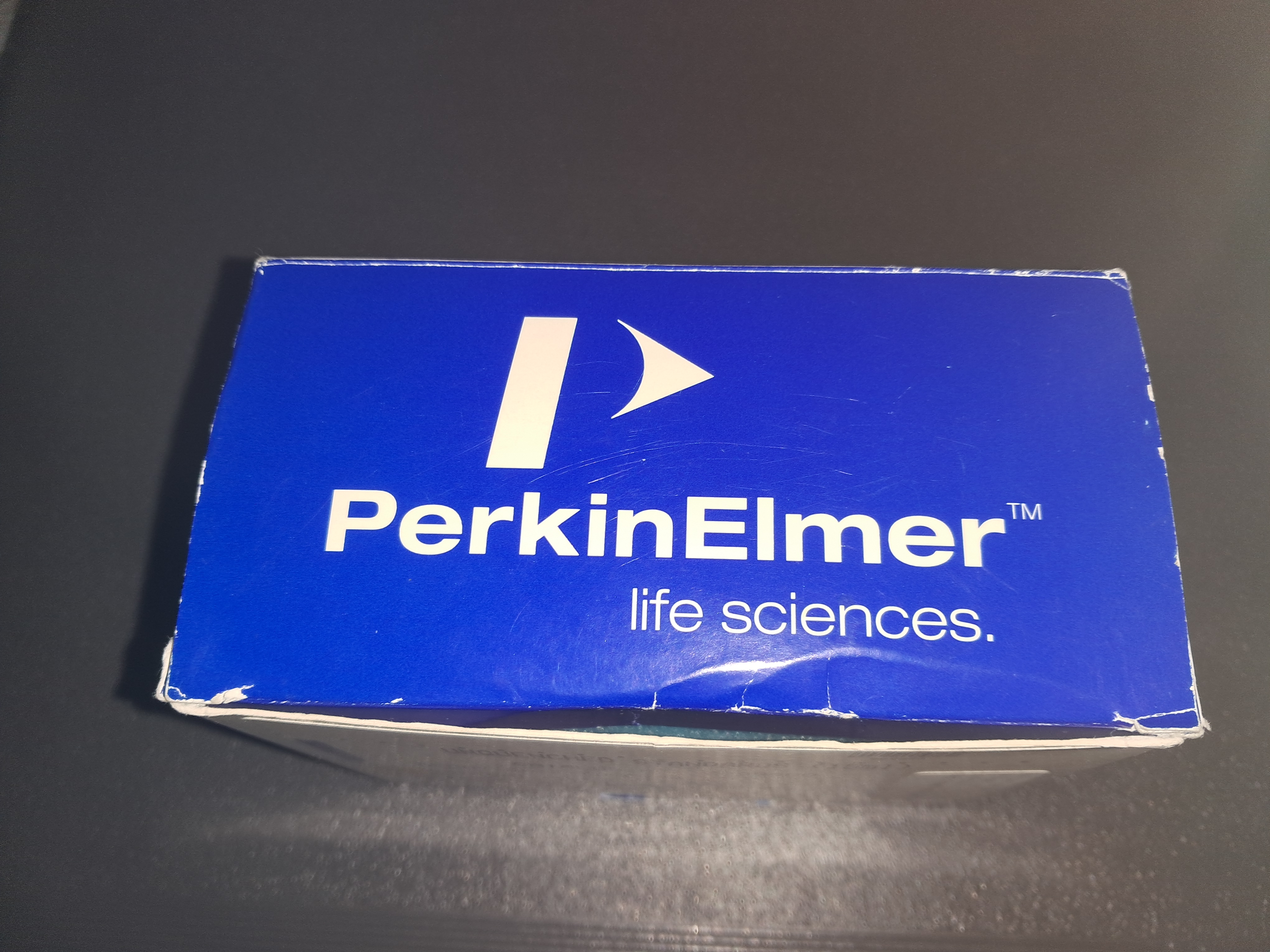
|
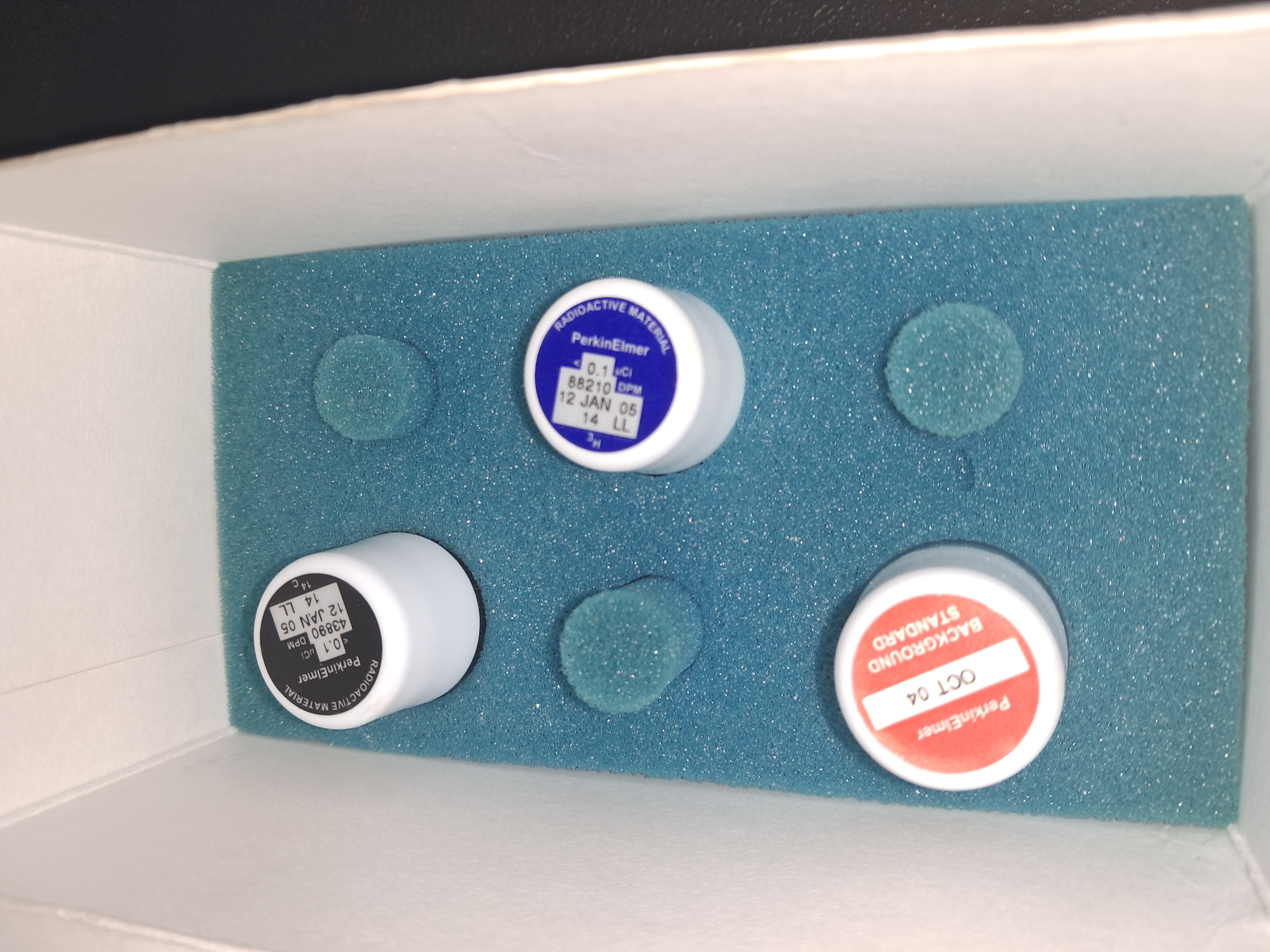
|
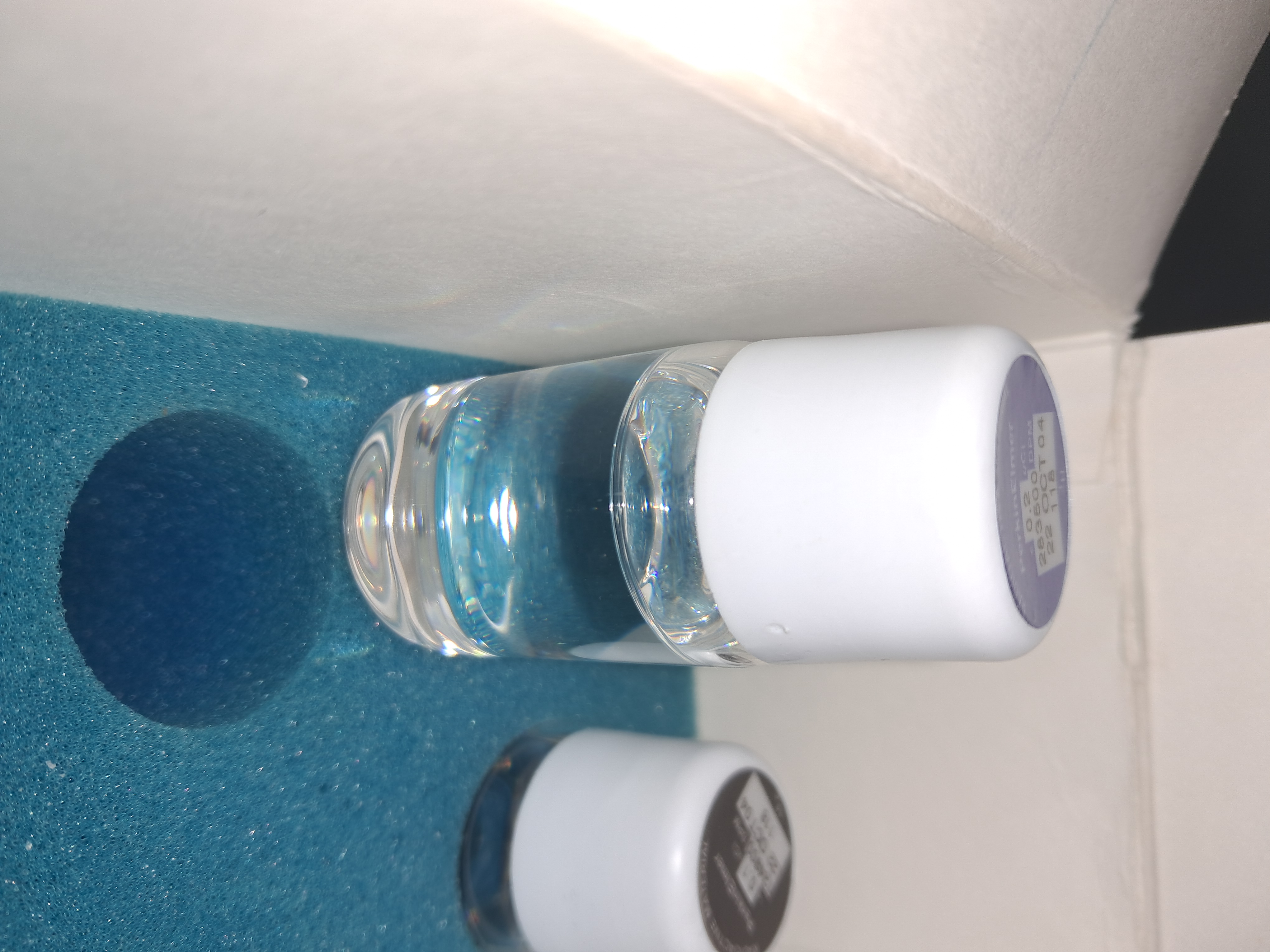
|
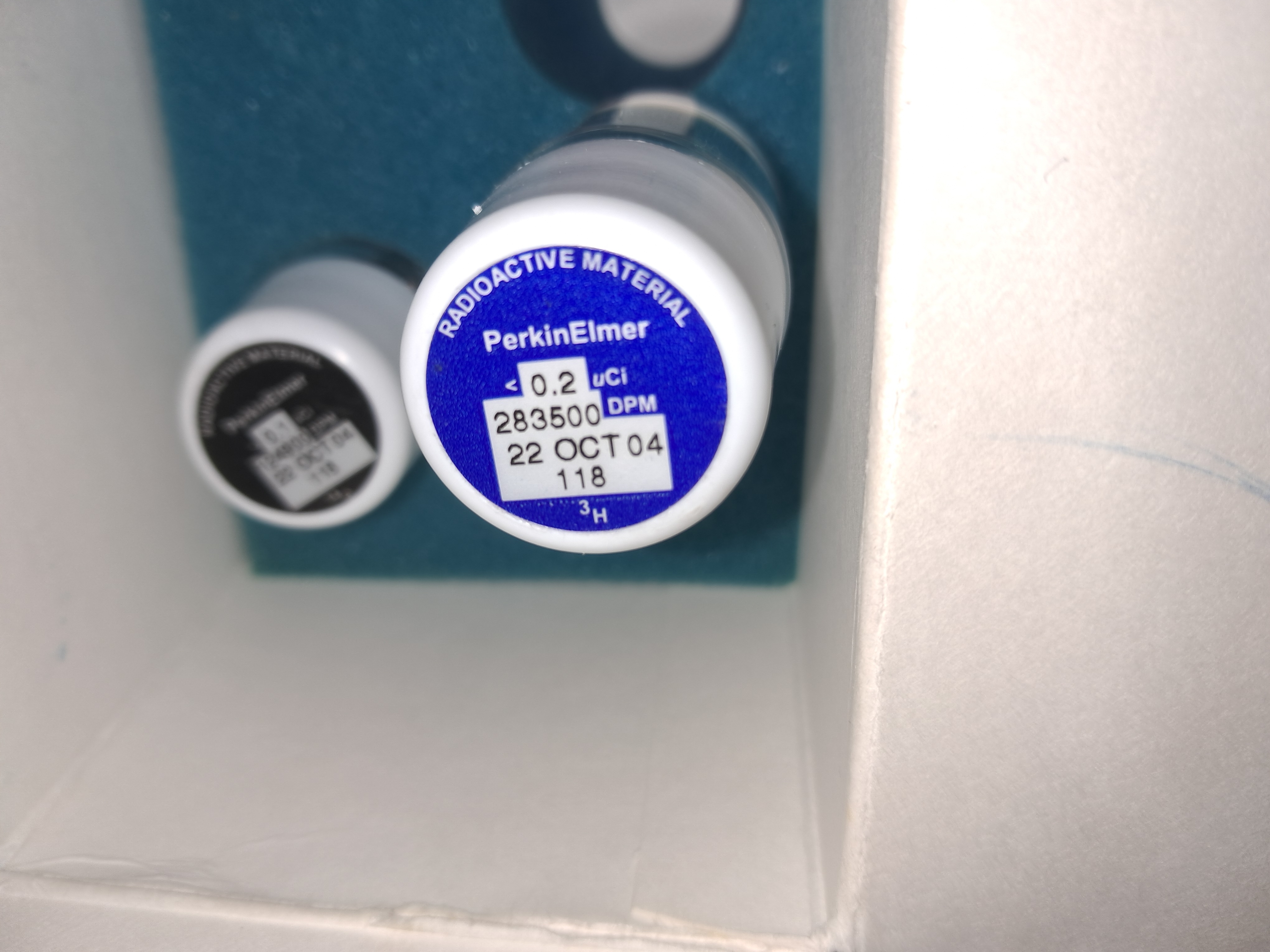
|
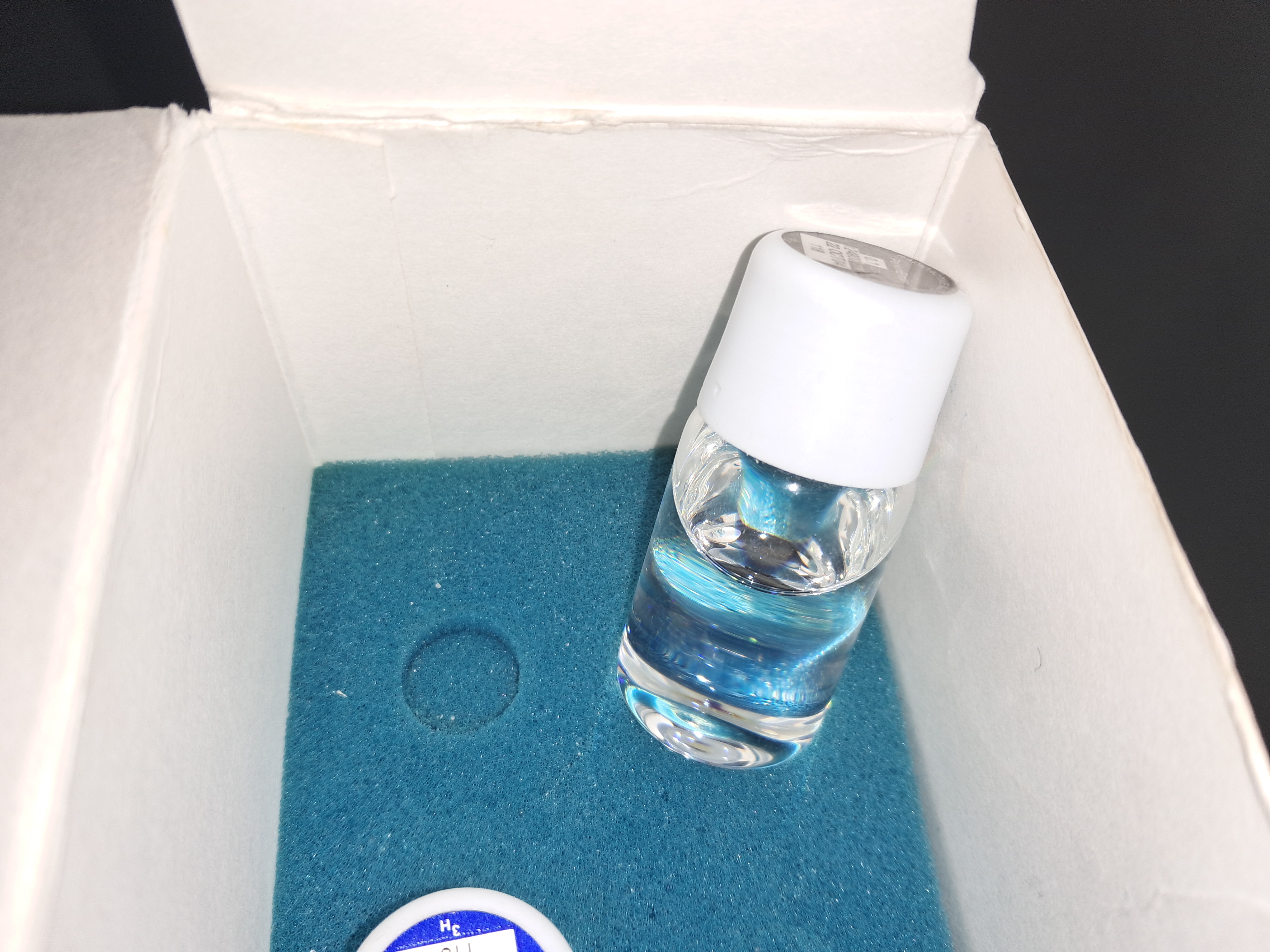
|
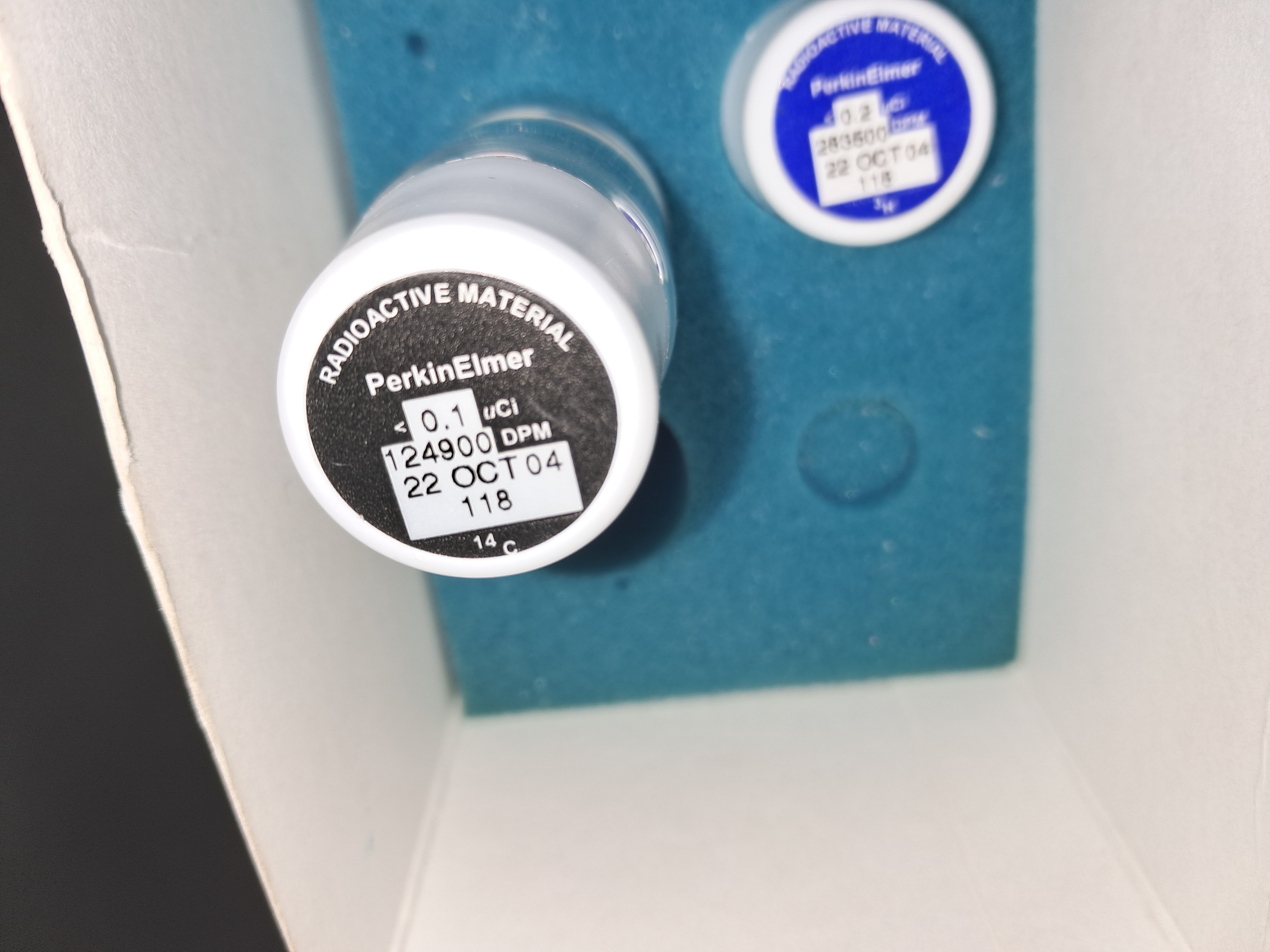
|
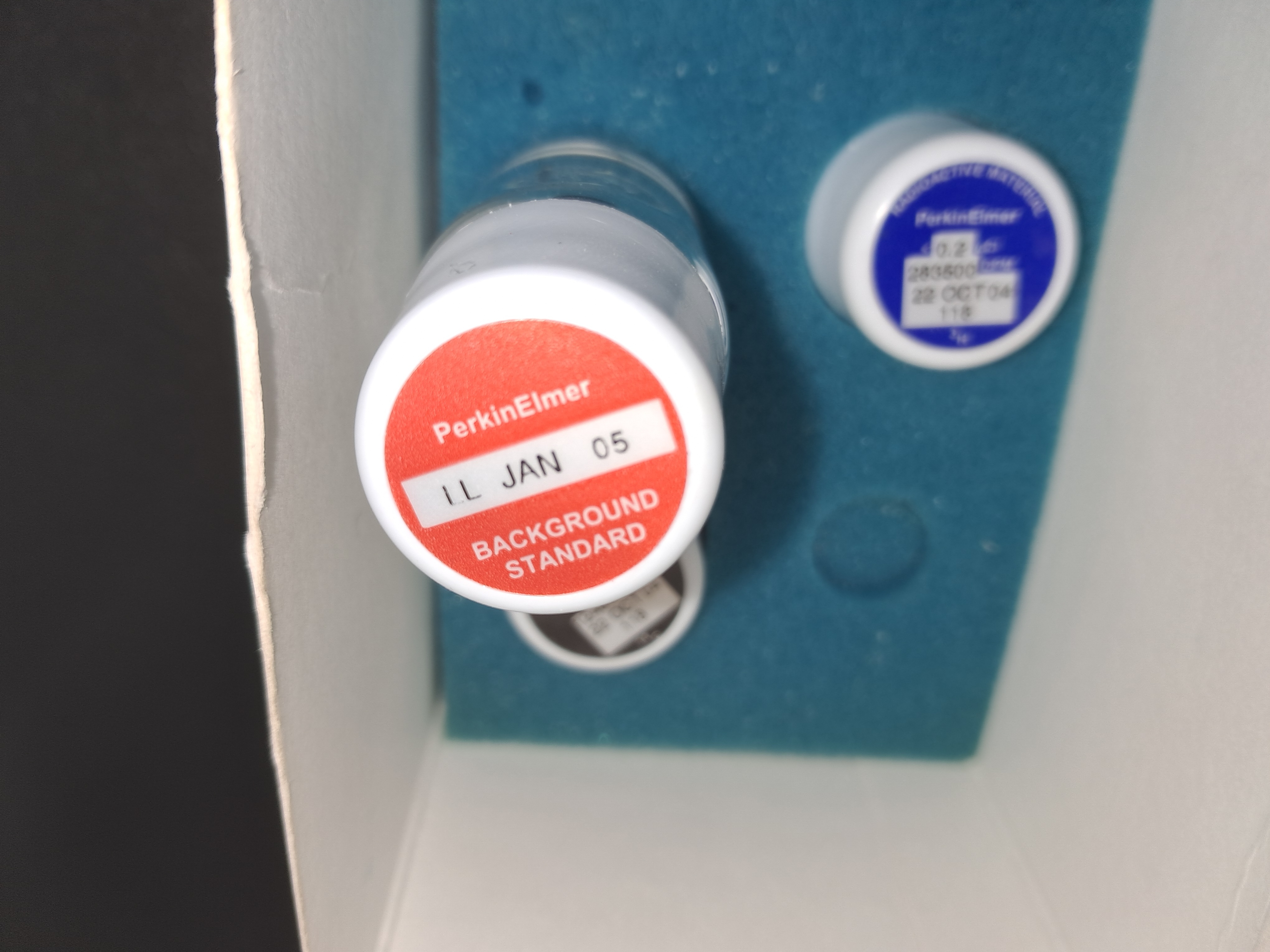
|
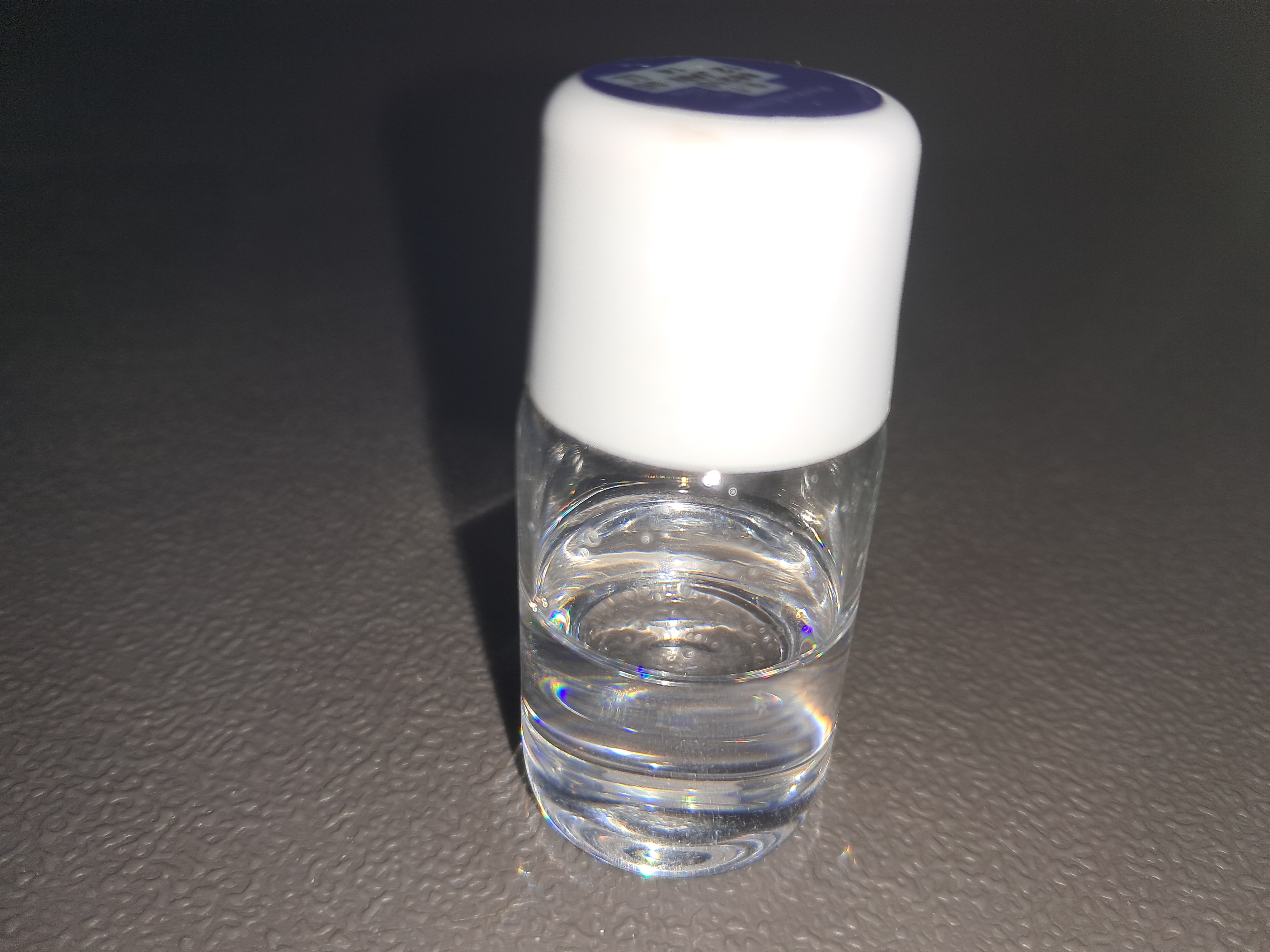
|
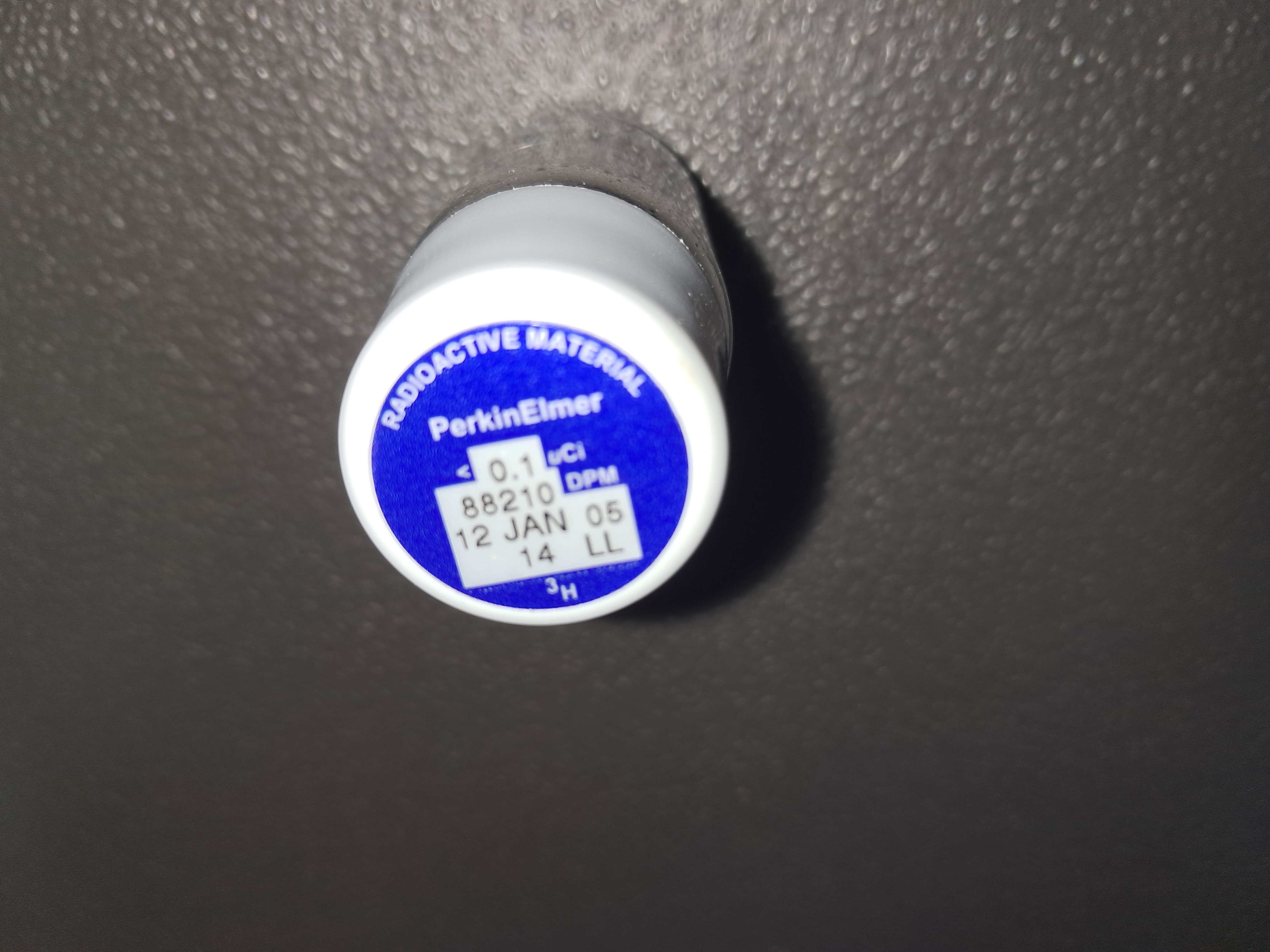
|
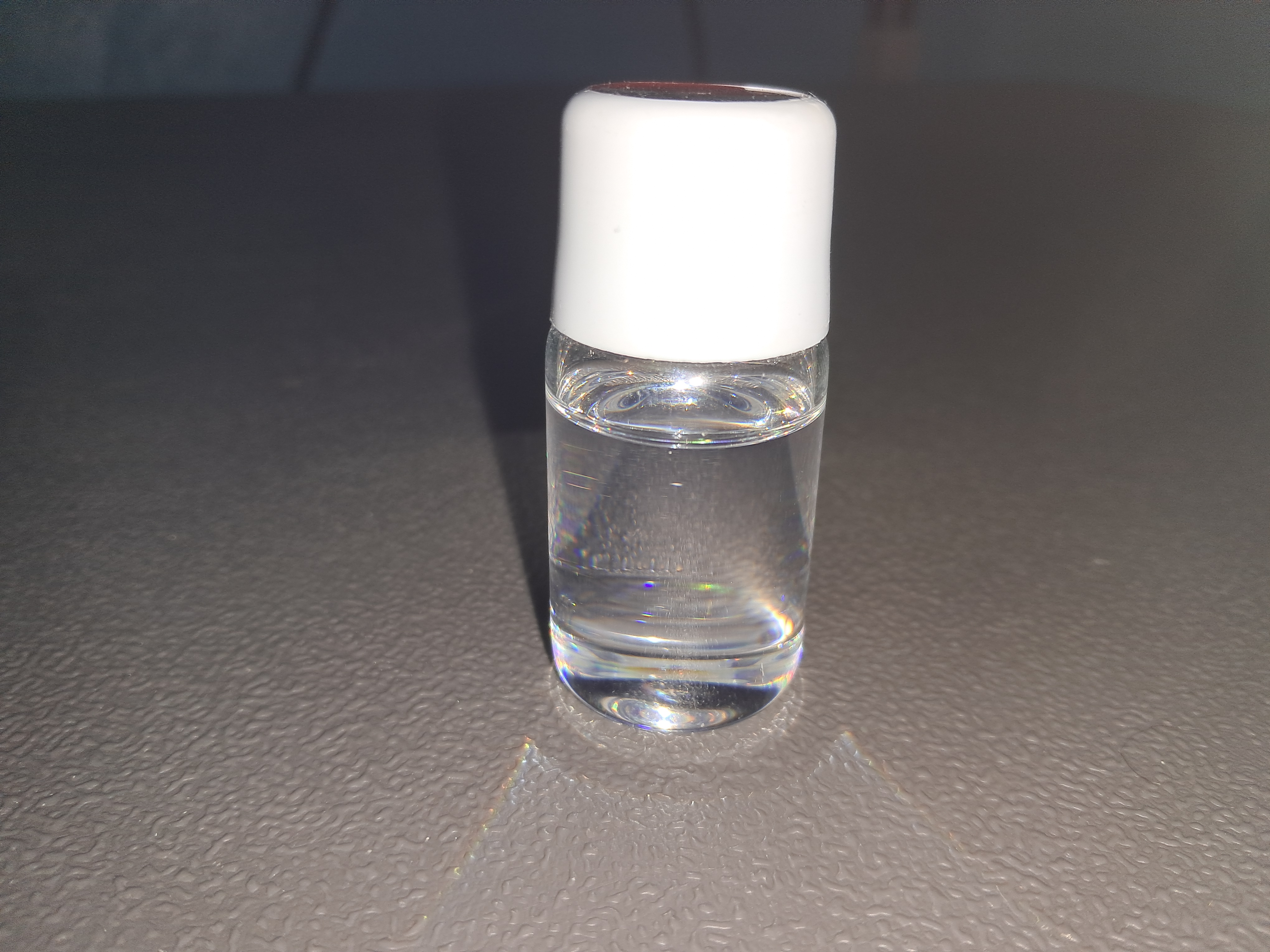
|
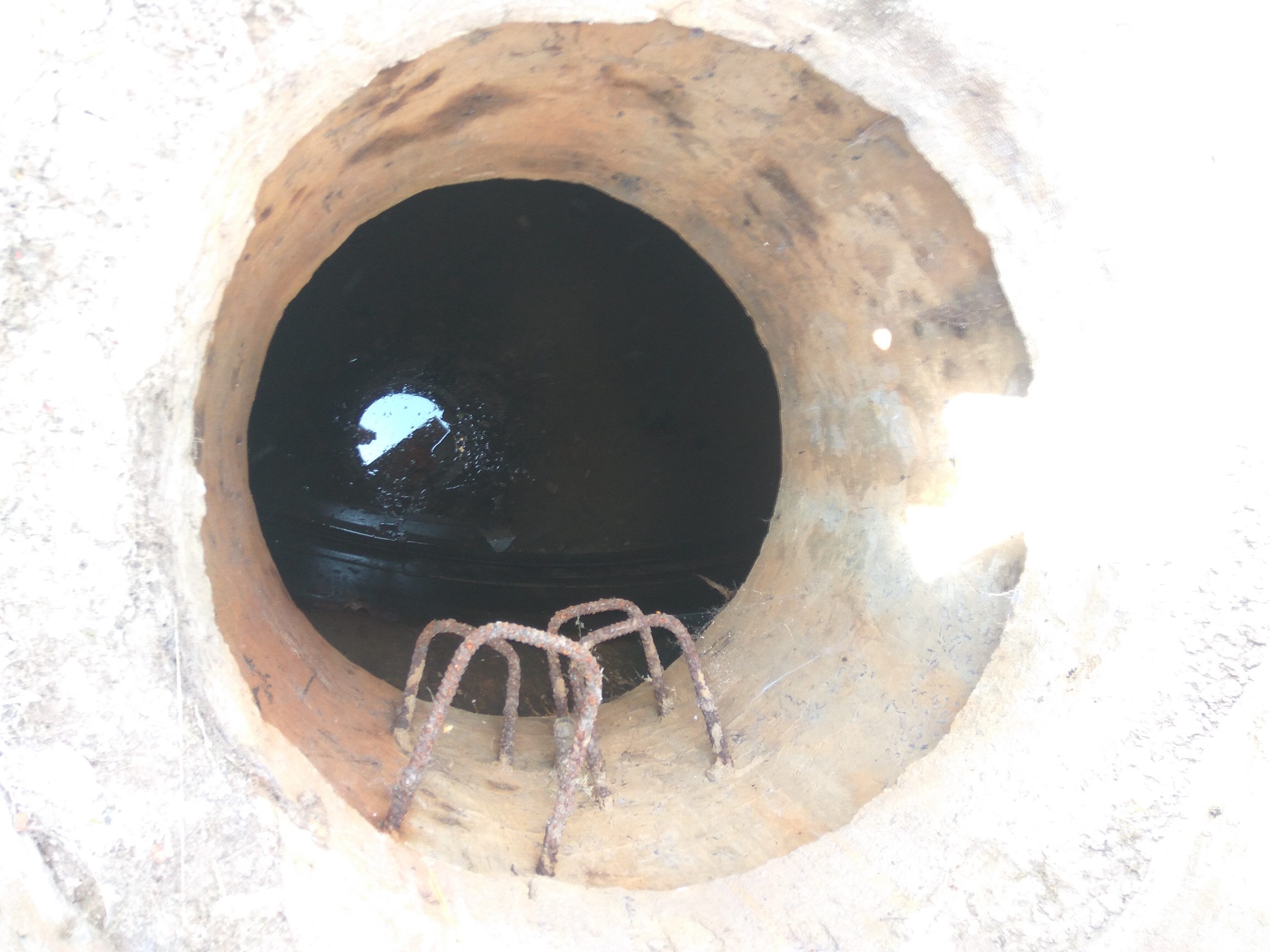
Distillation of Tritiated Water (HTO) |
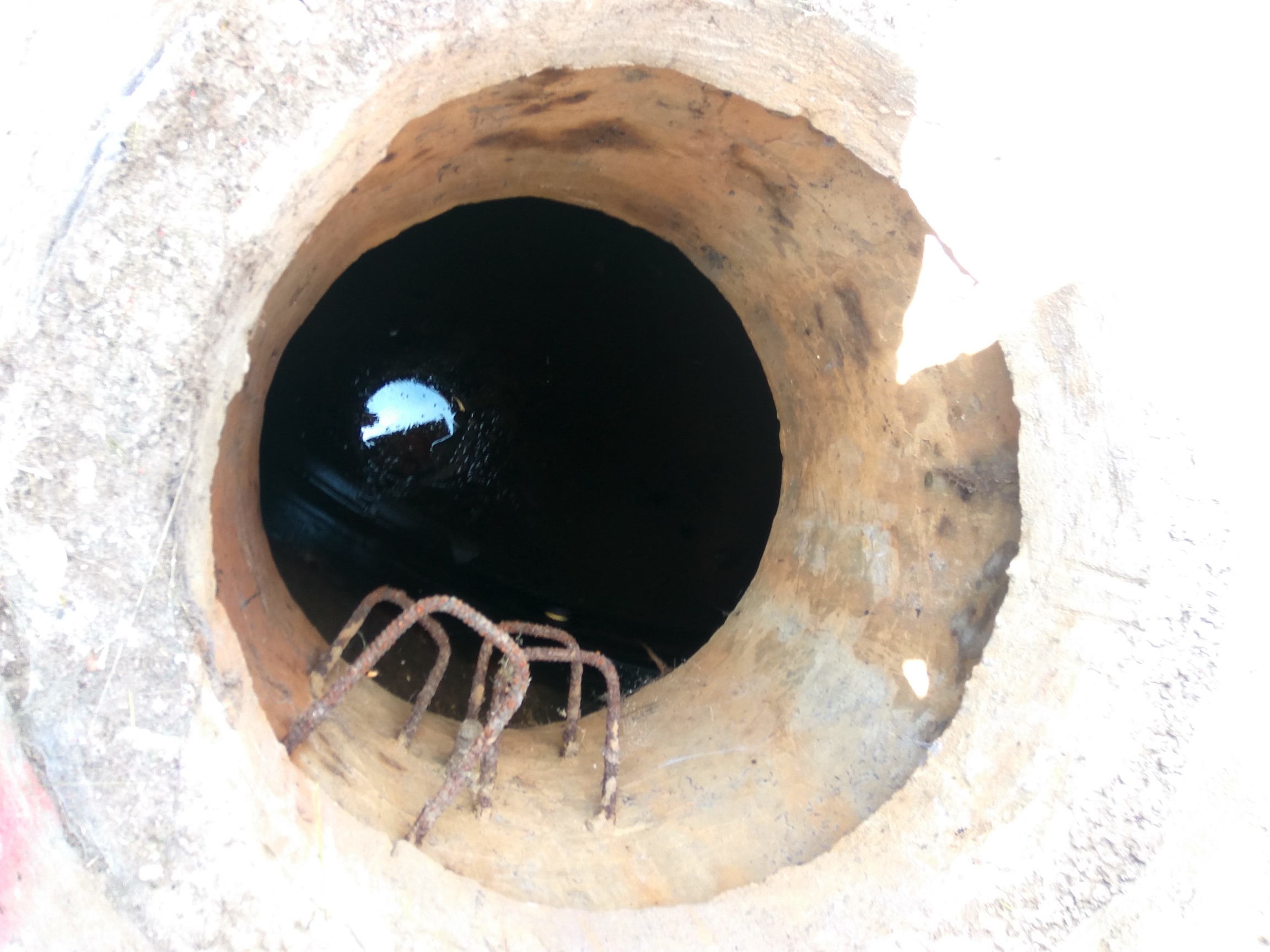
|

|
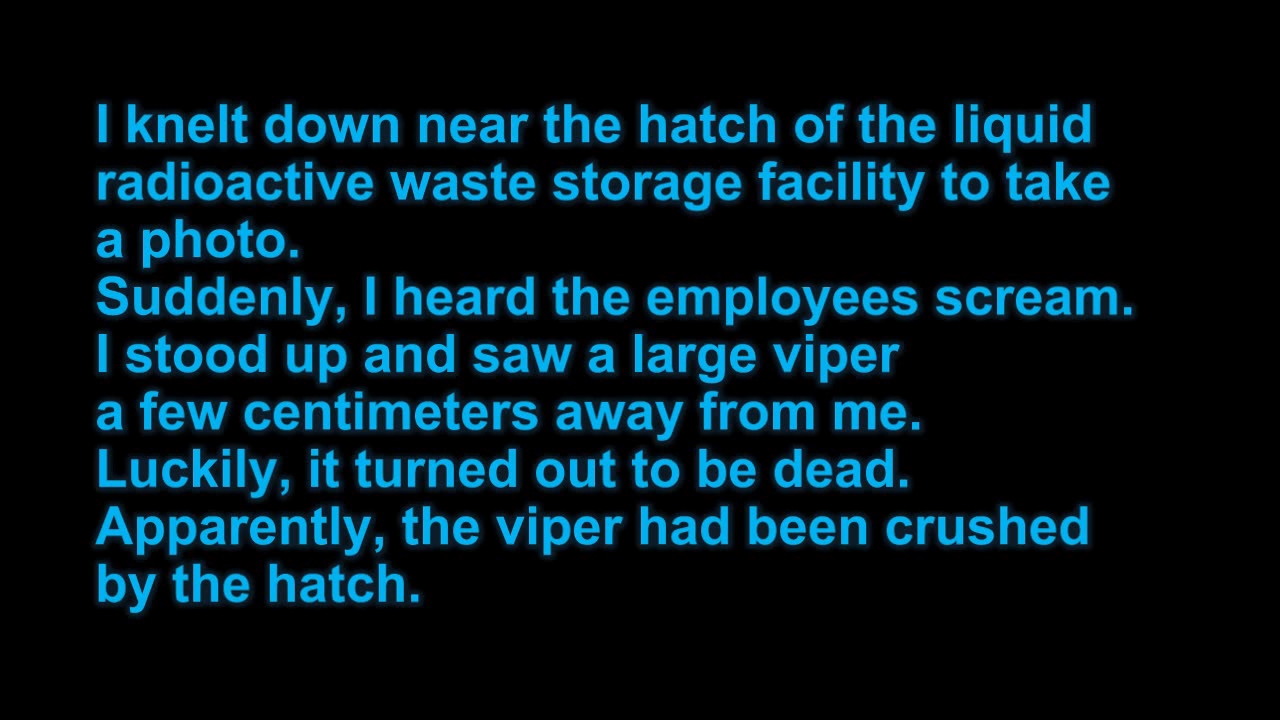
|
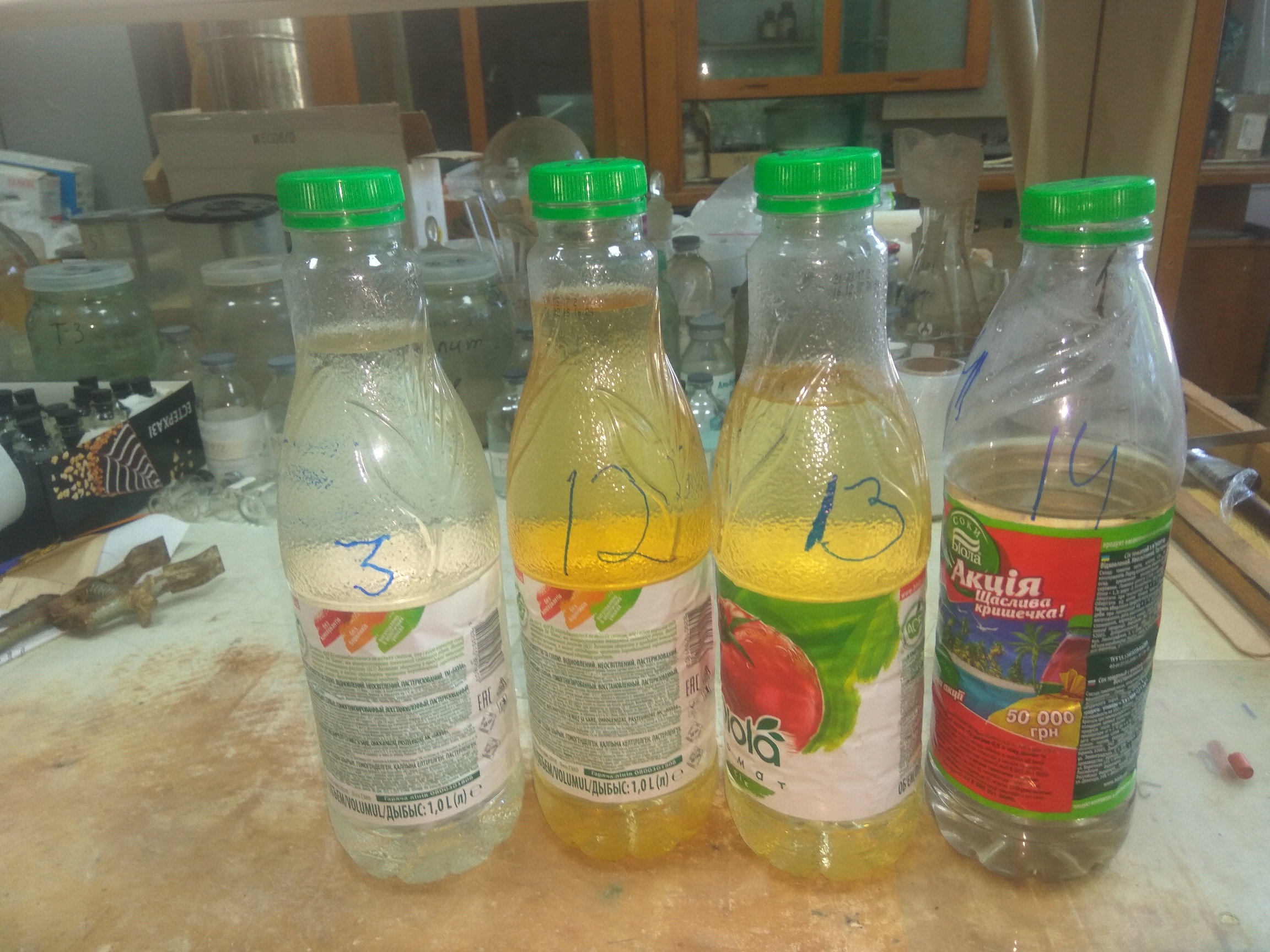
|
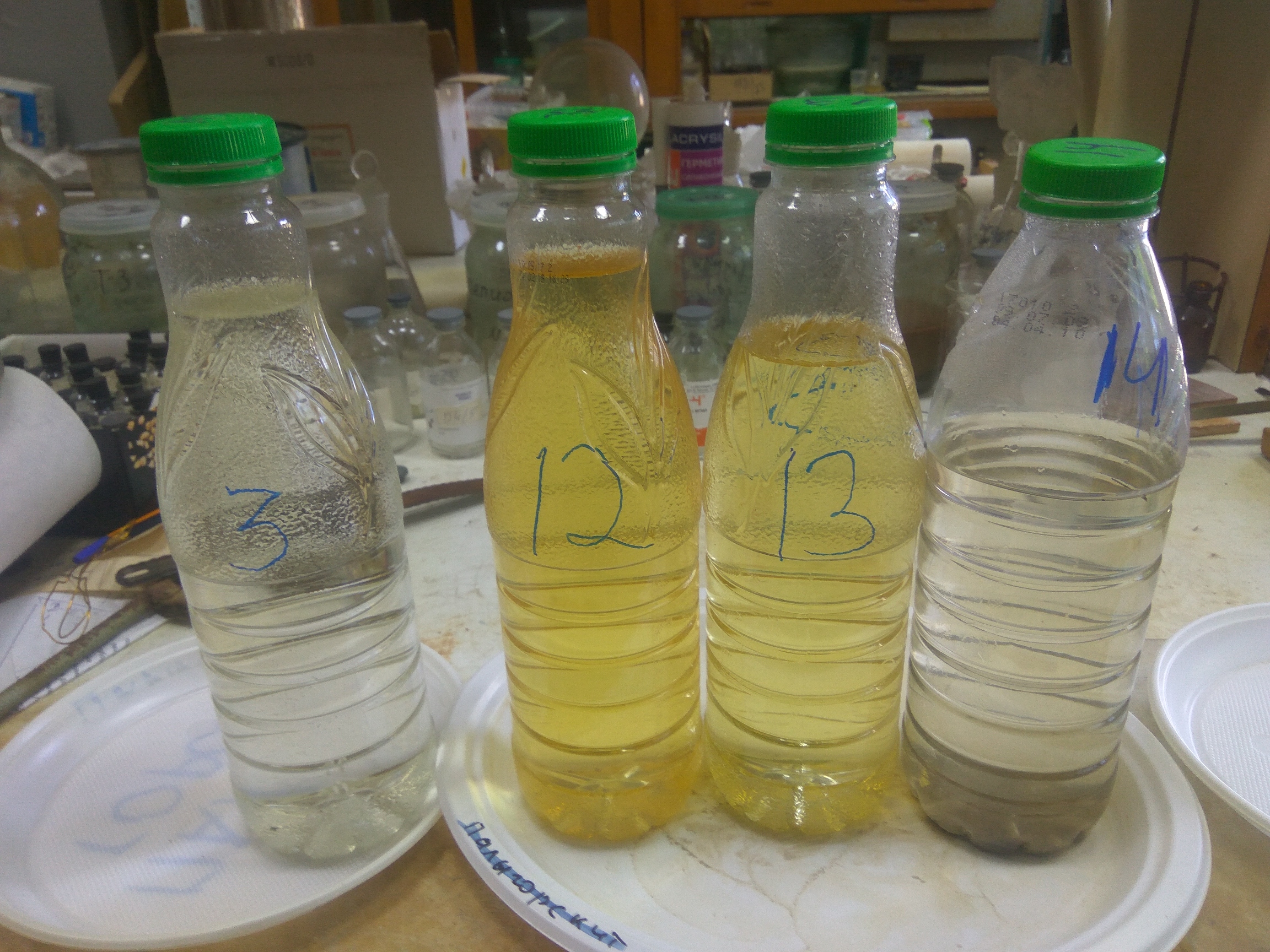
|
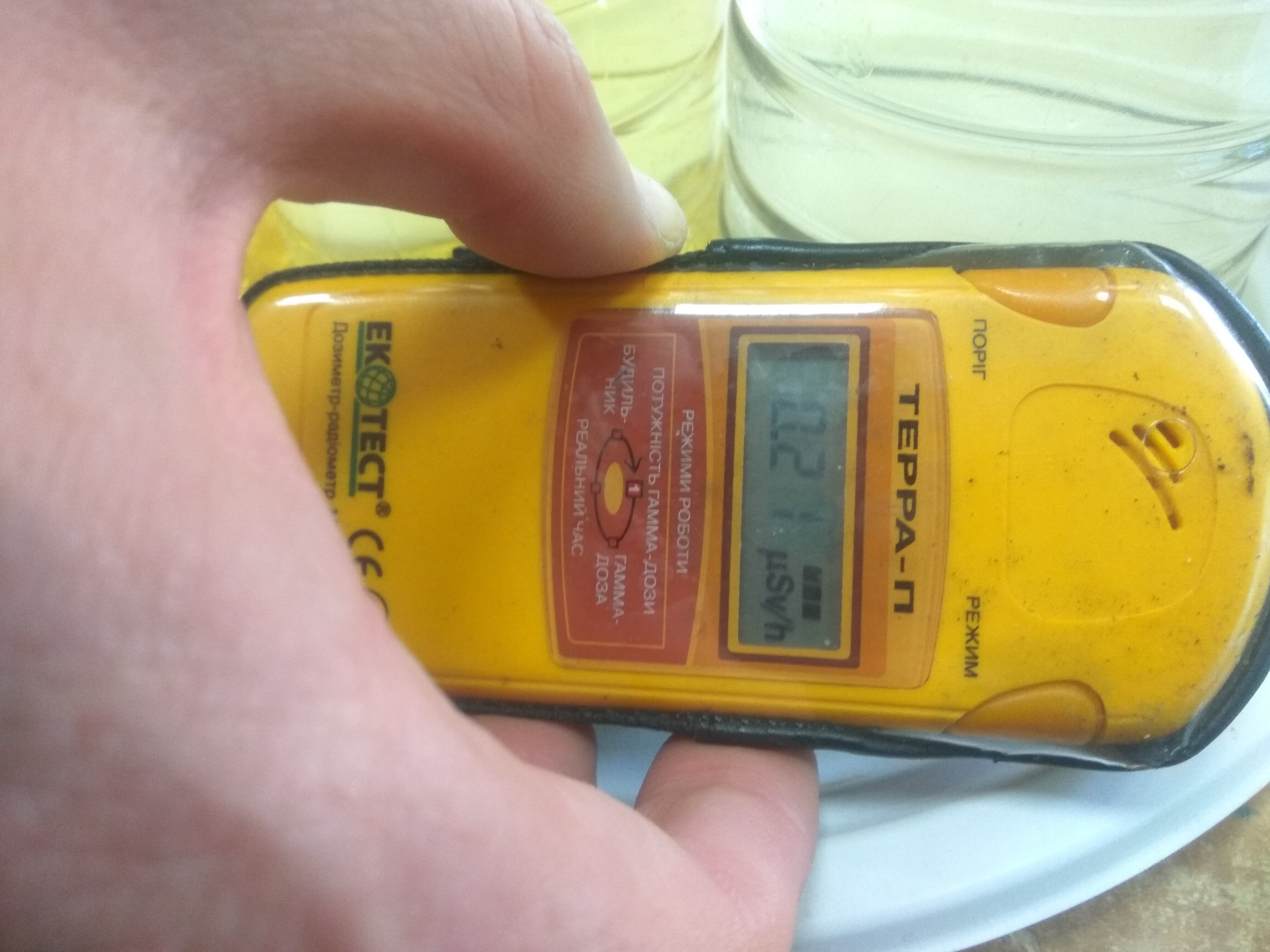
|
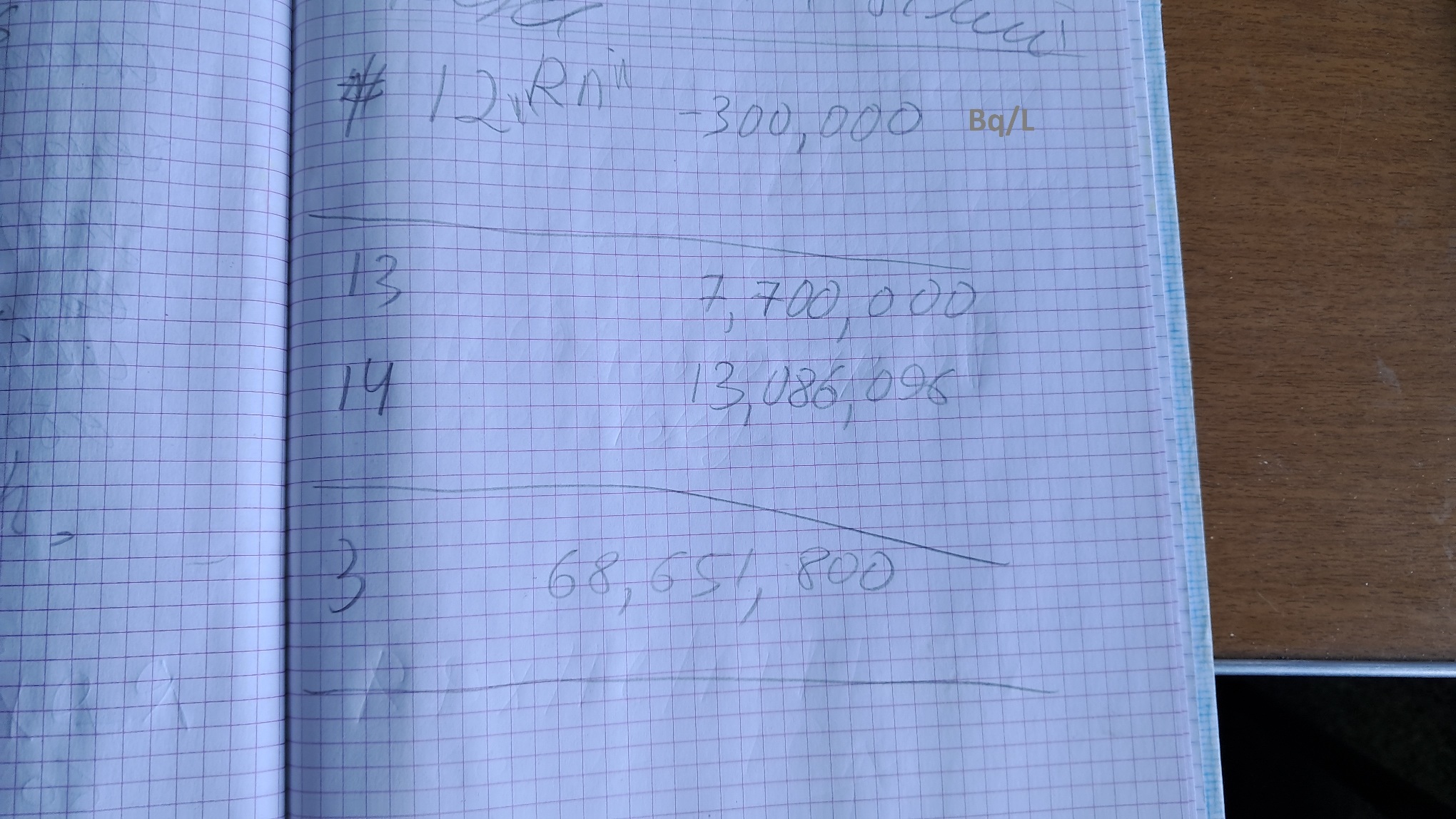
|
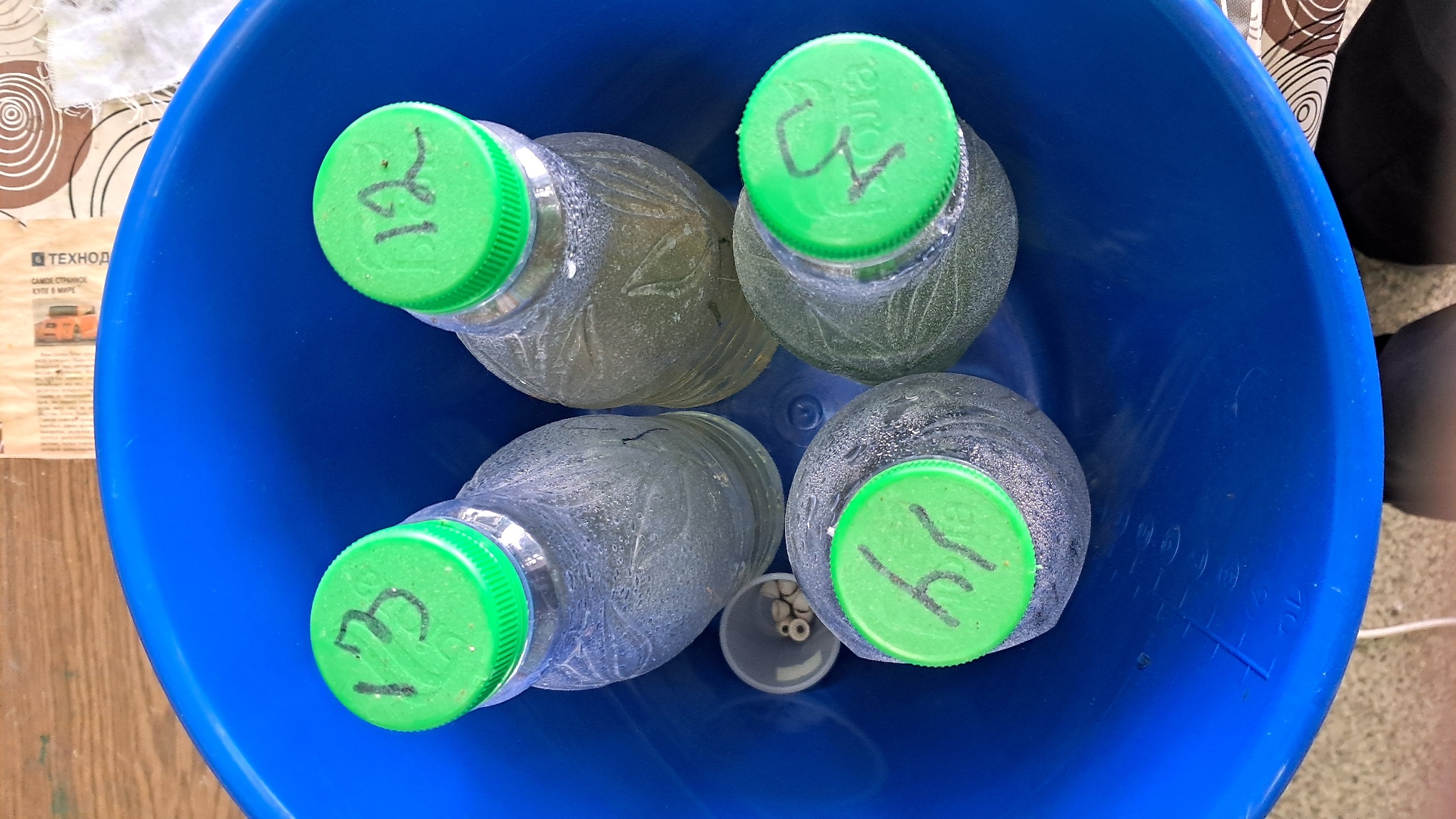
|
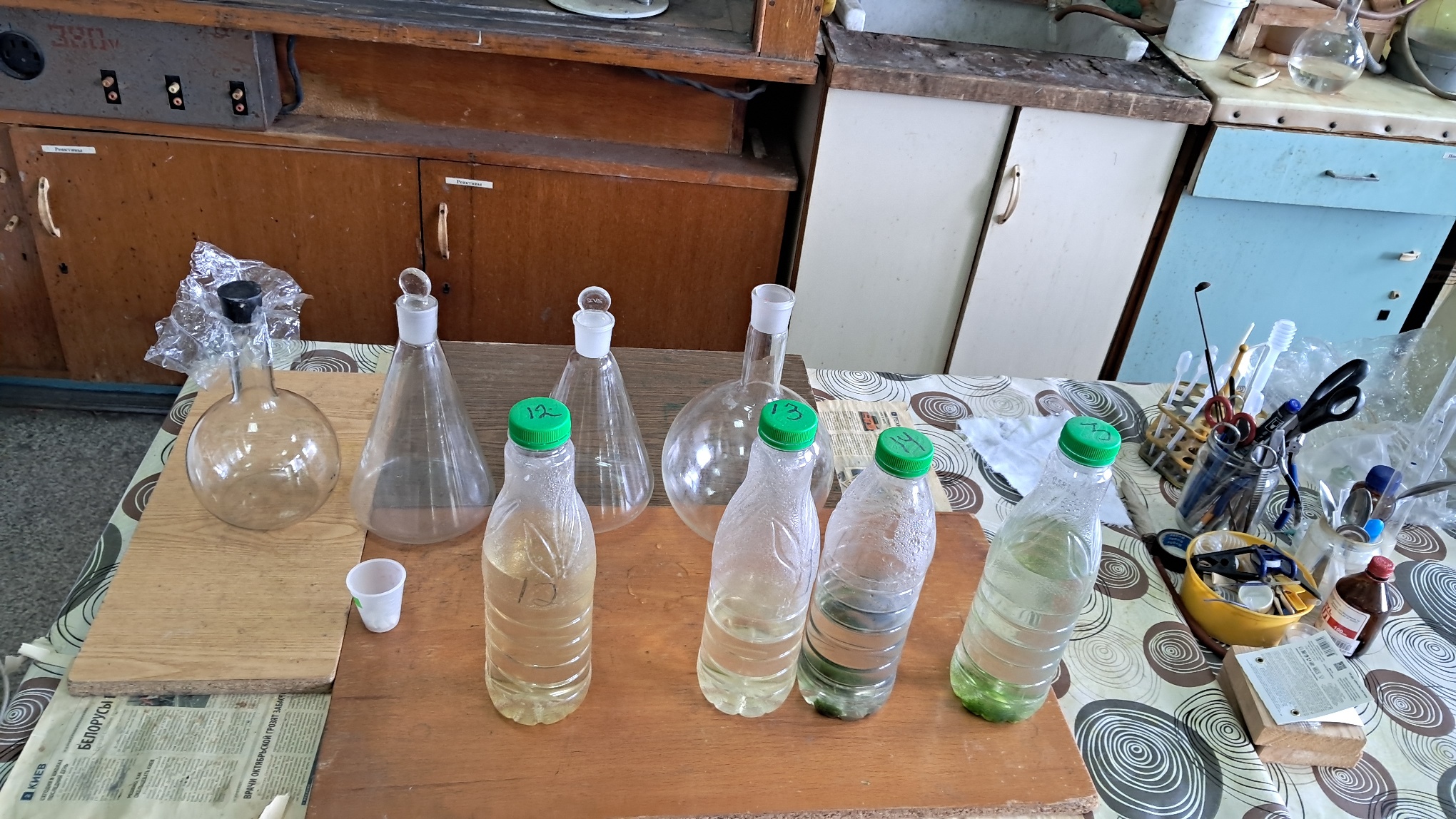
|
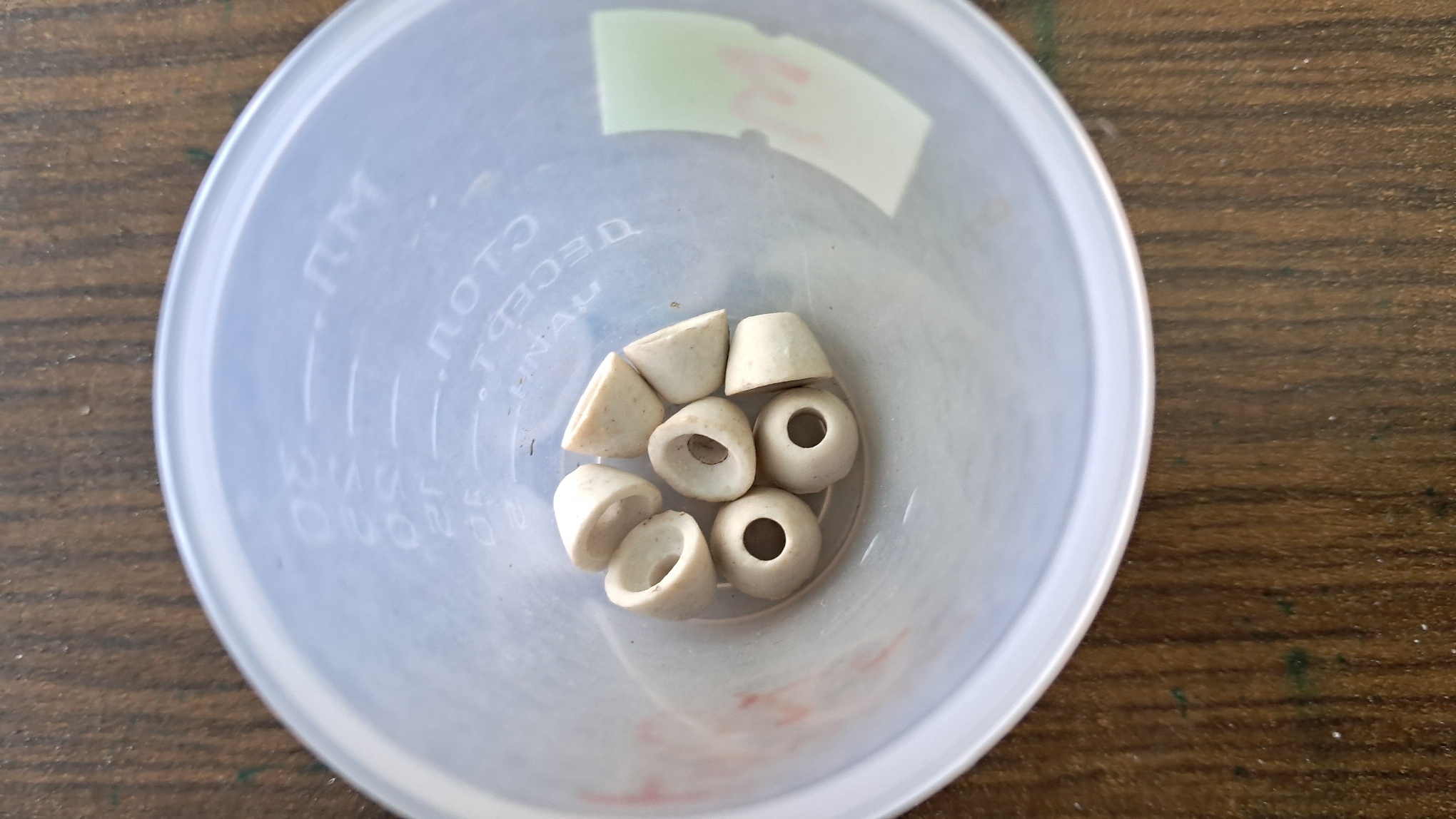
|
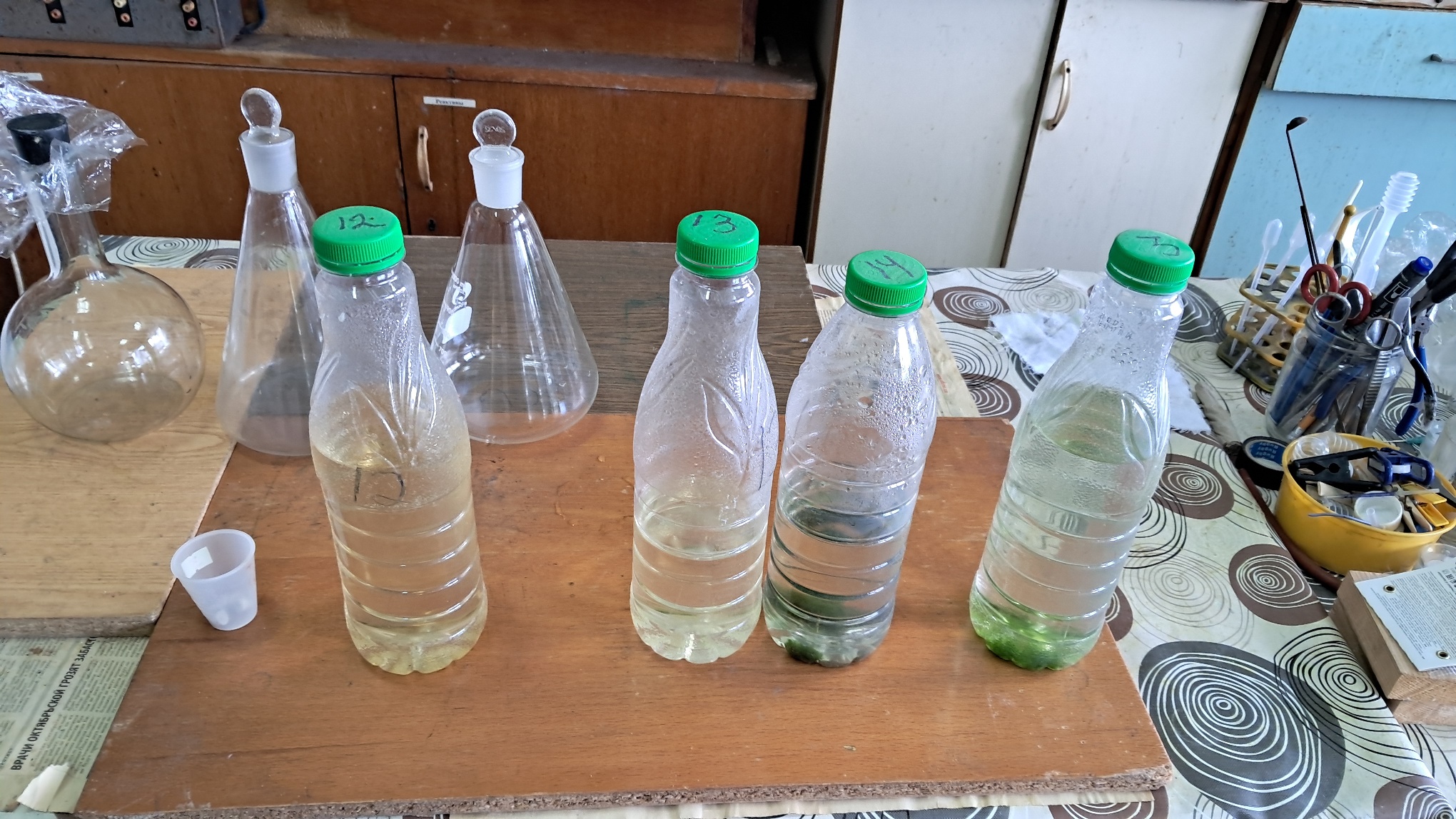
|
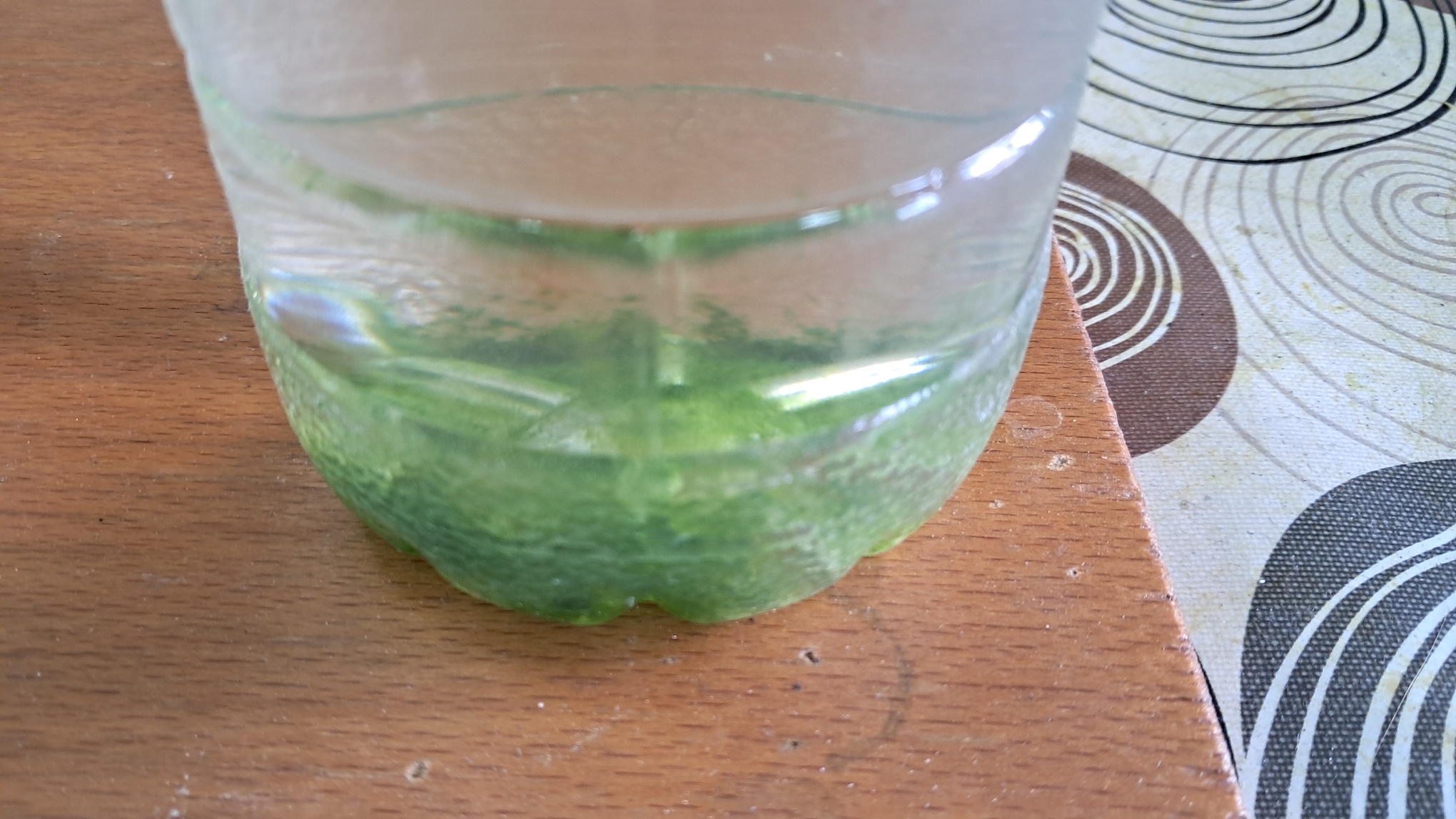
|
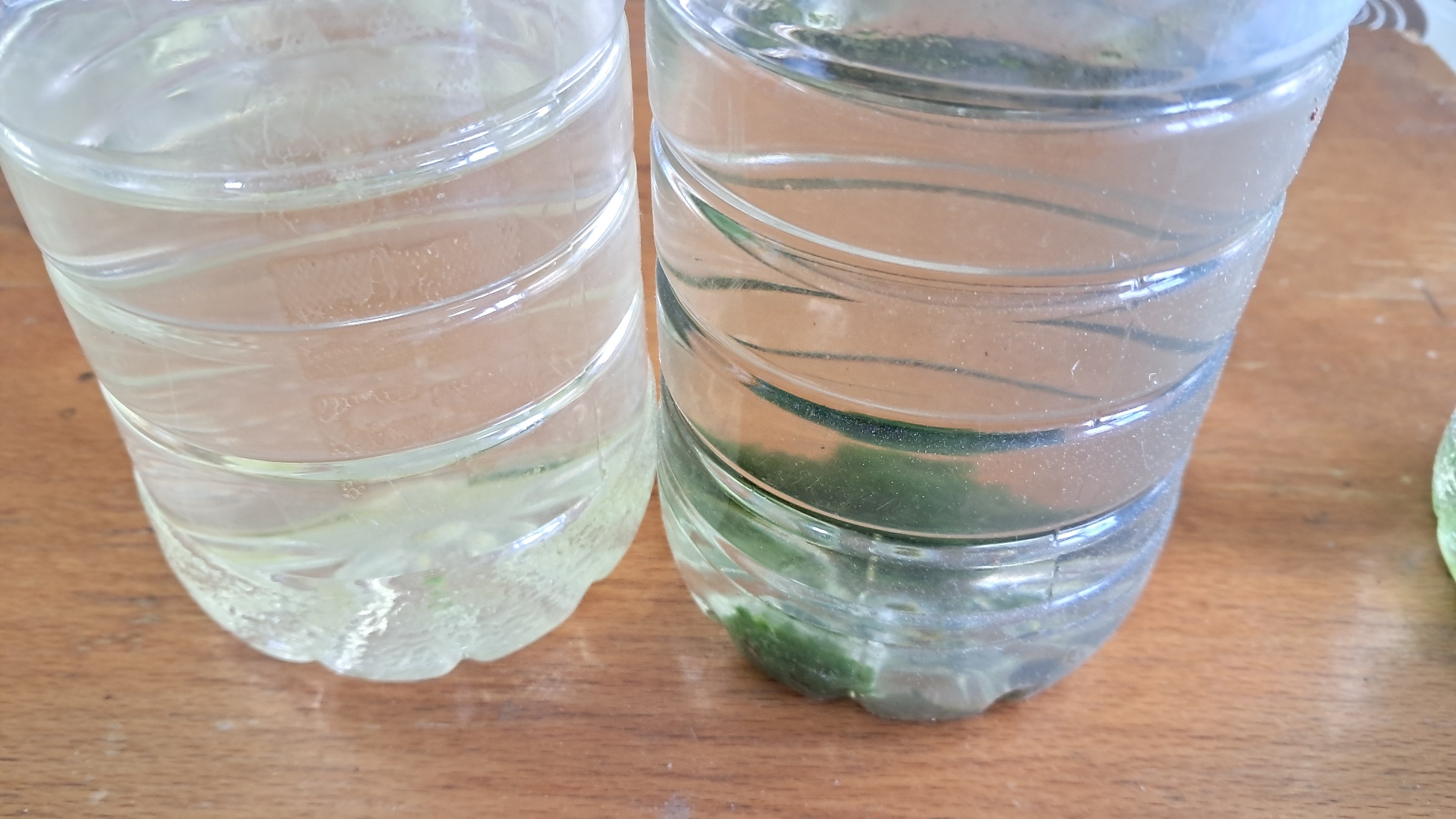
|
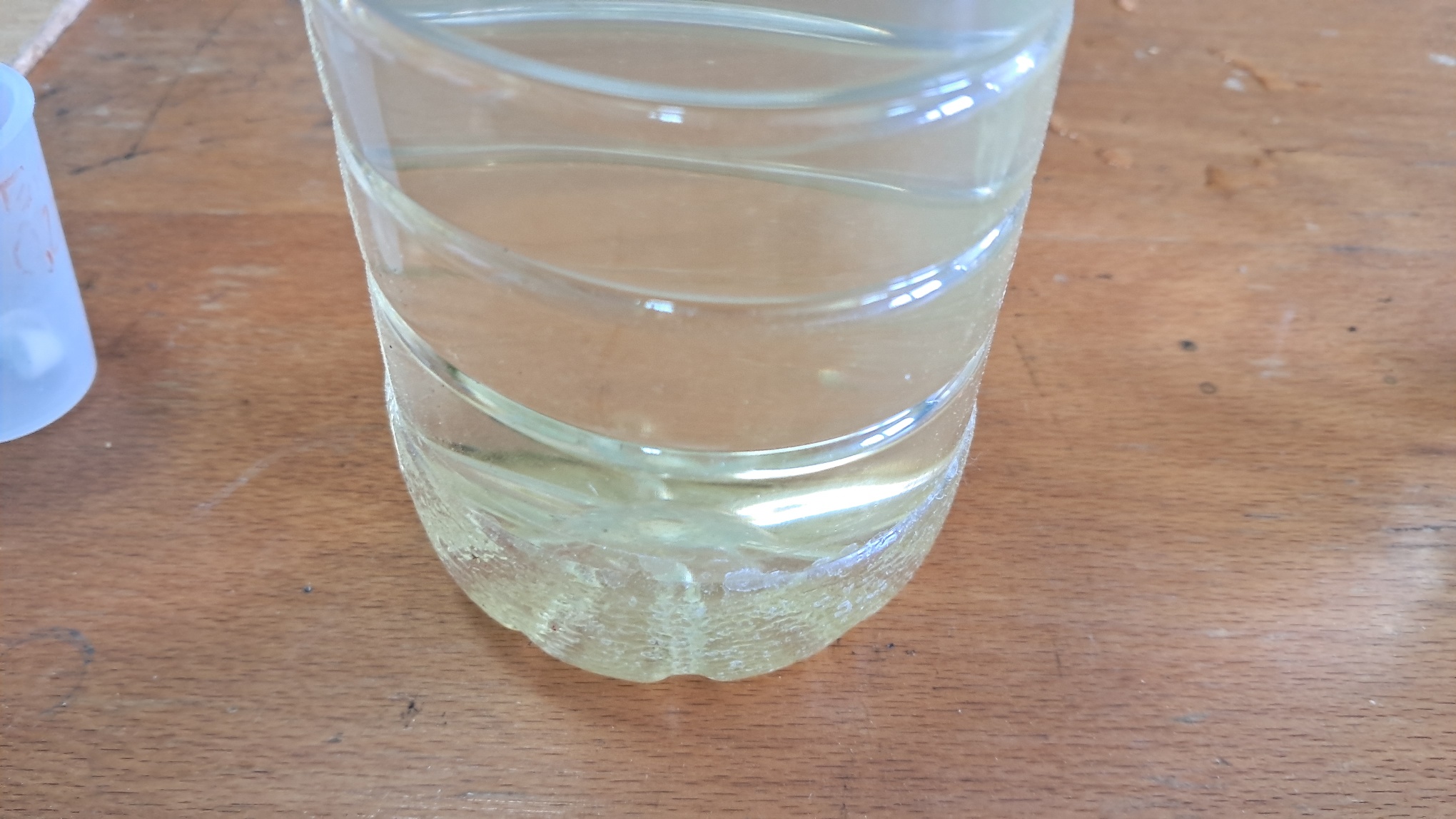
|
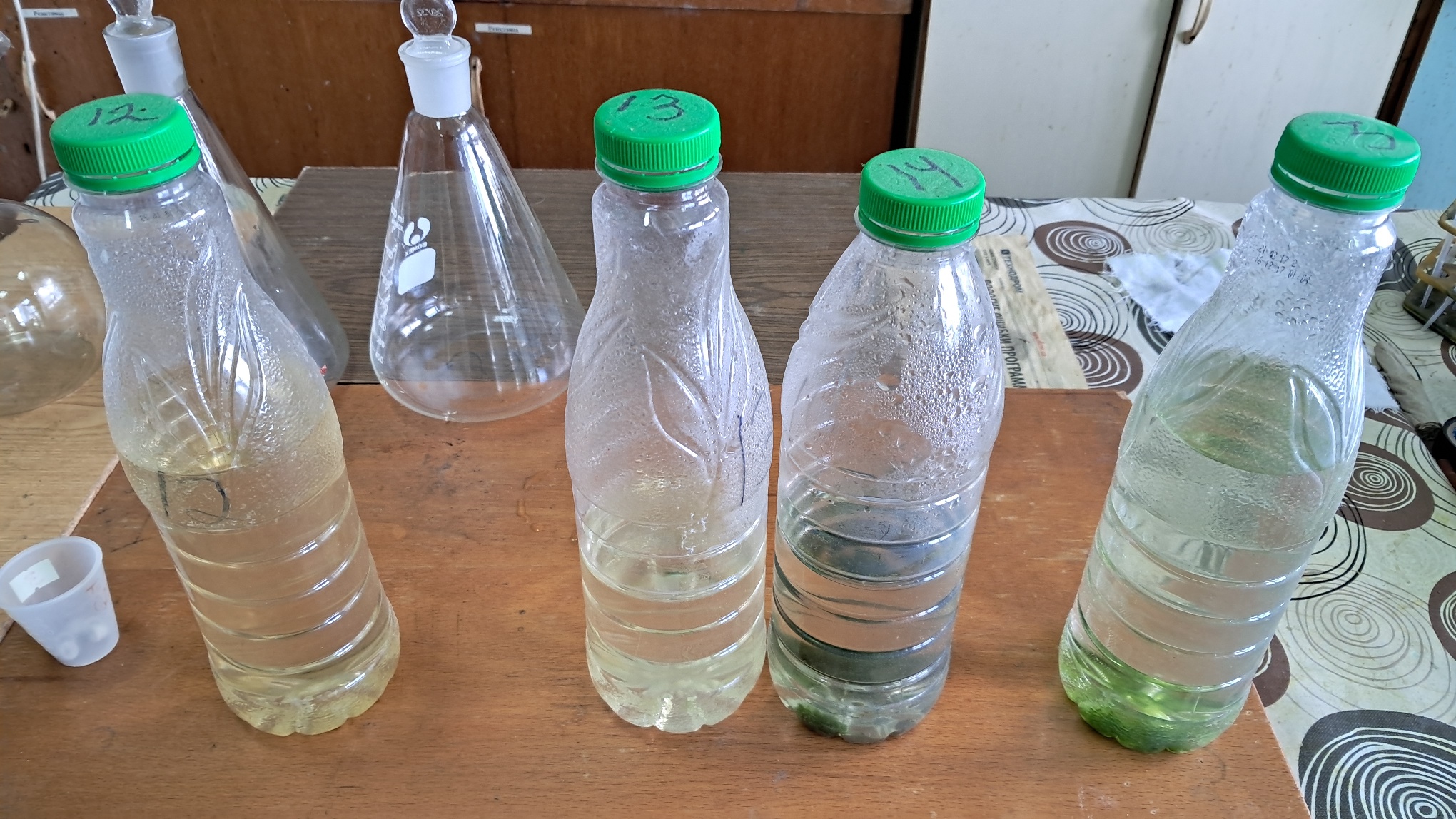
|
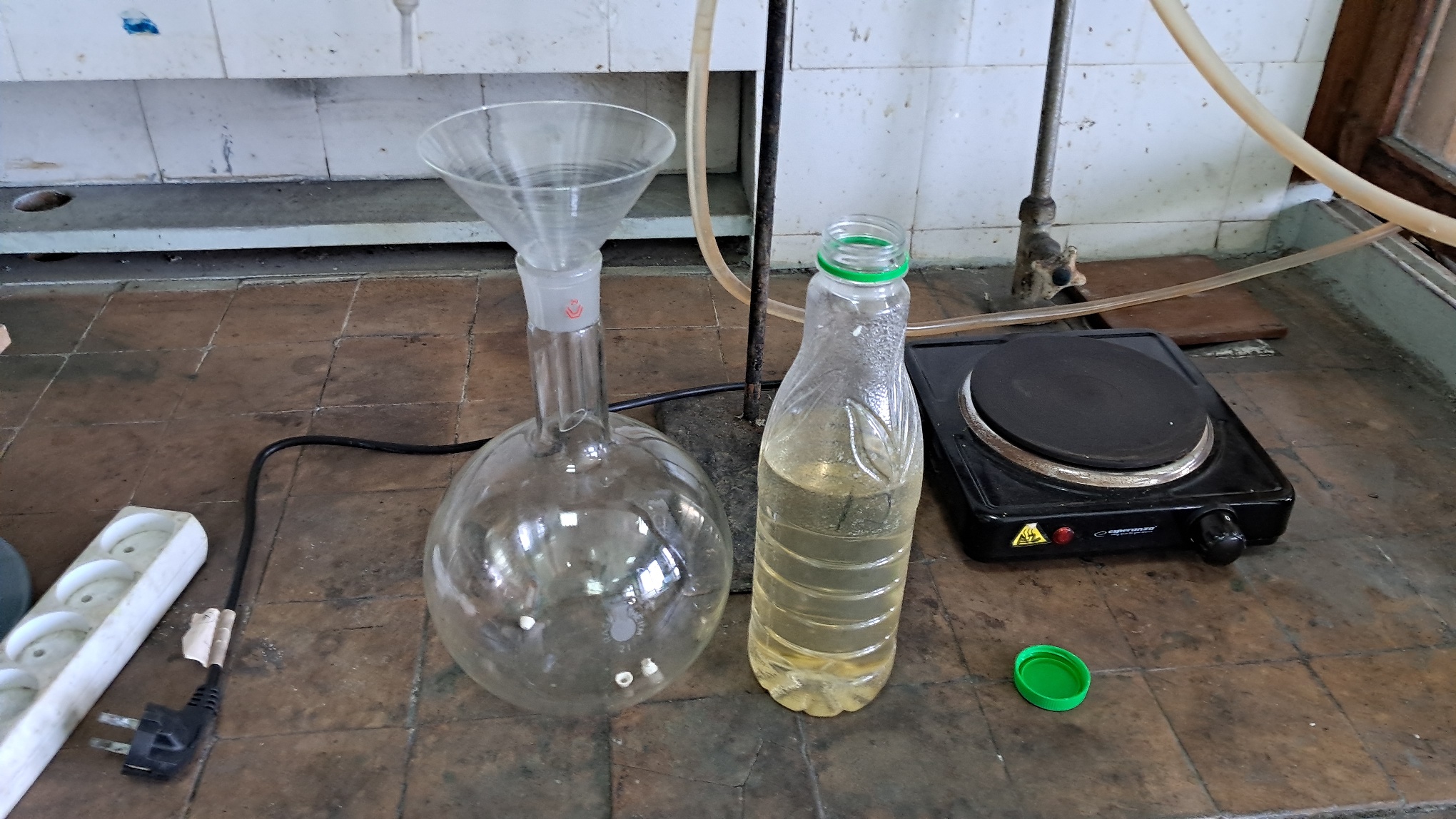
|
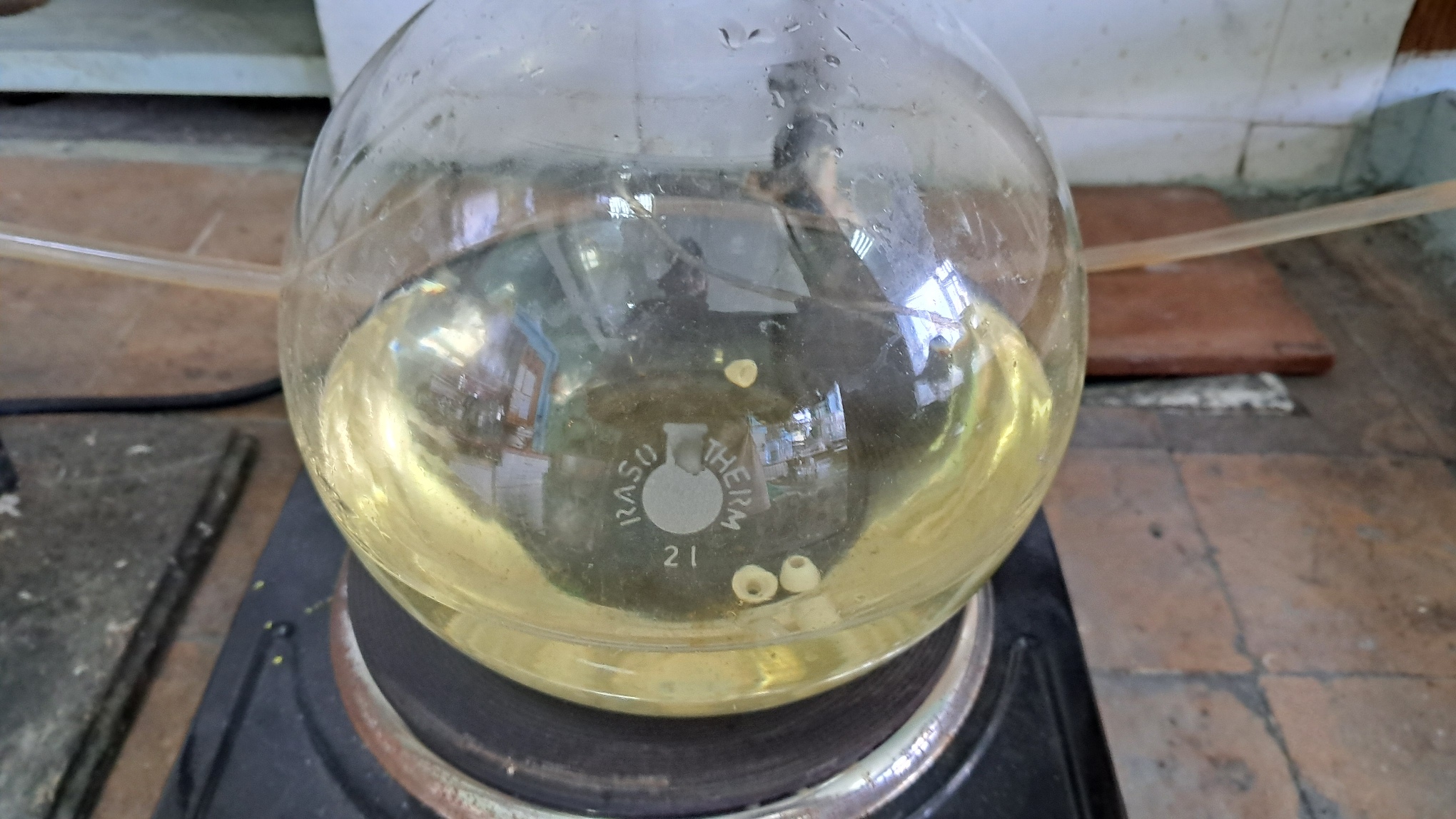
|
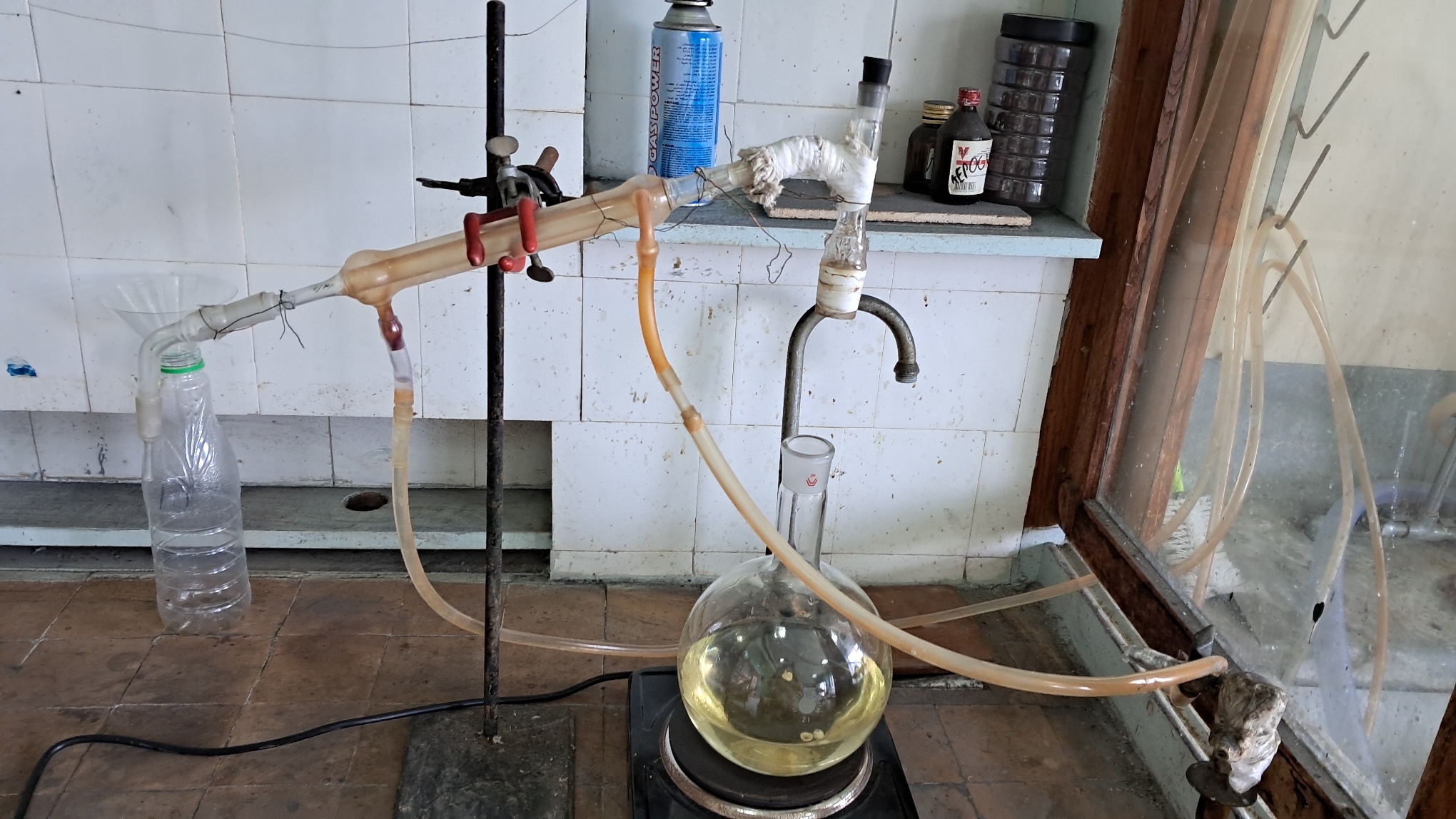
|
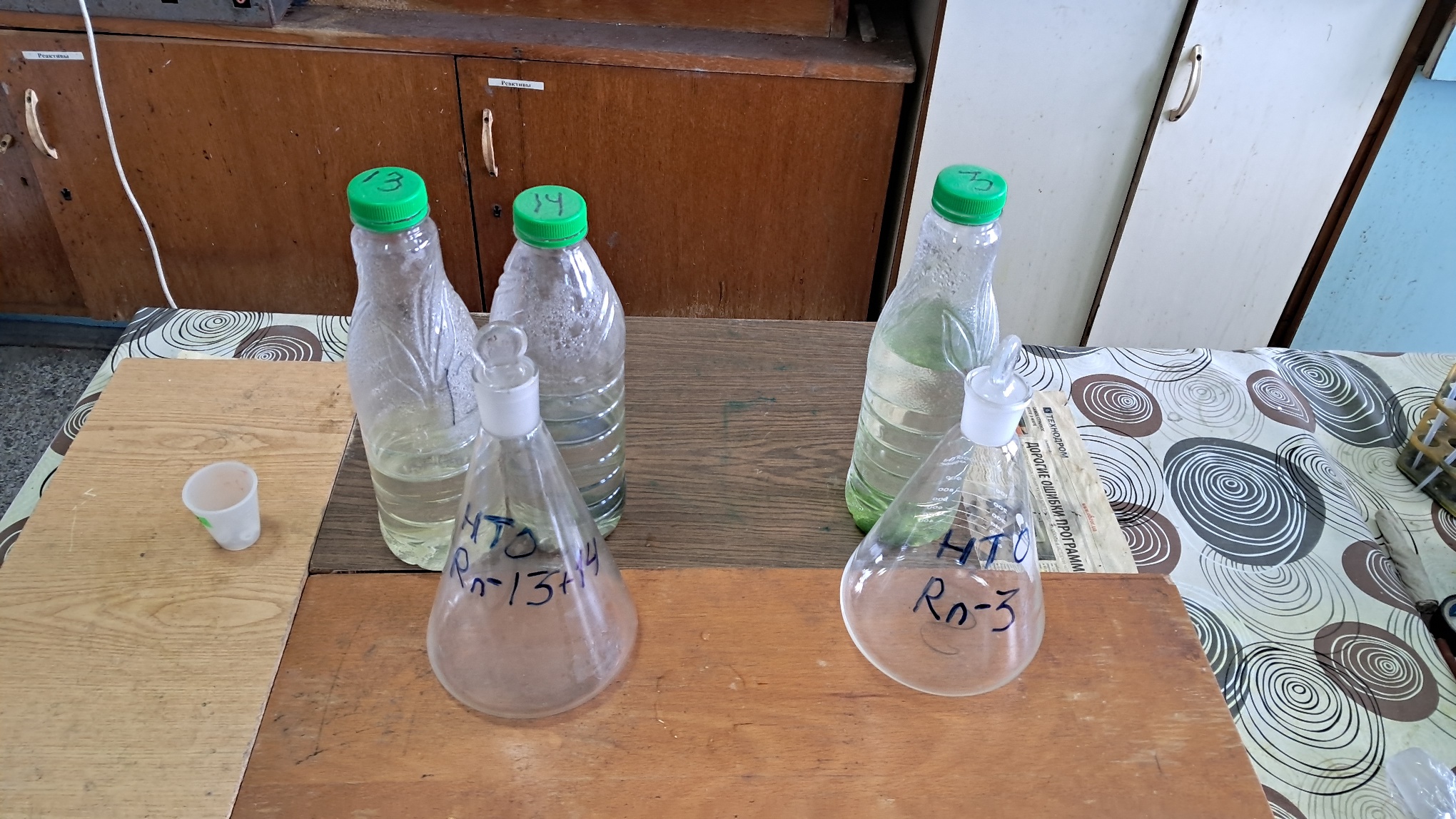
|
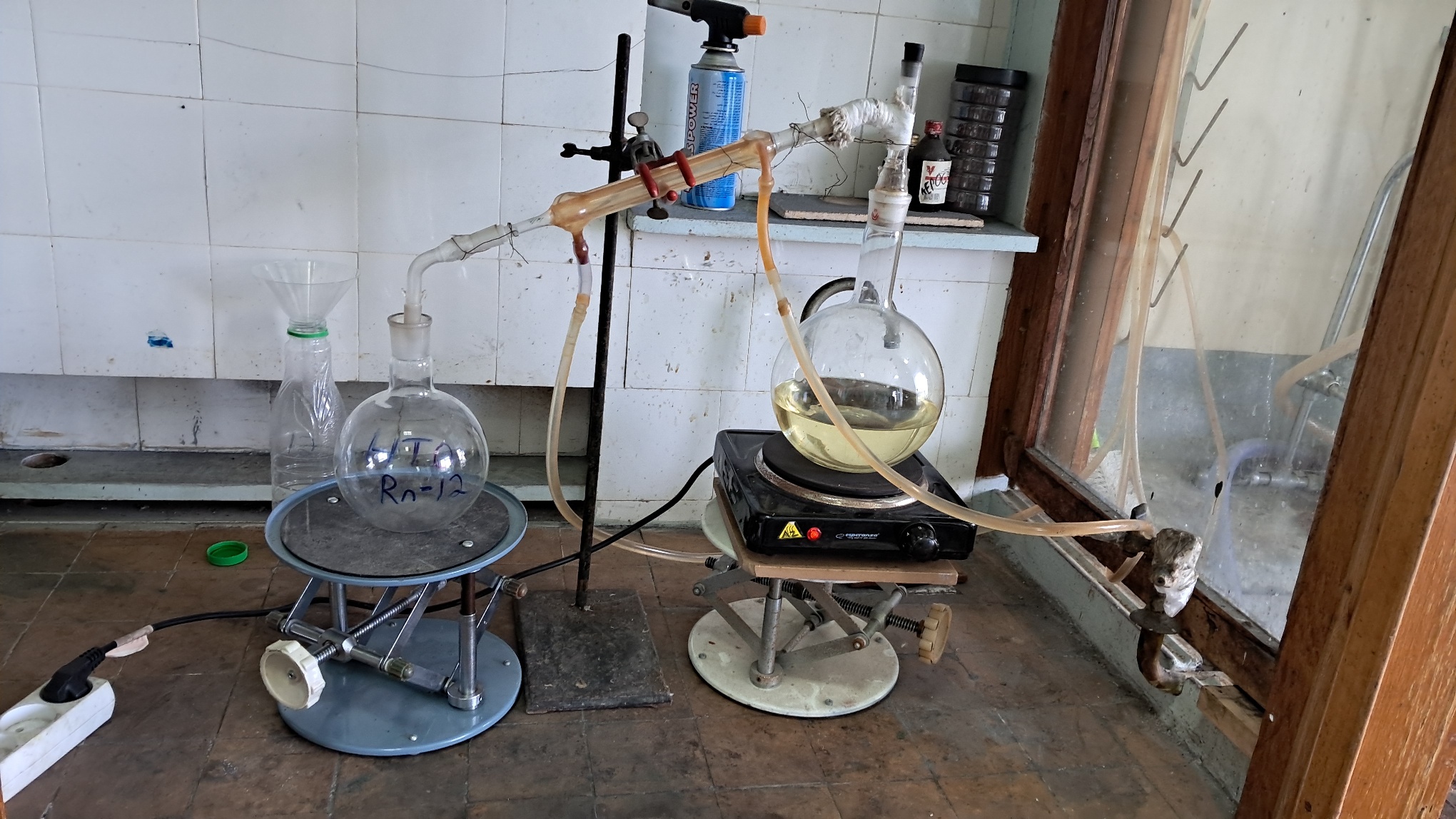
|
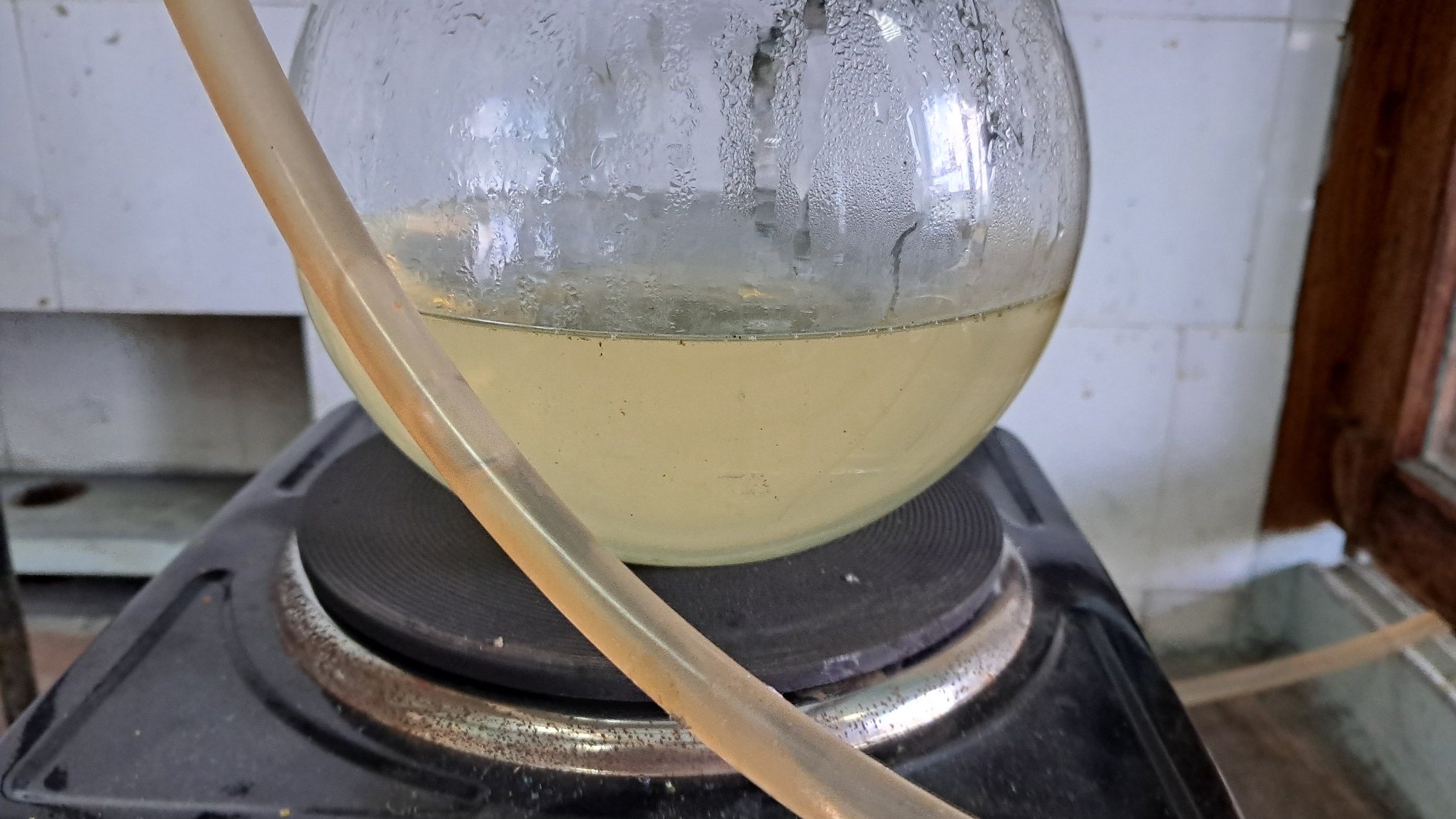
|
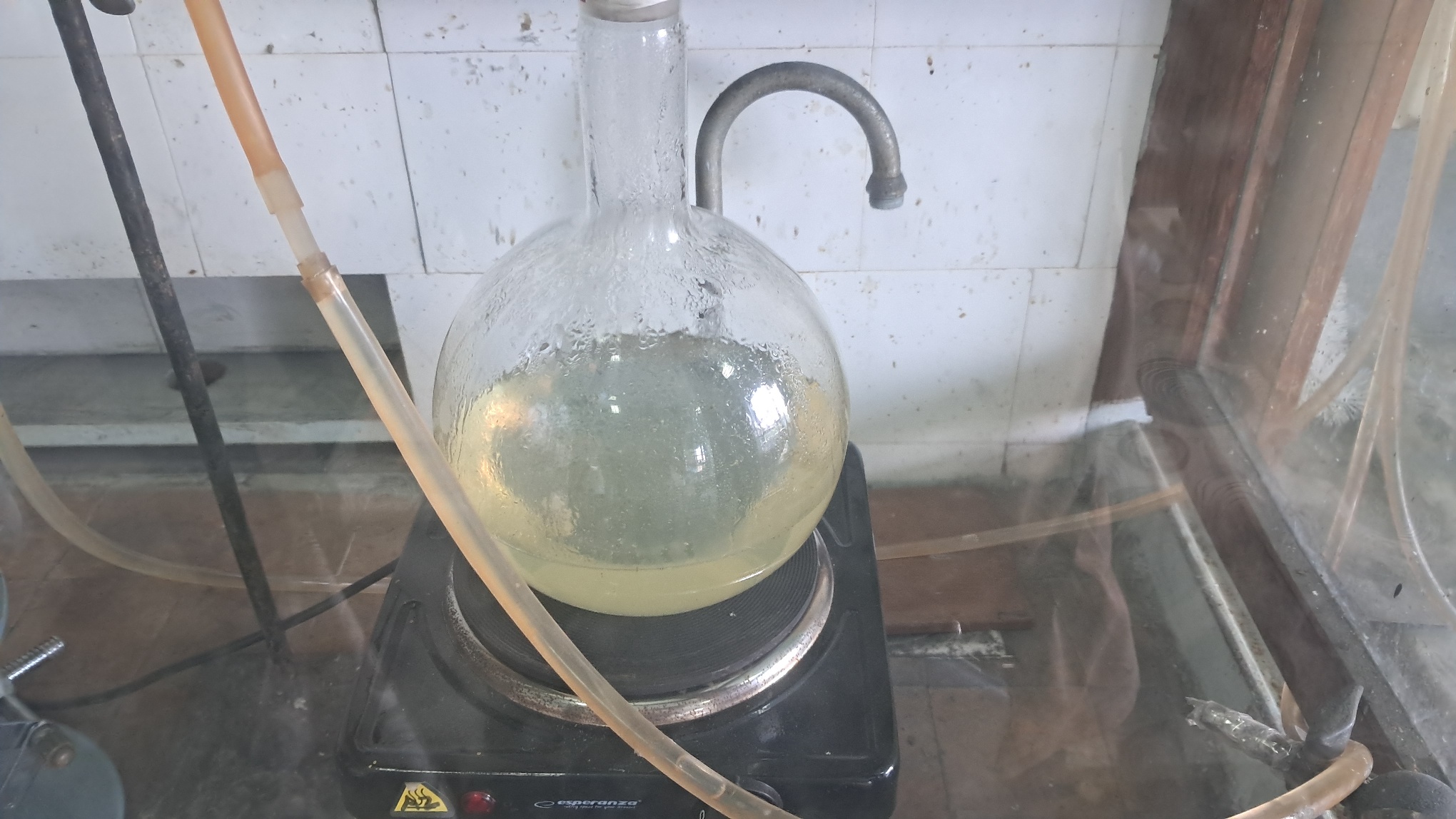
|
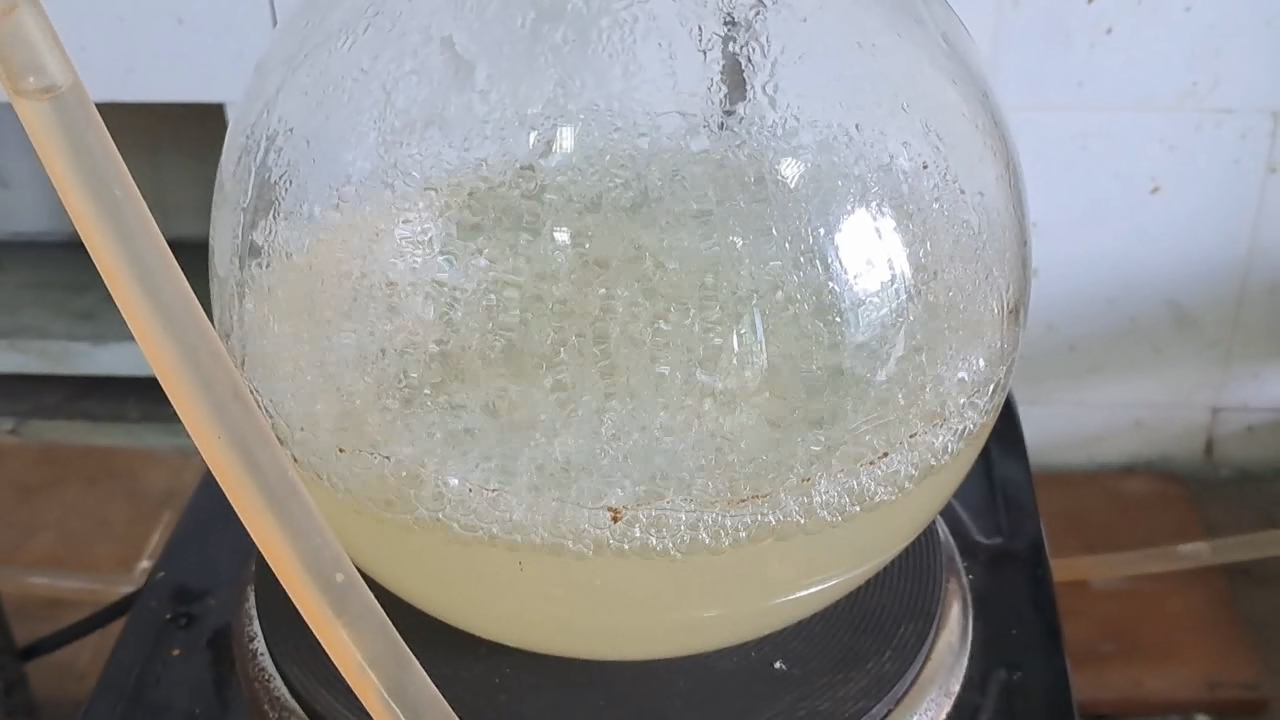
|
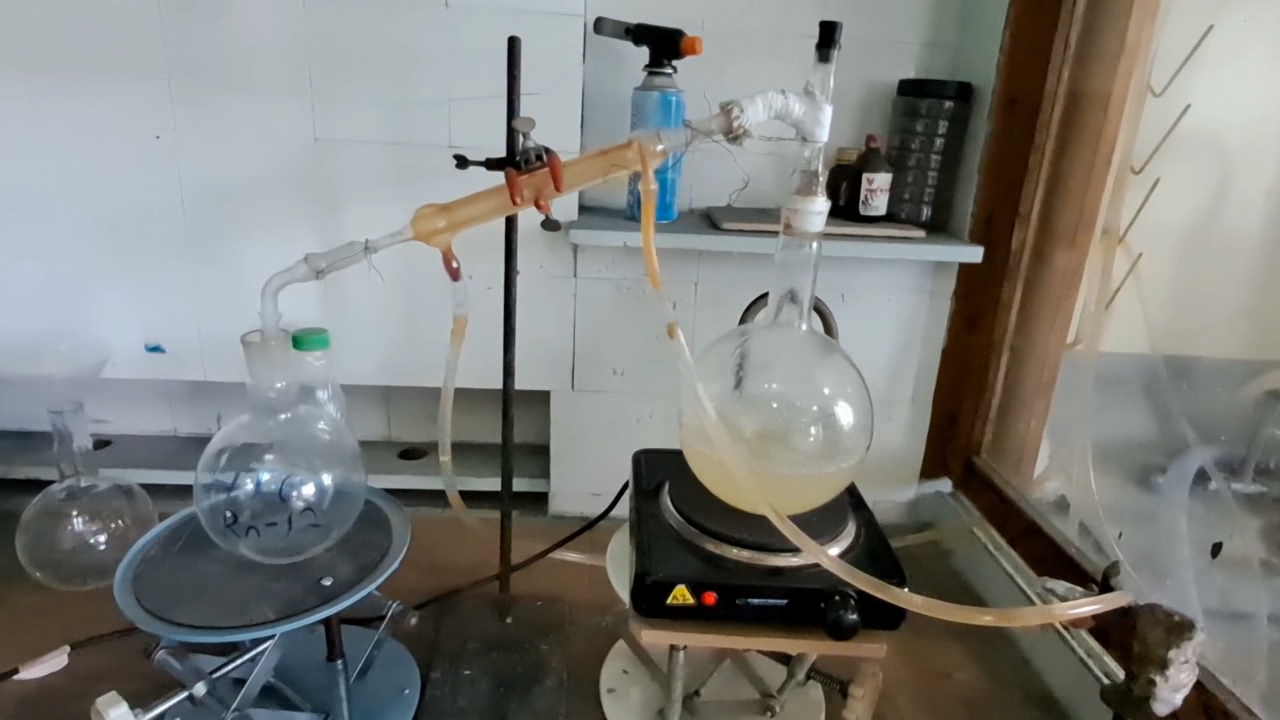
|
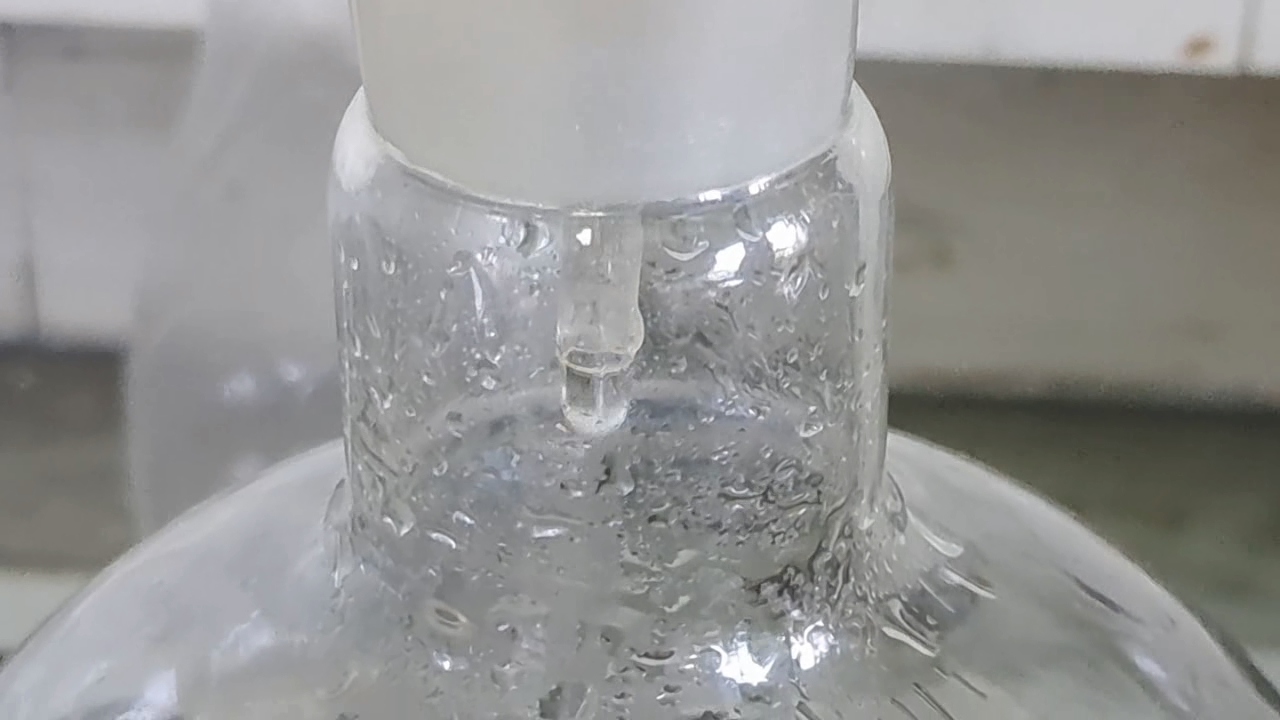
|
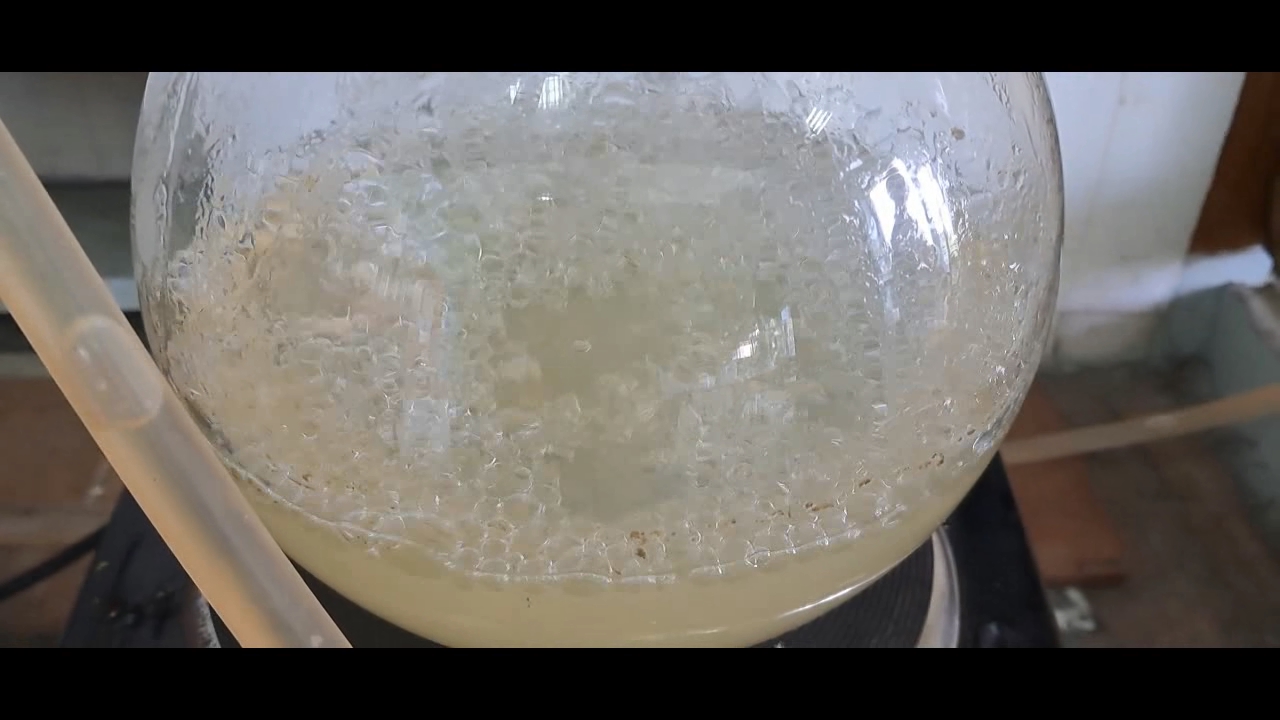
|
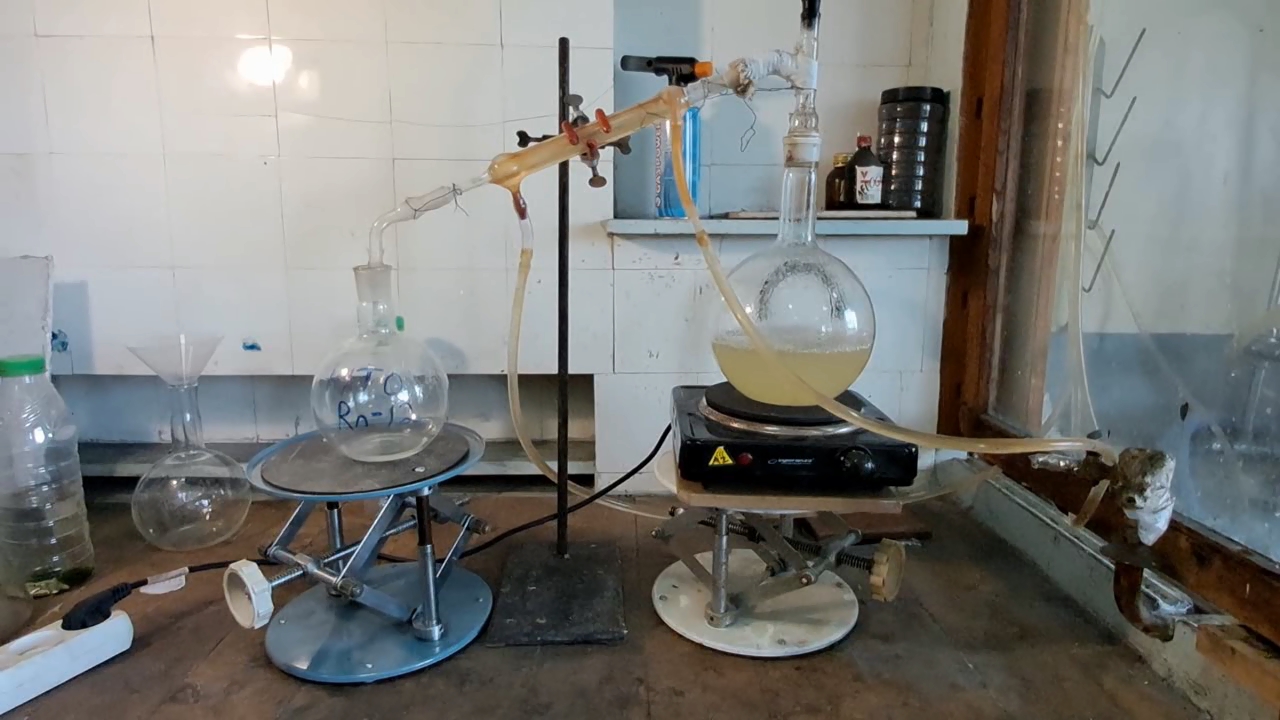
|
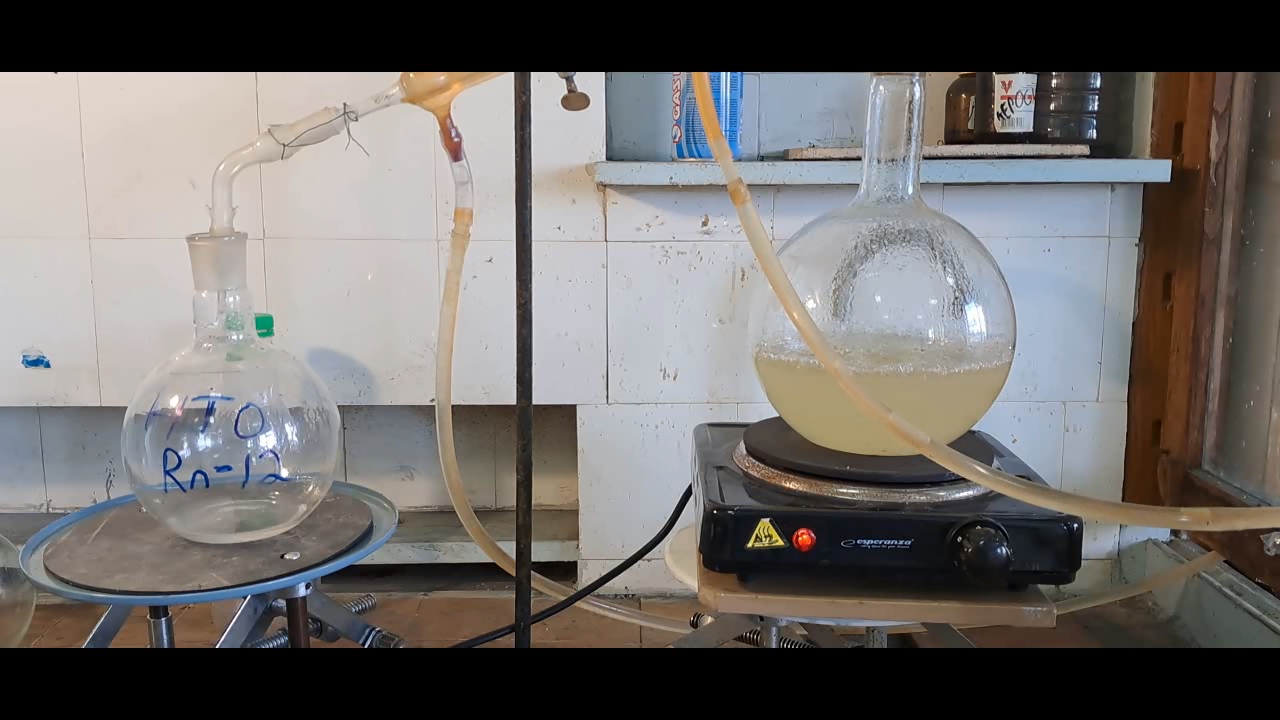
|
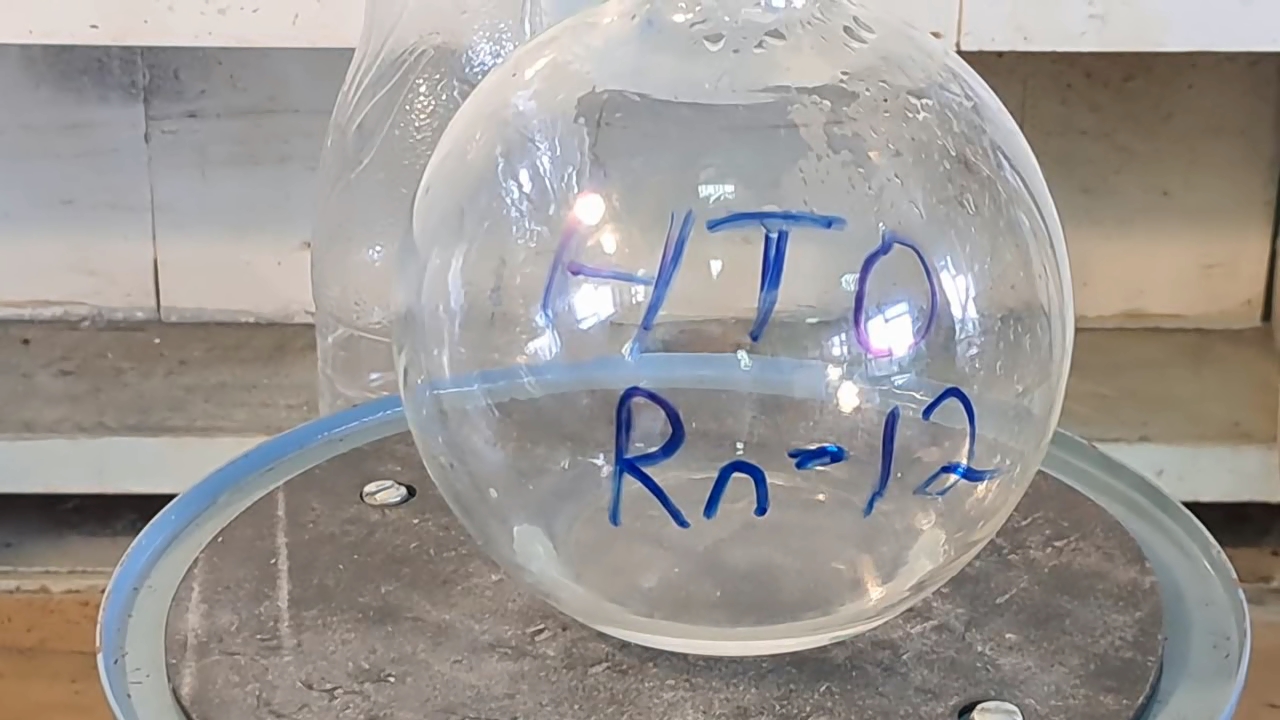
|
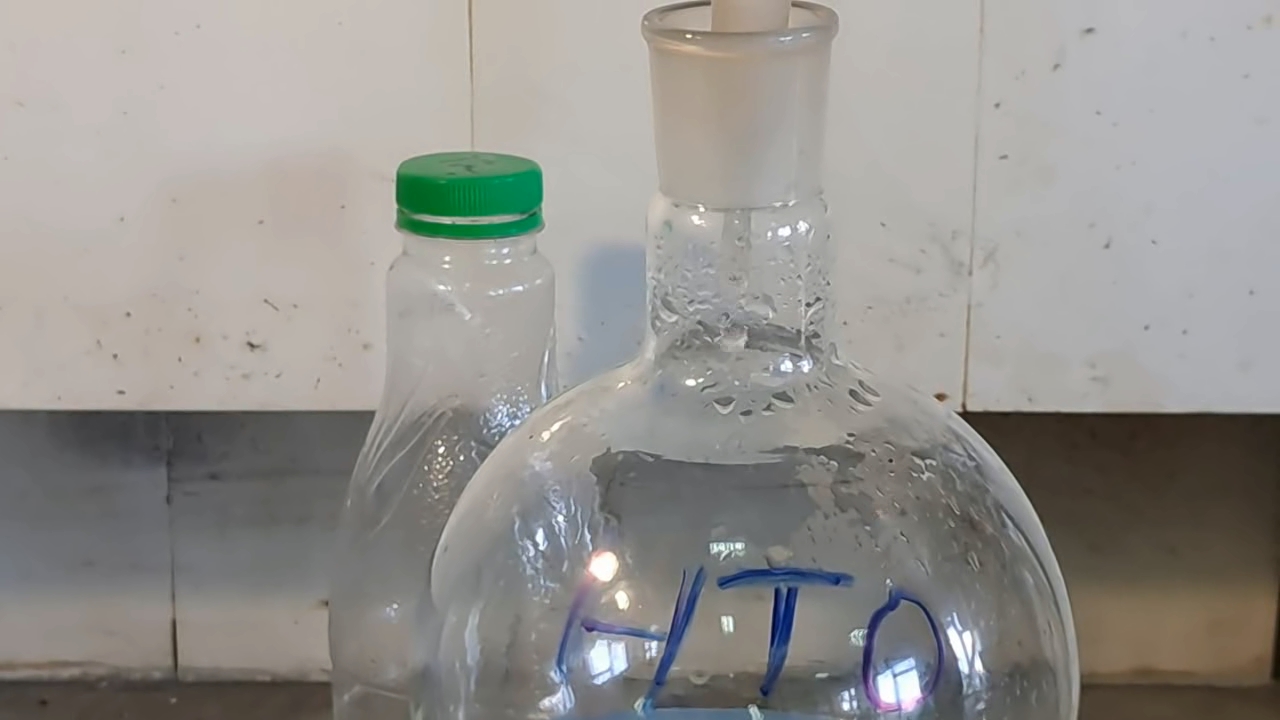
|
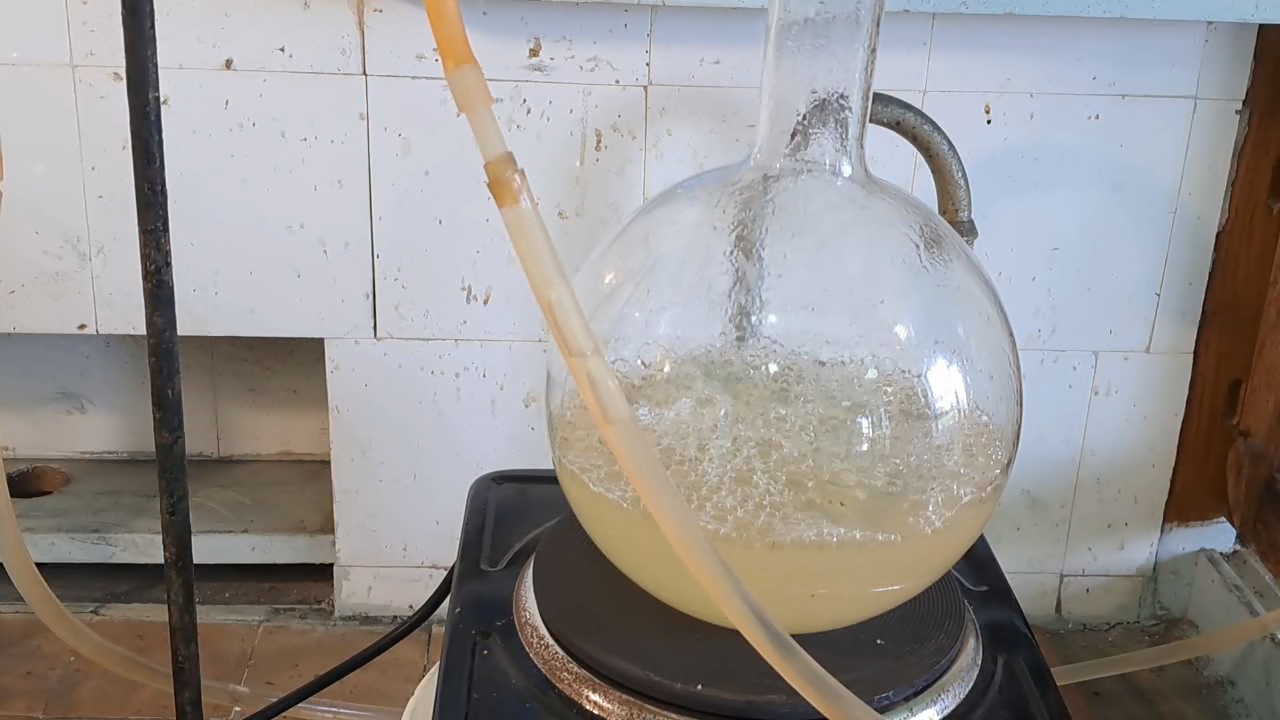
|
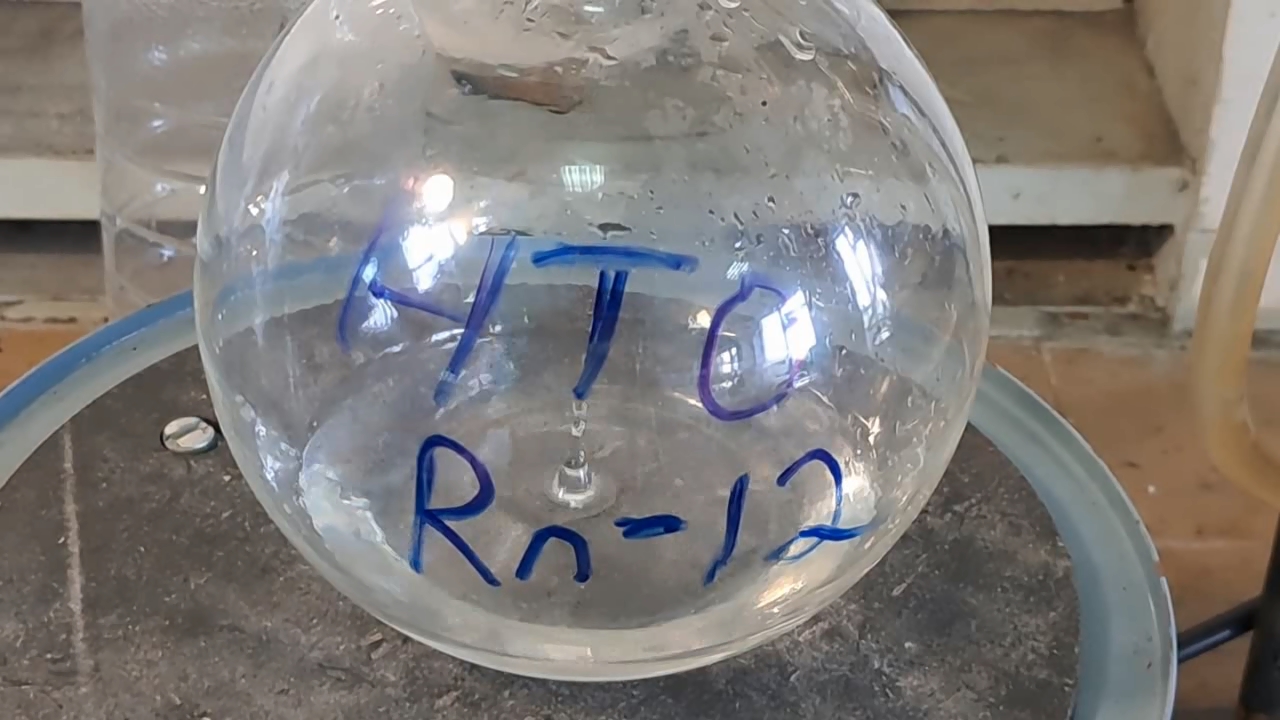
|
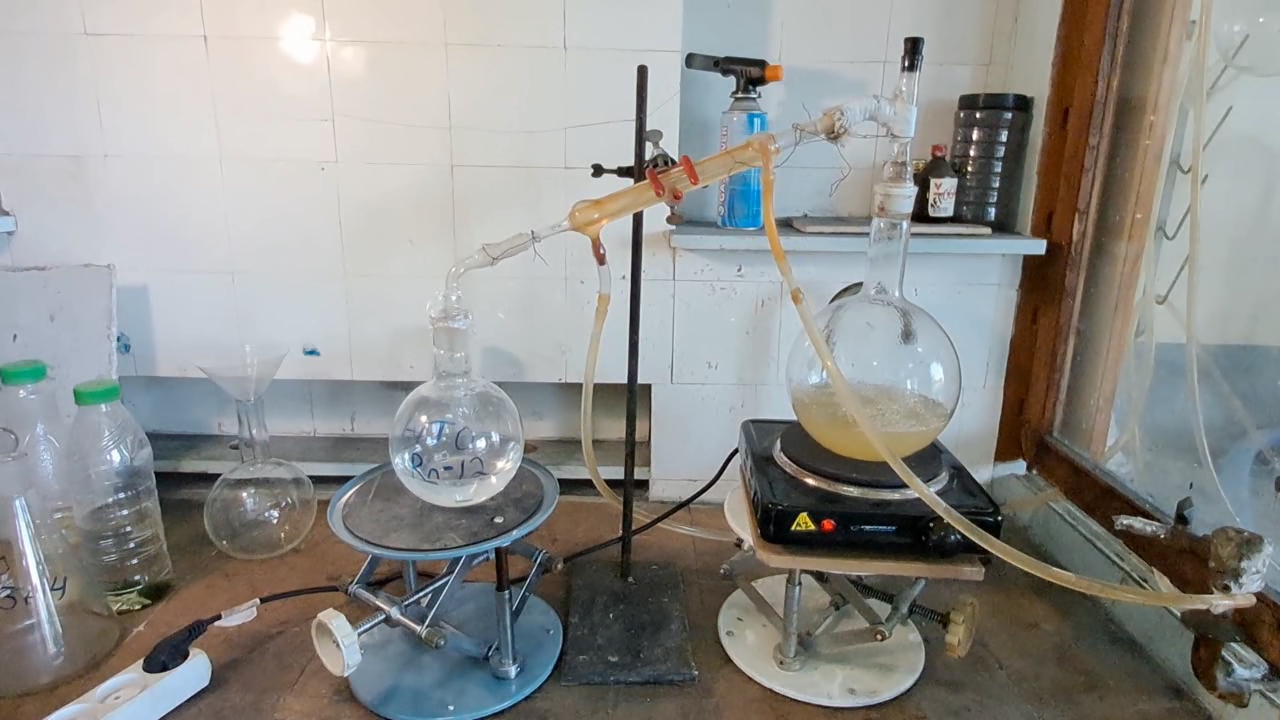
|
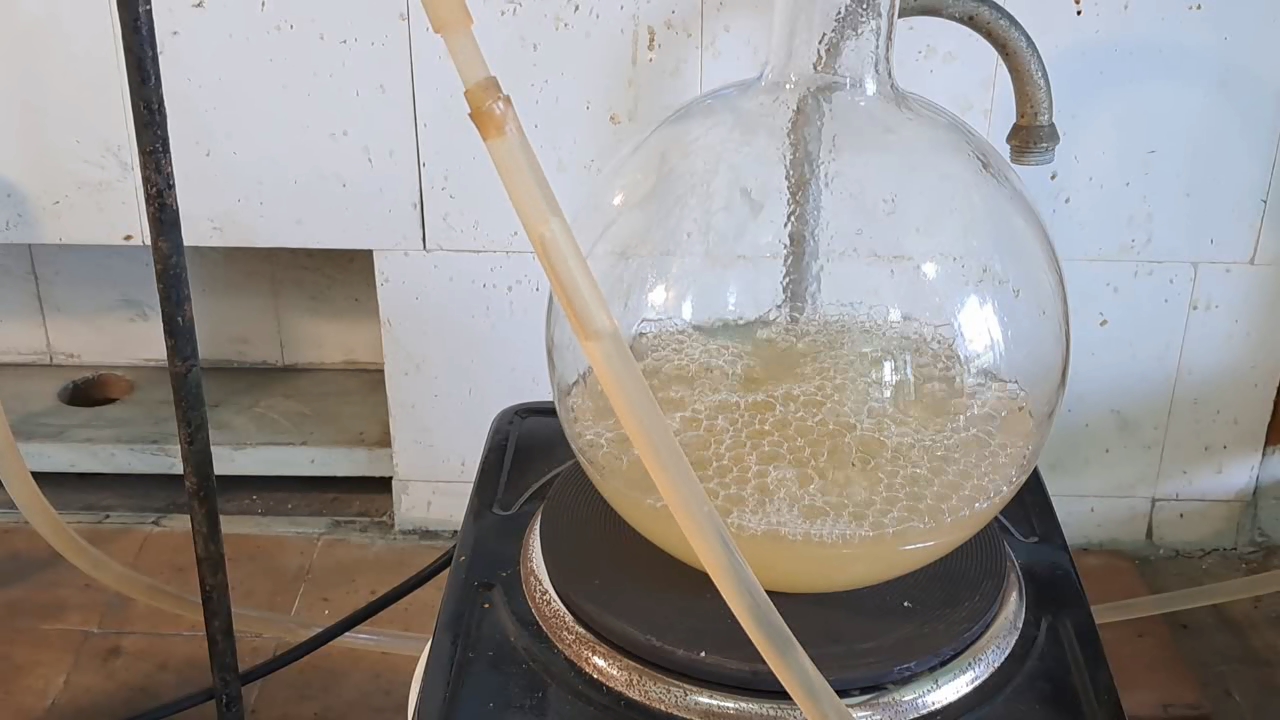
|
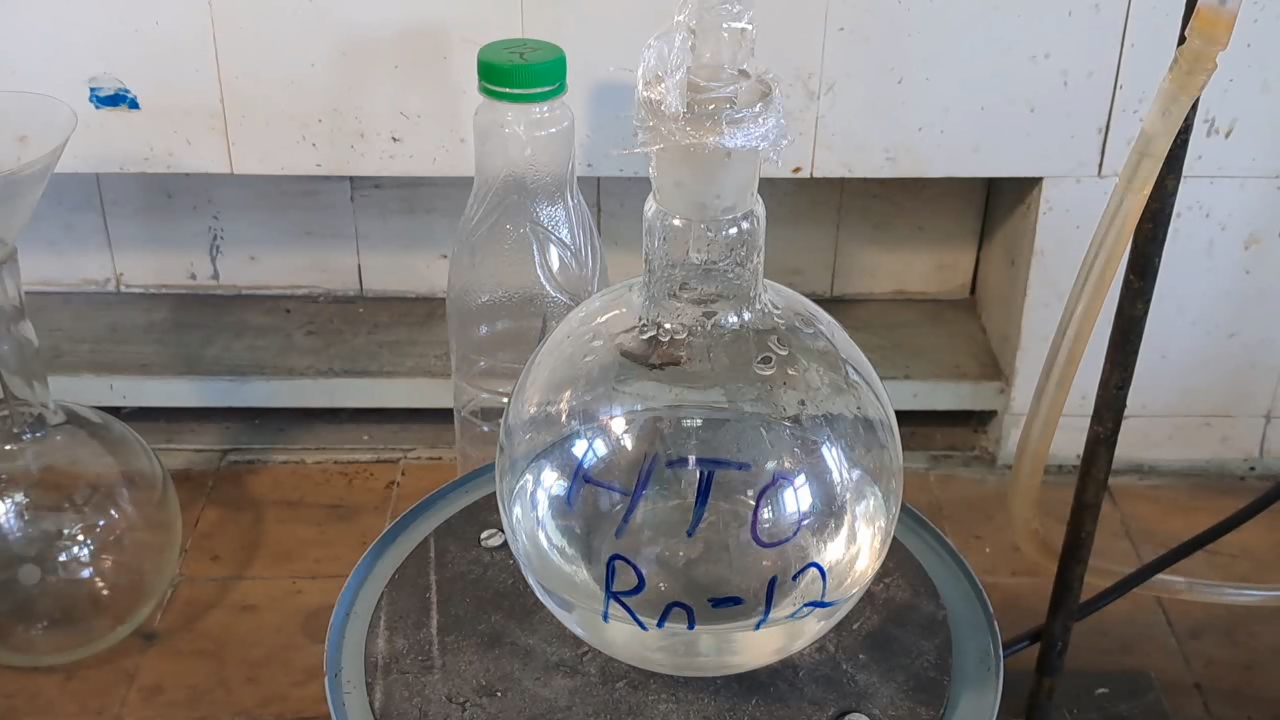
|
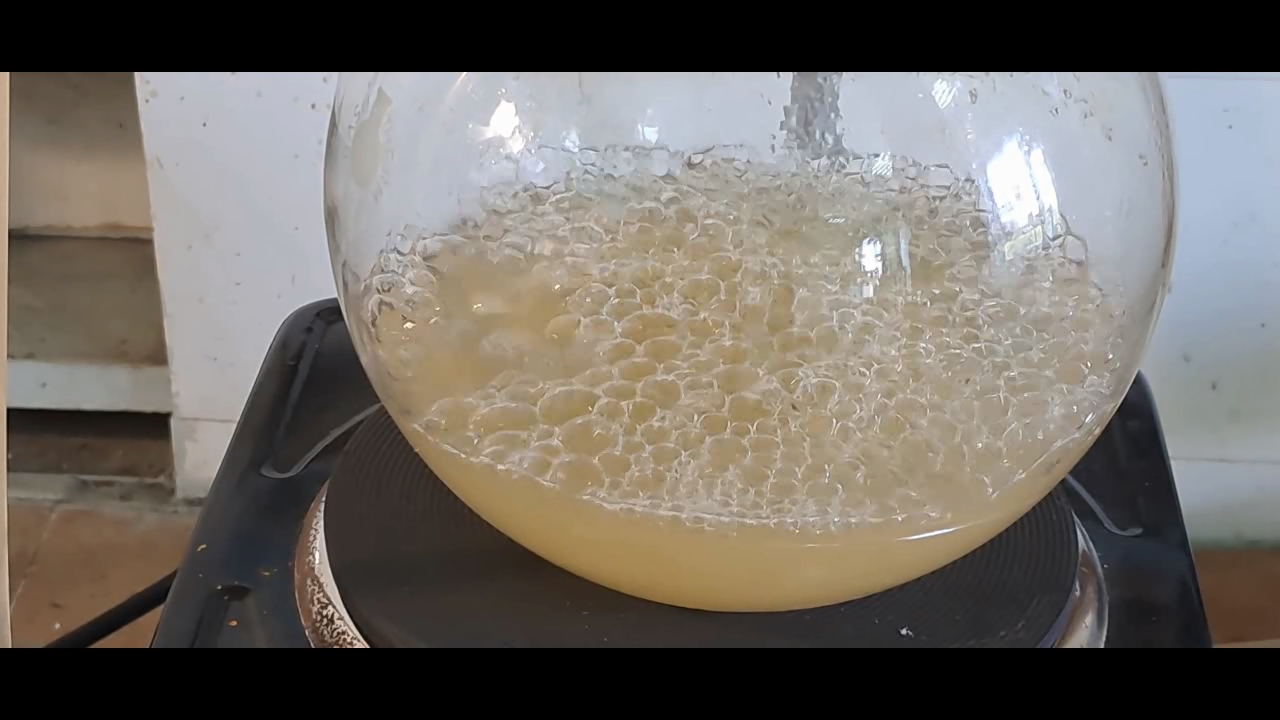
|
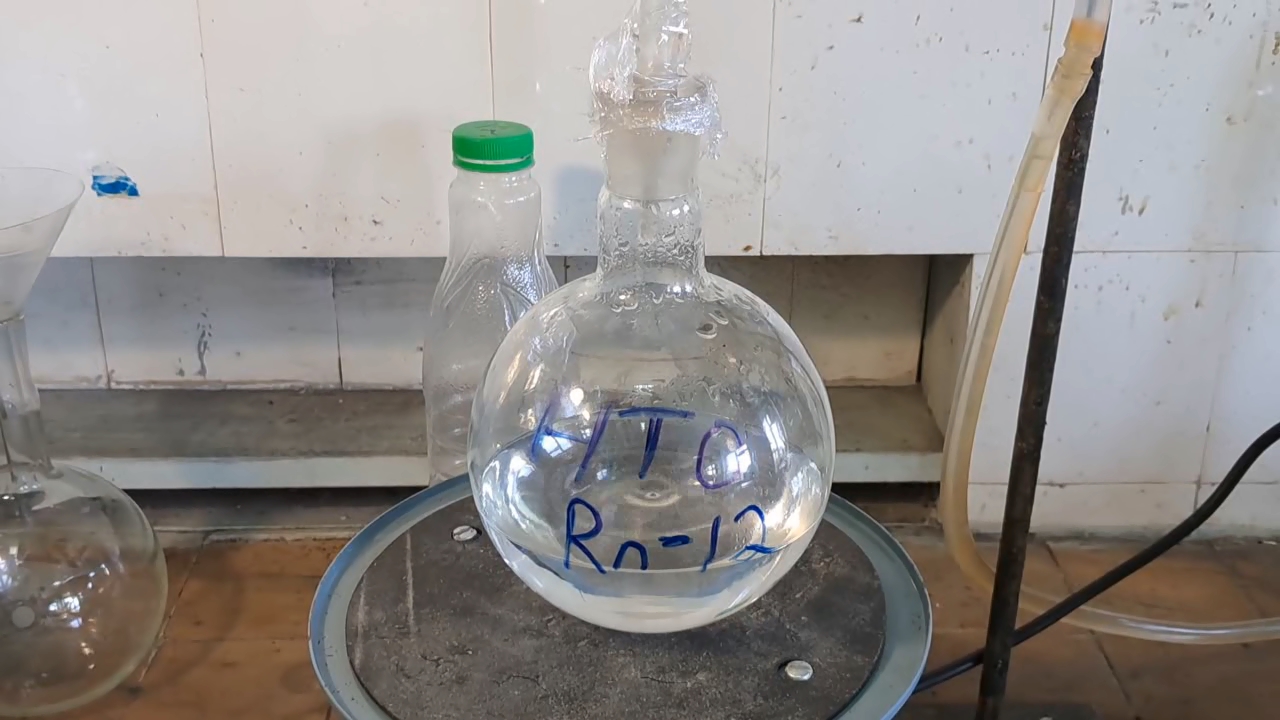
|
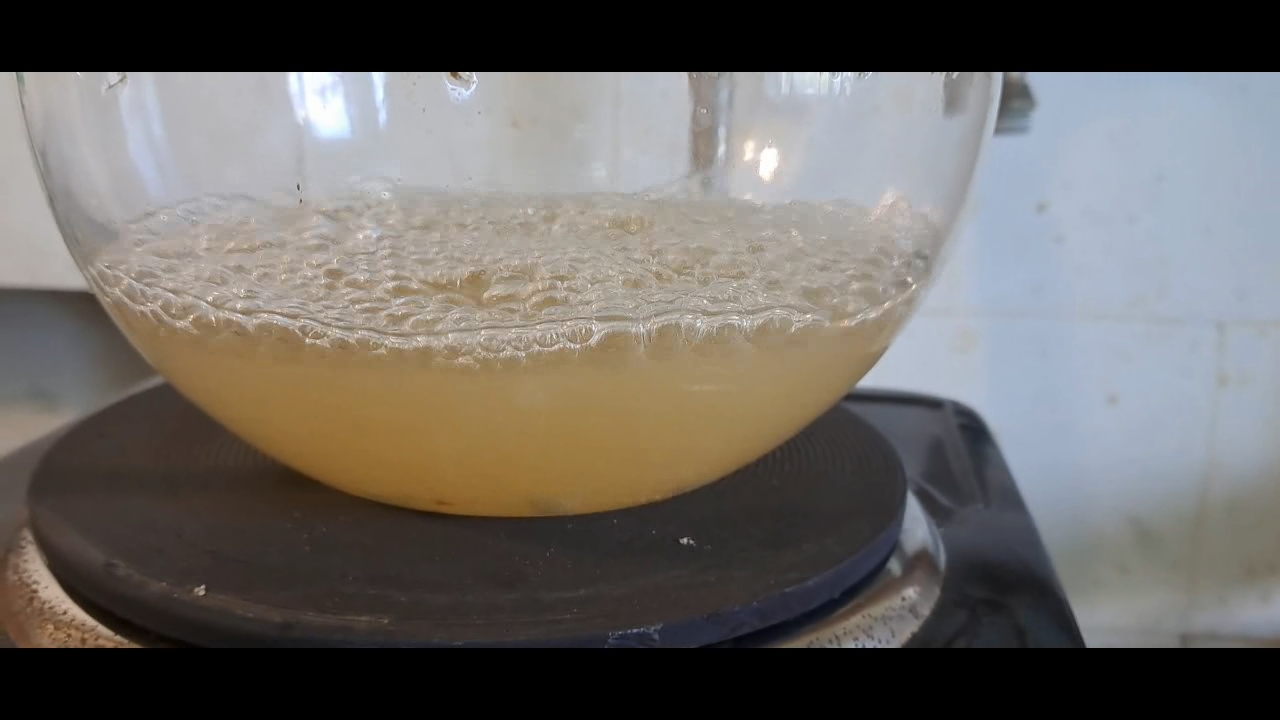
|
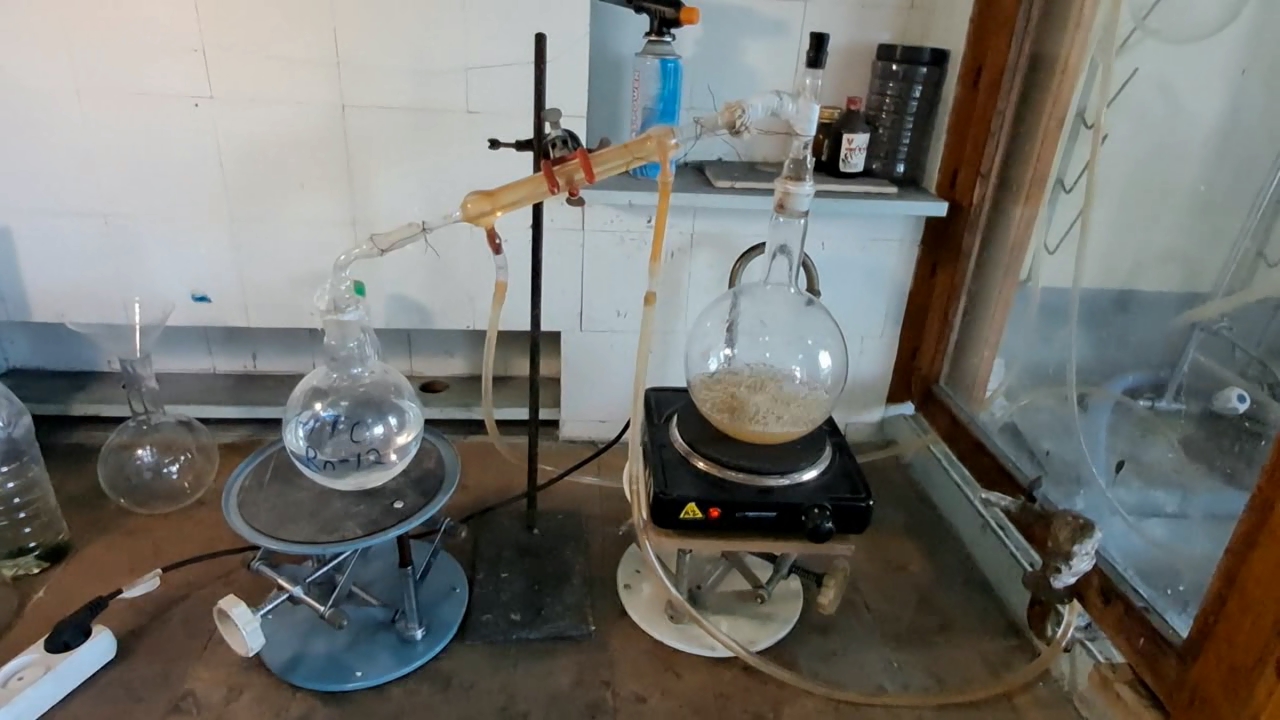
|
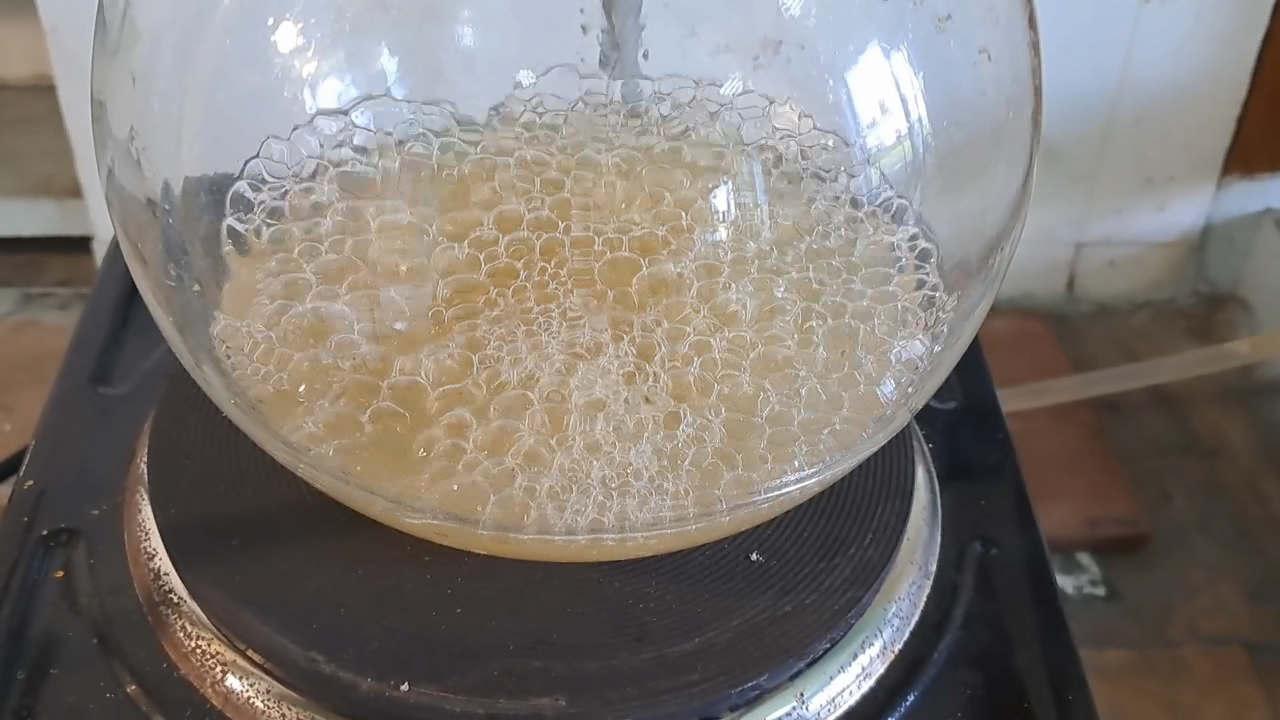
|
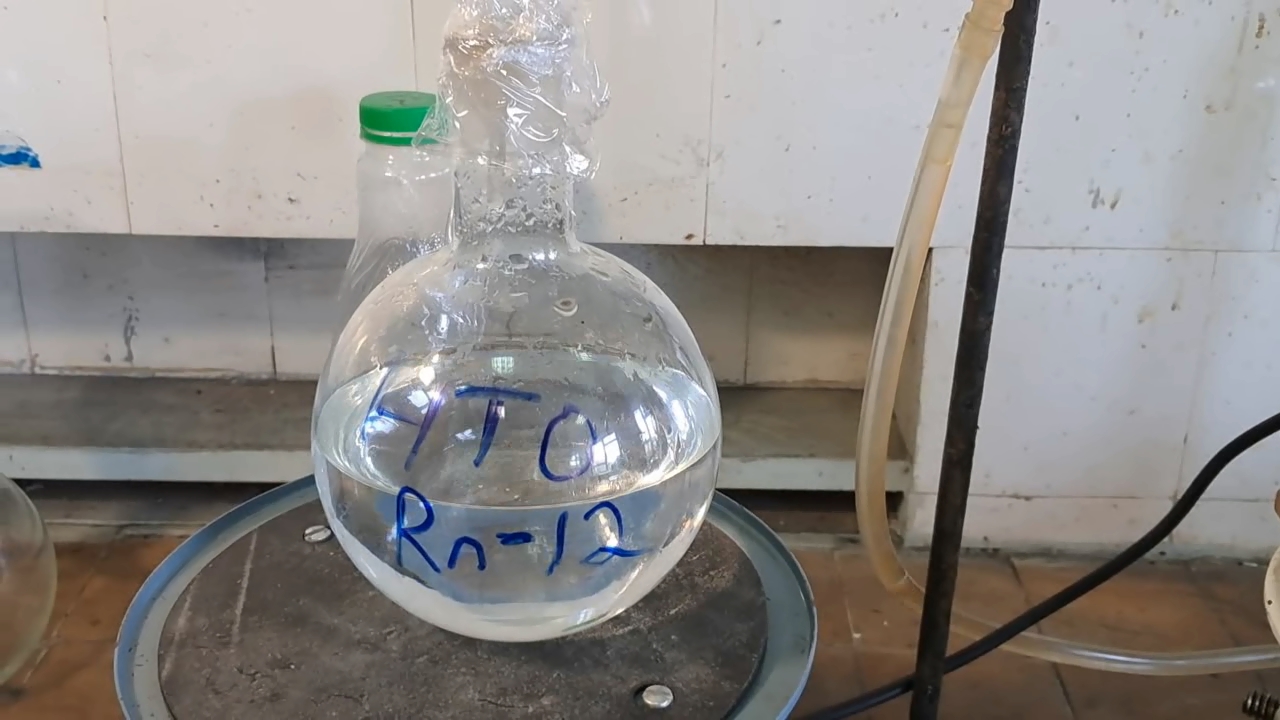
|
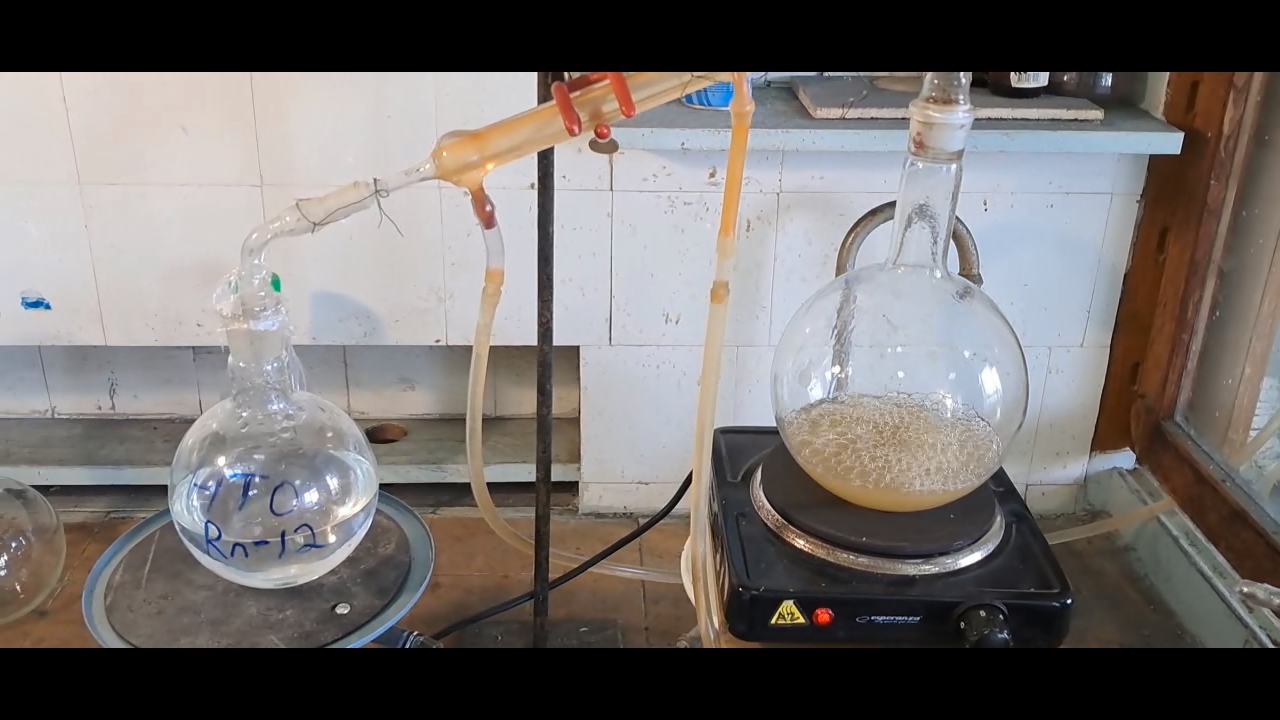
|
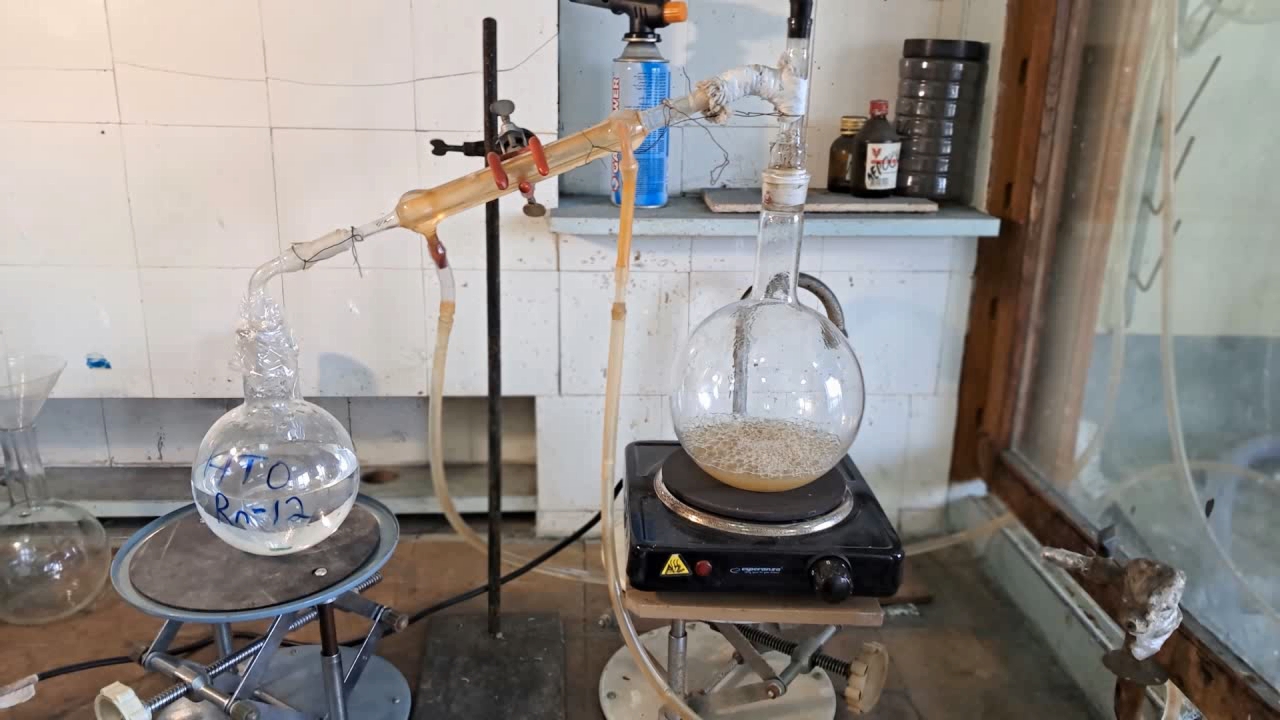
|
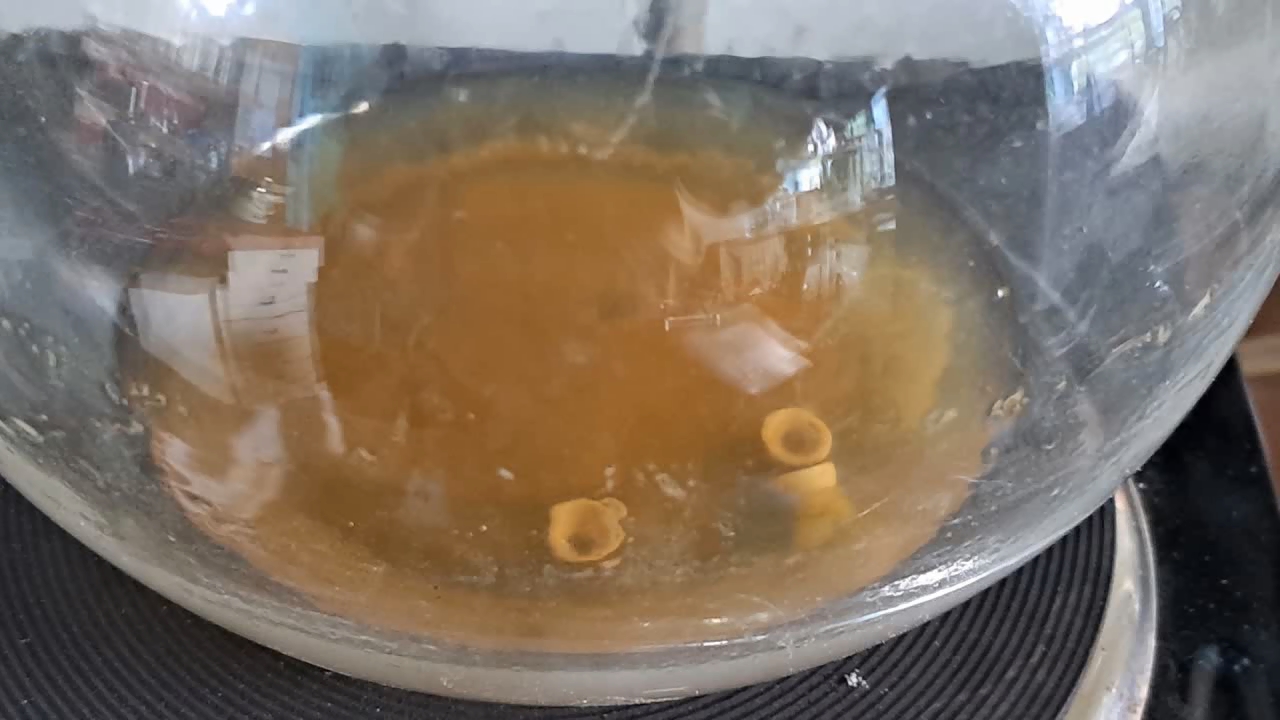
|
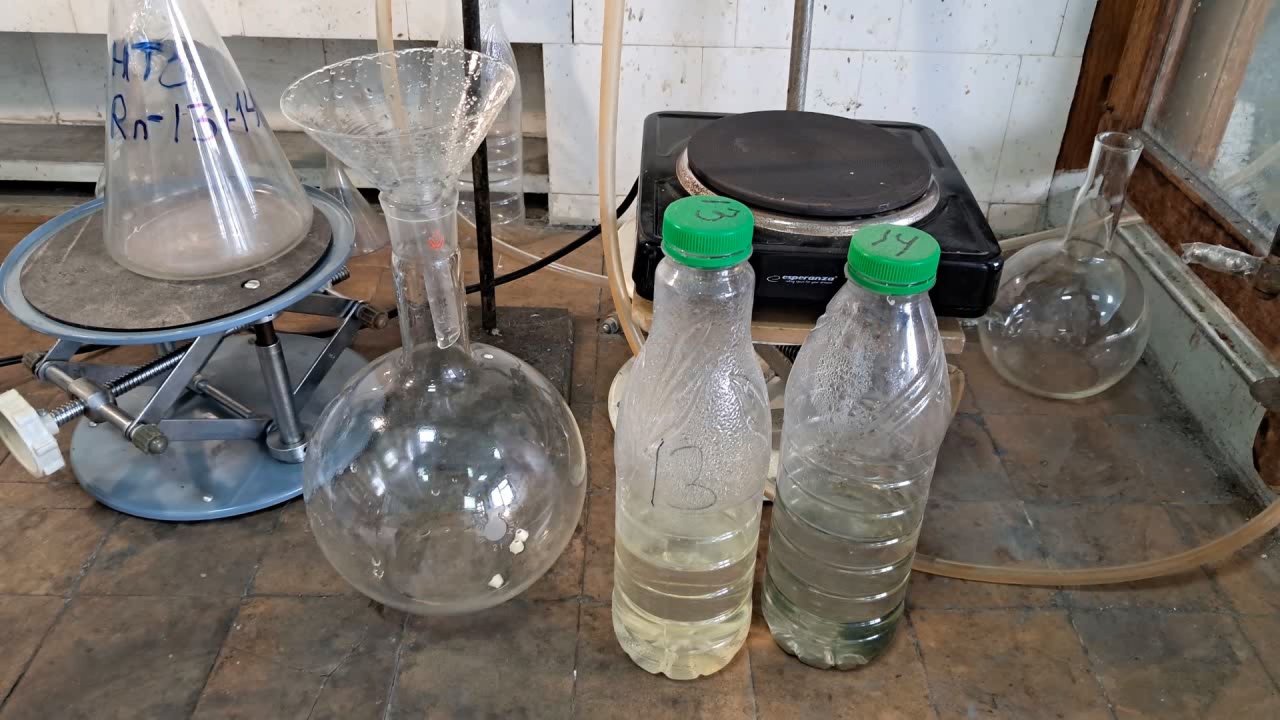
|
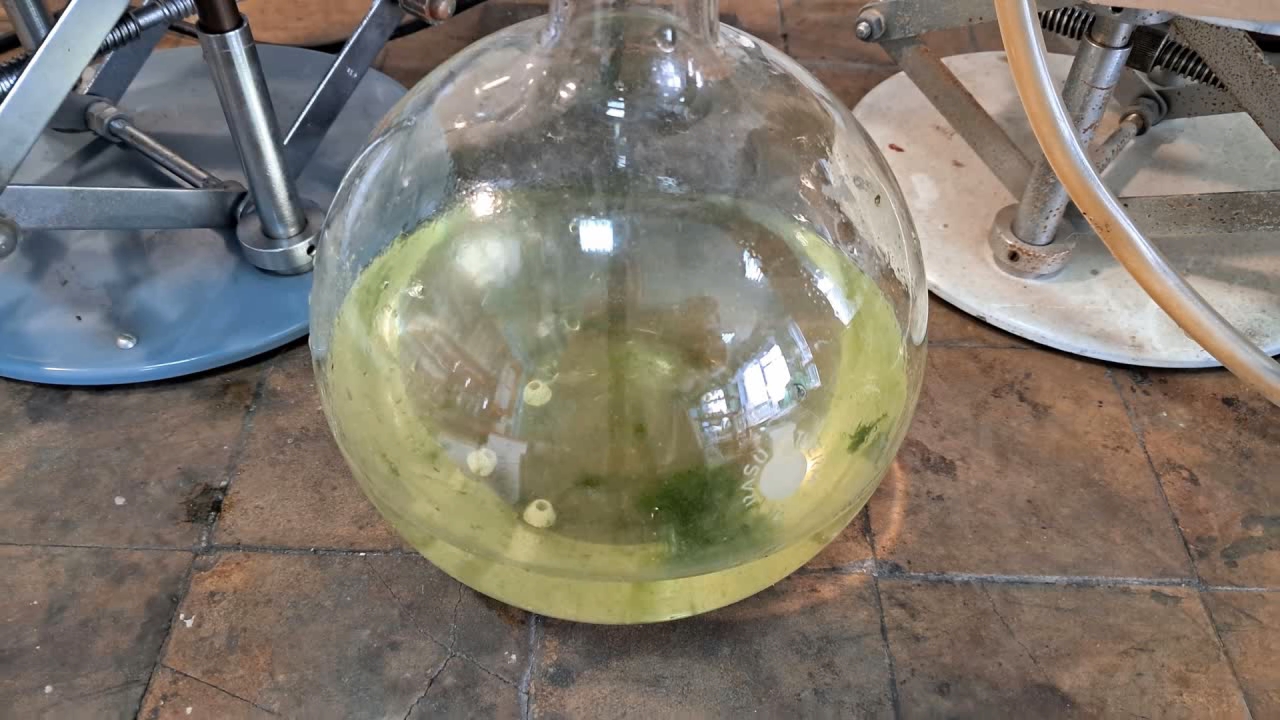
|
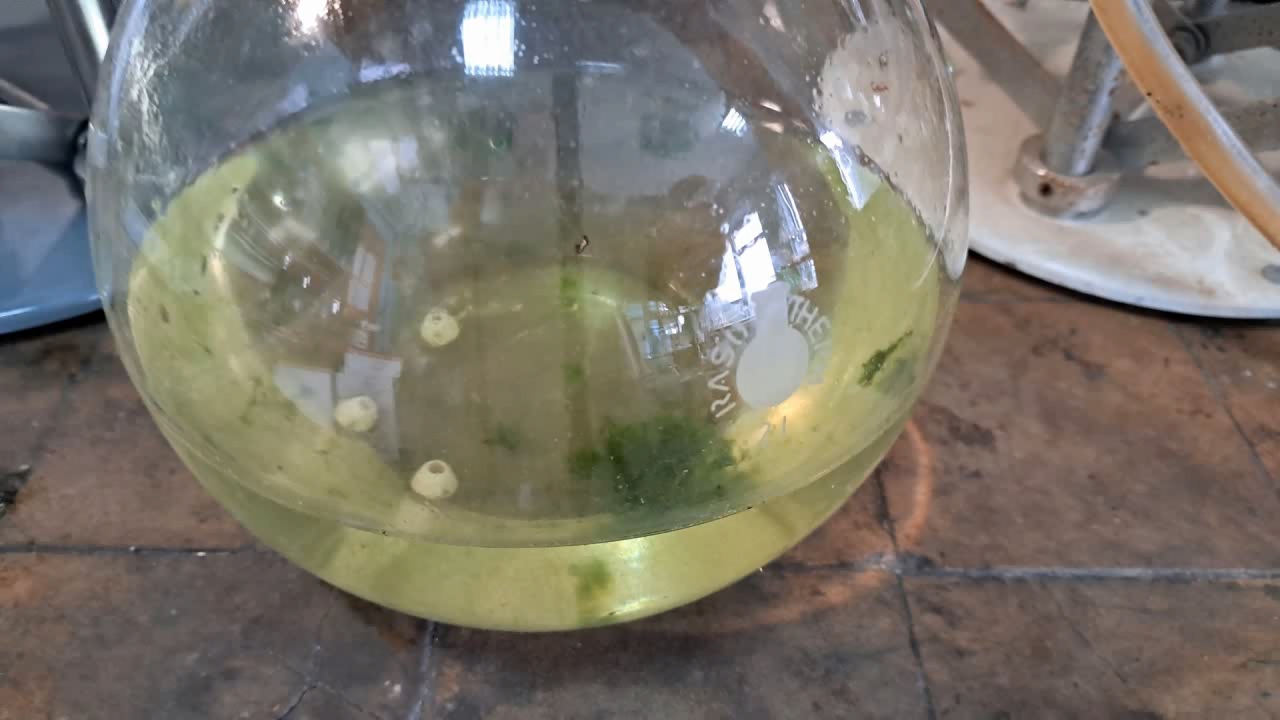
|
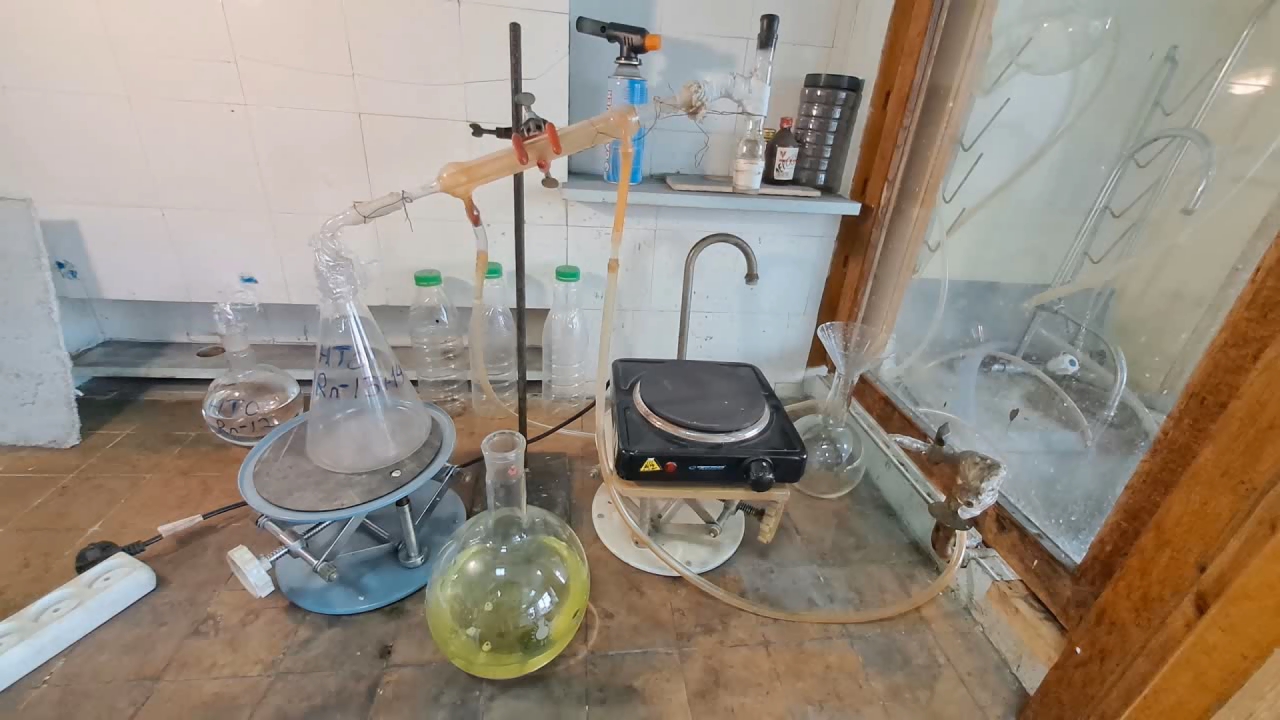
|
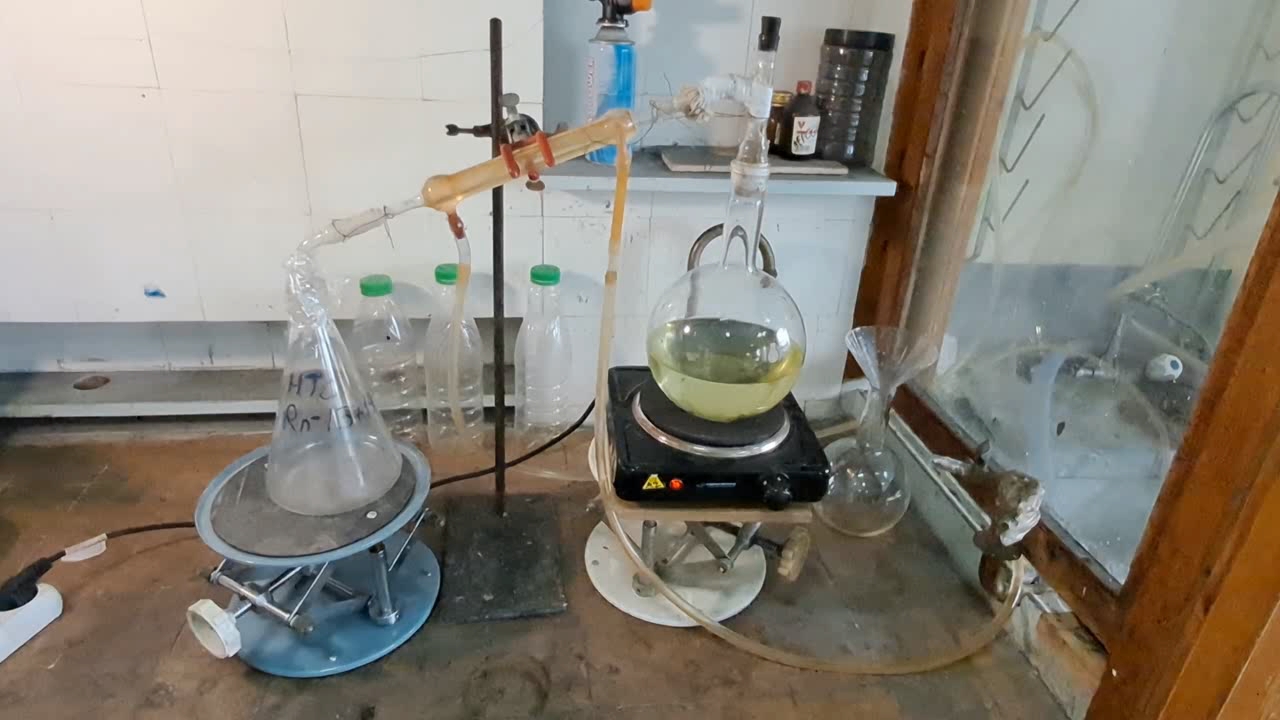
|
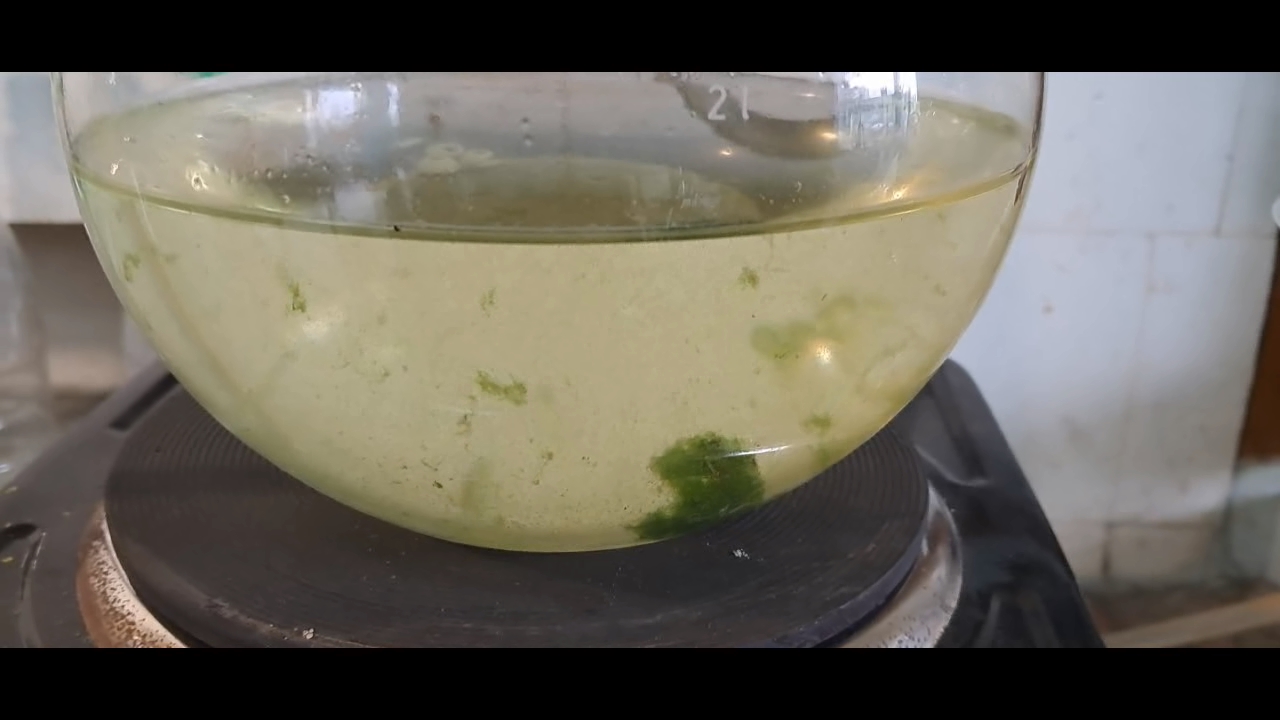
|
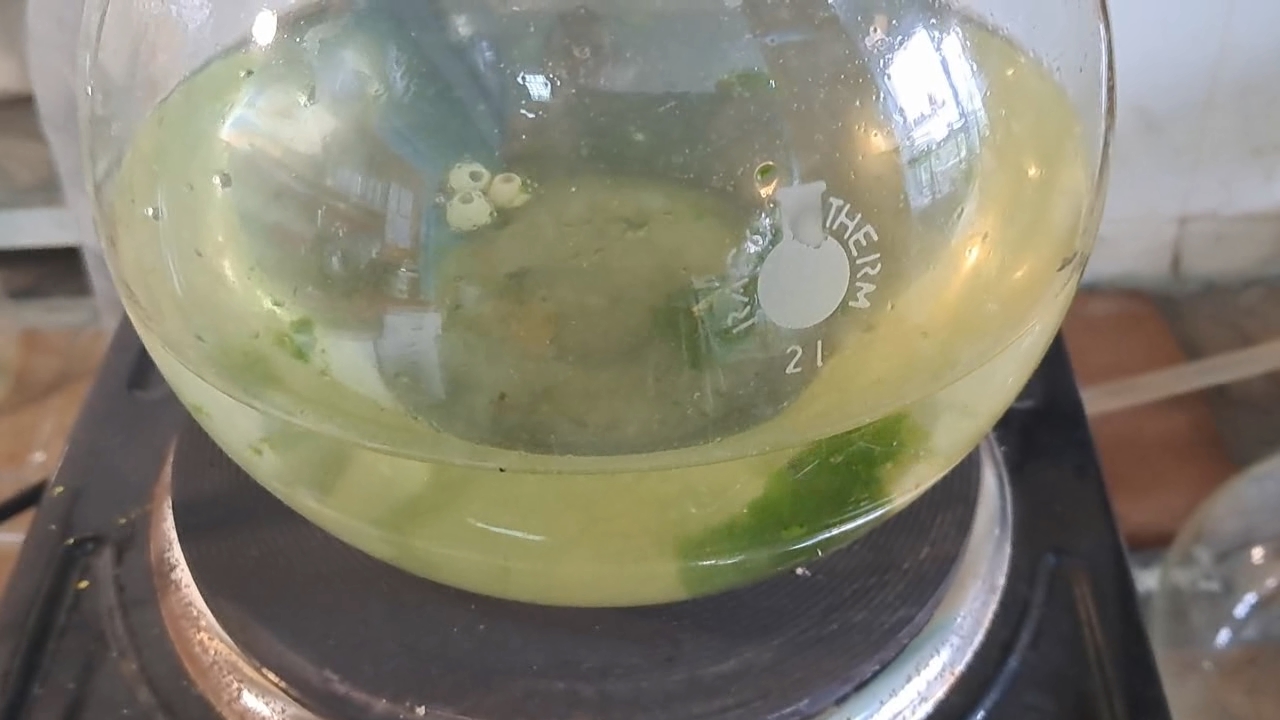
|
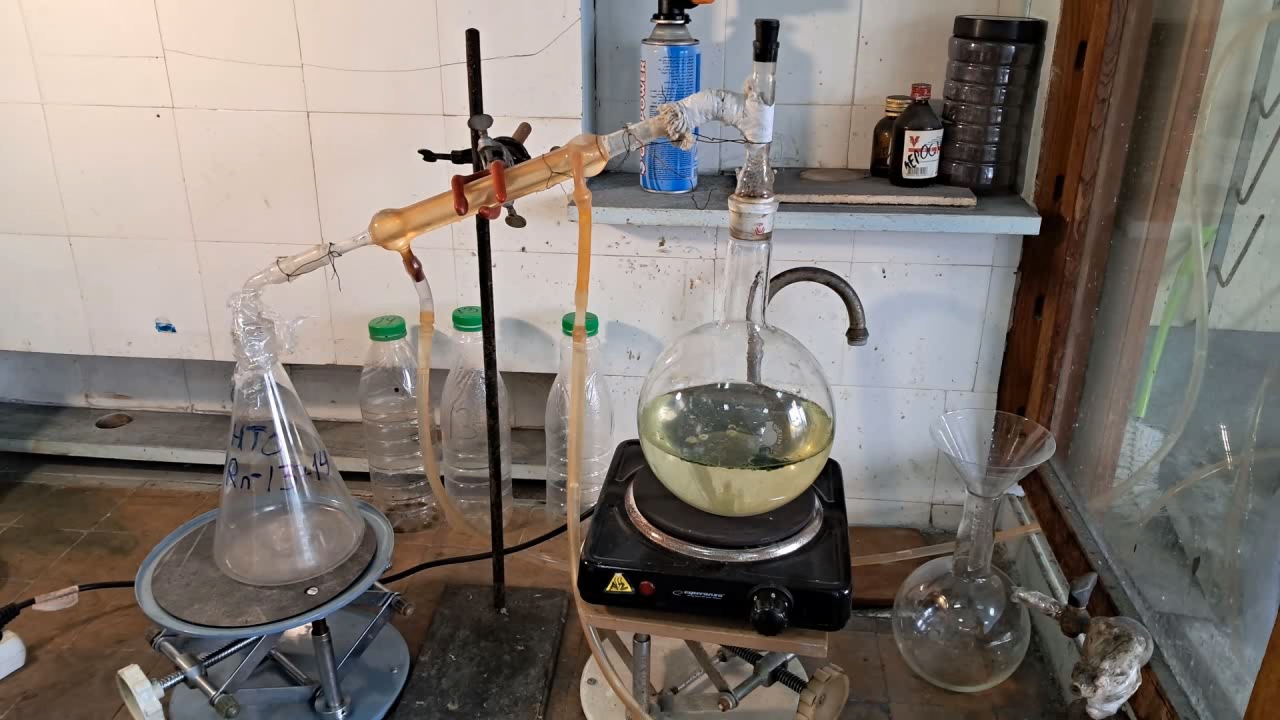
|
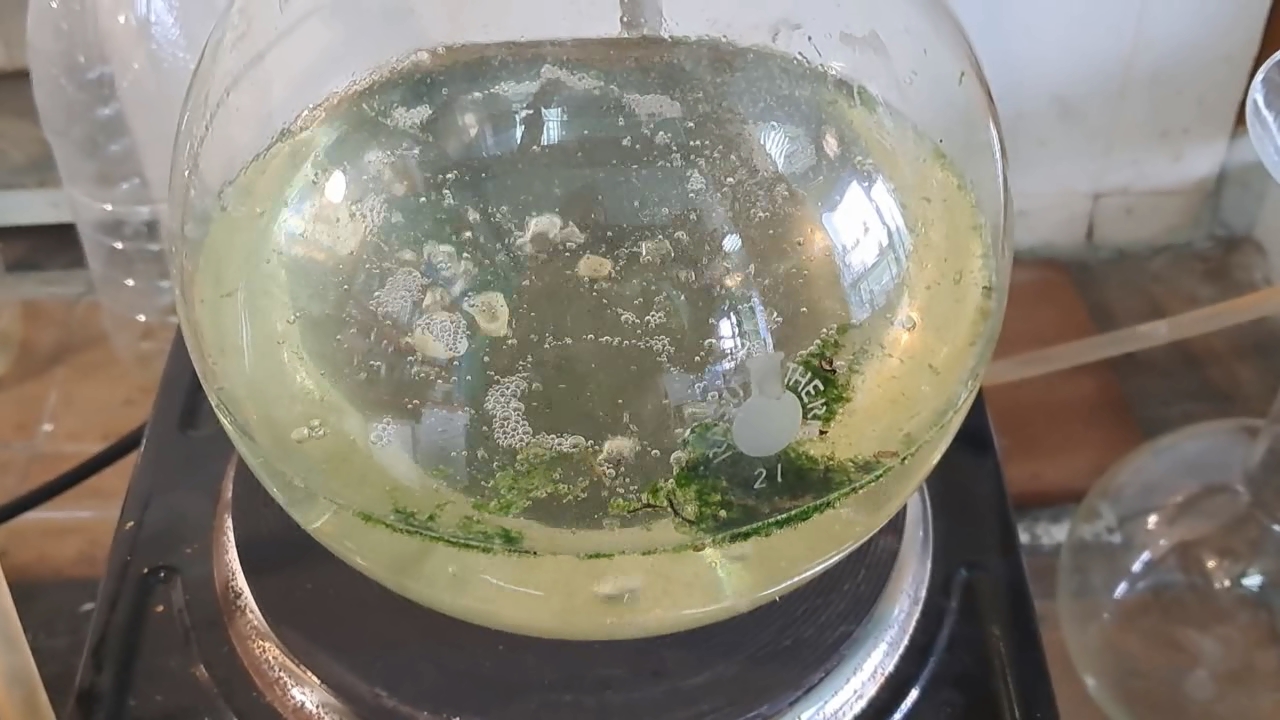
|
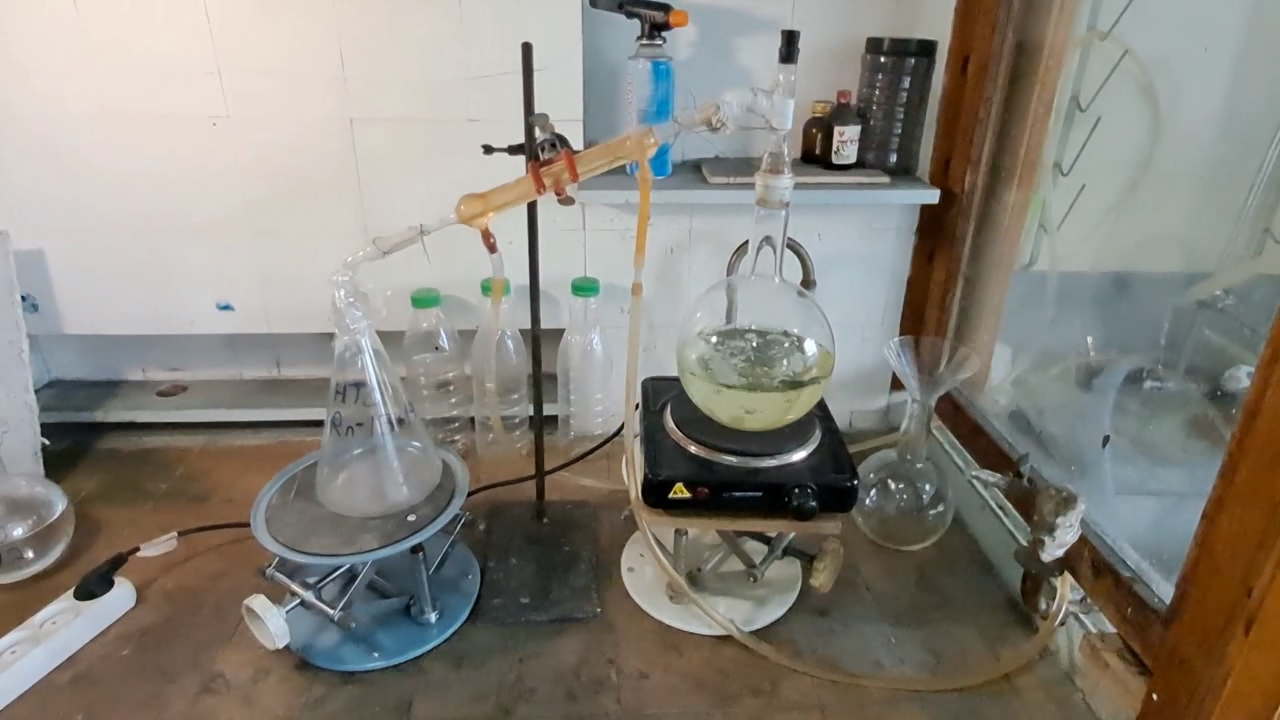
|
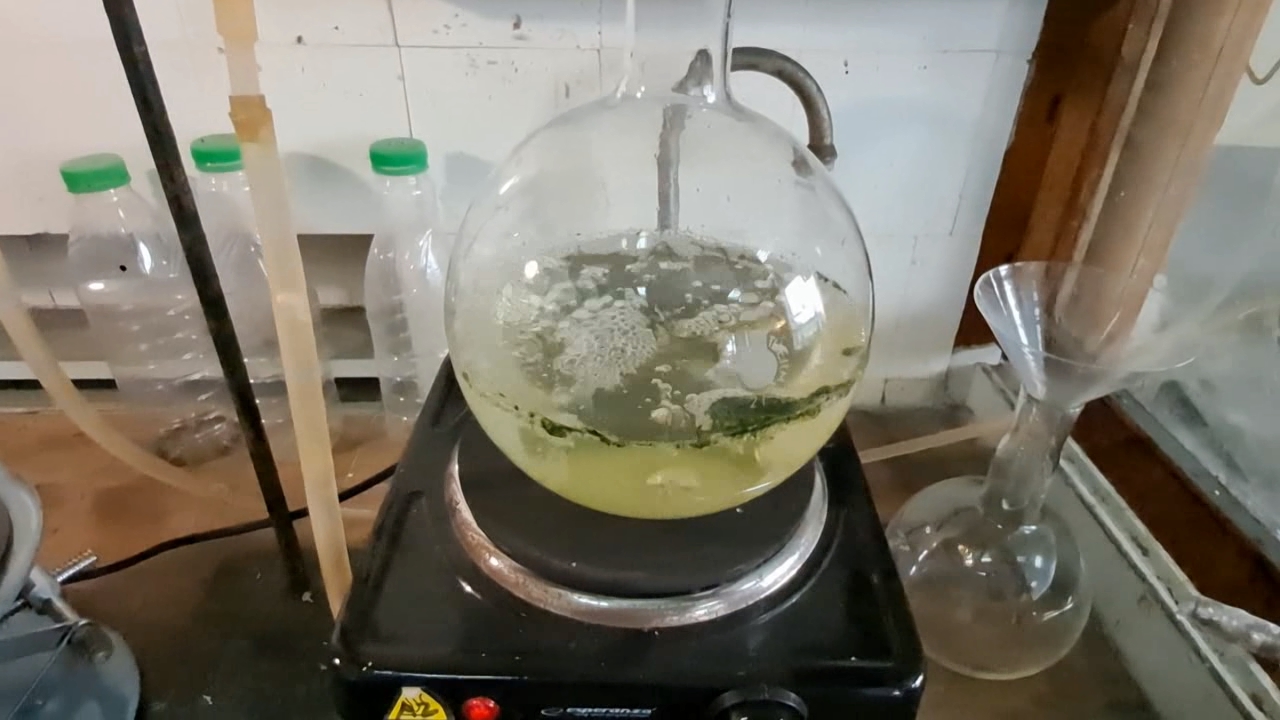
|
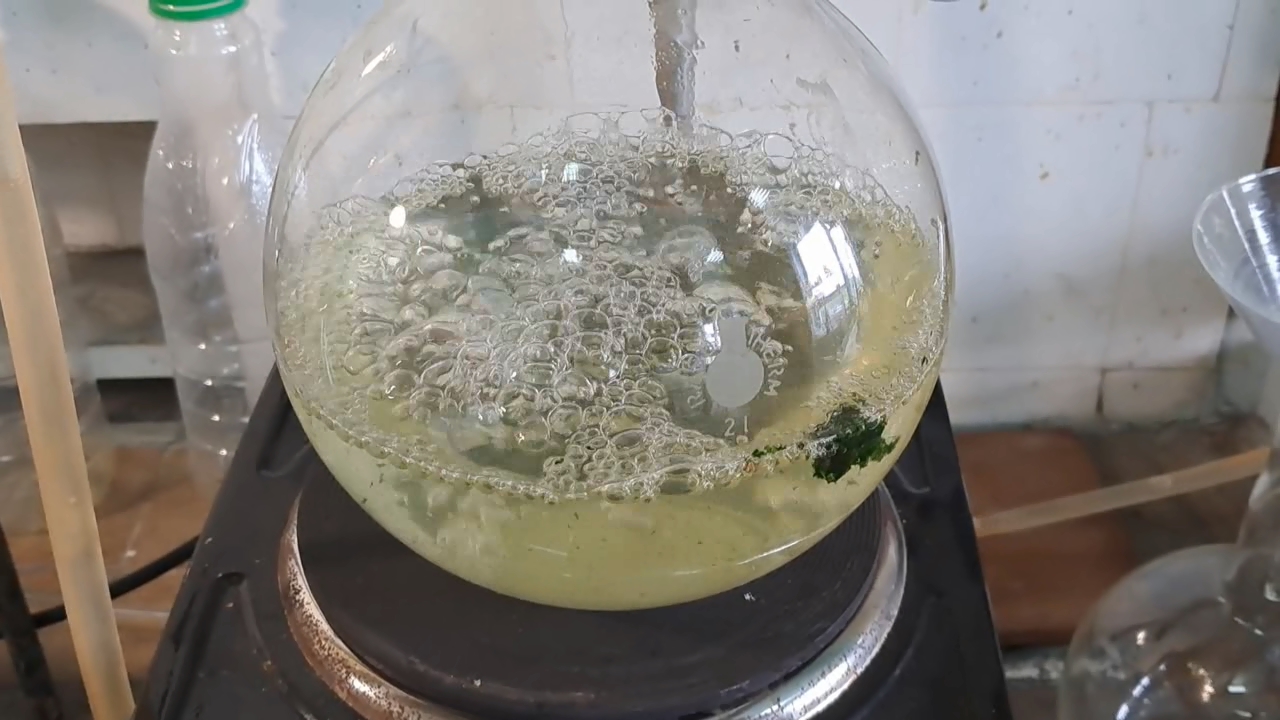
|
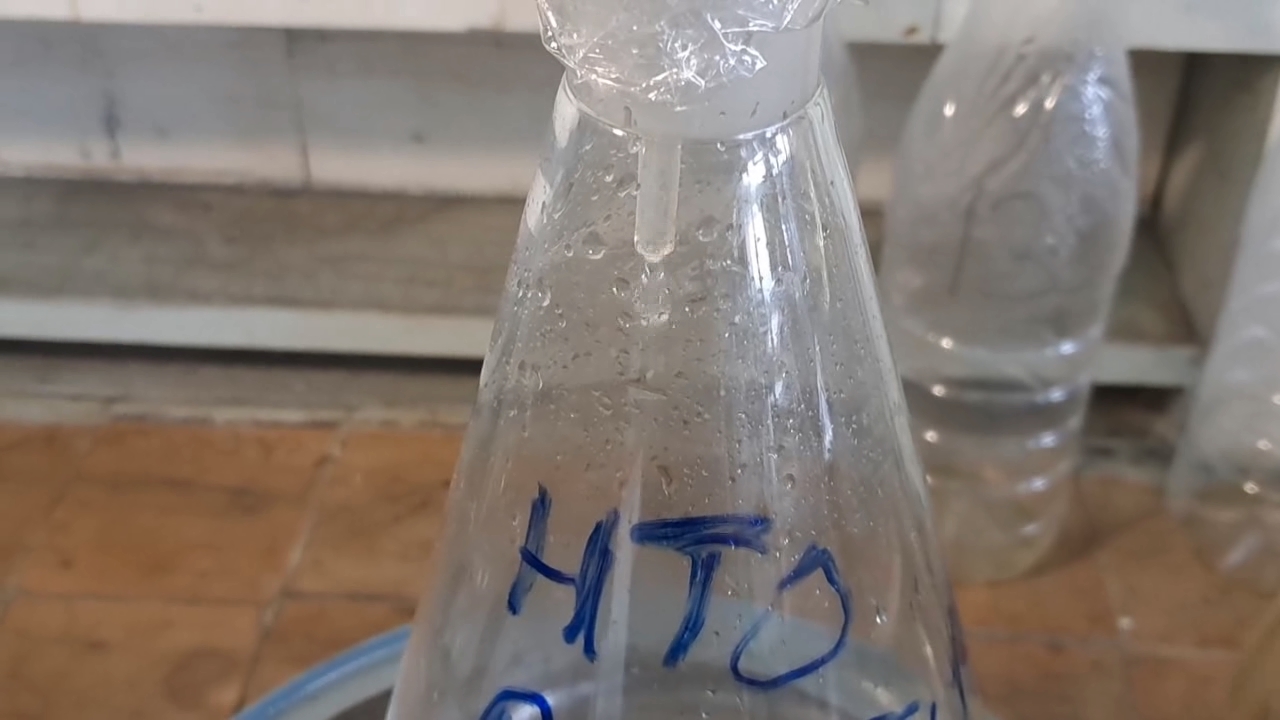
|
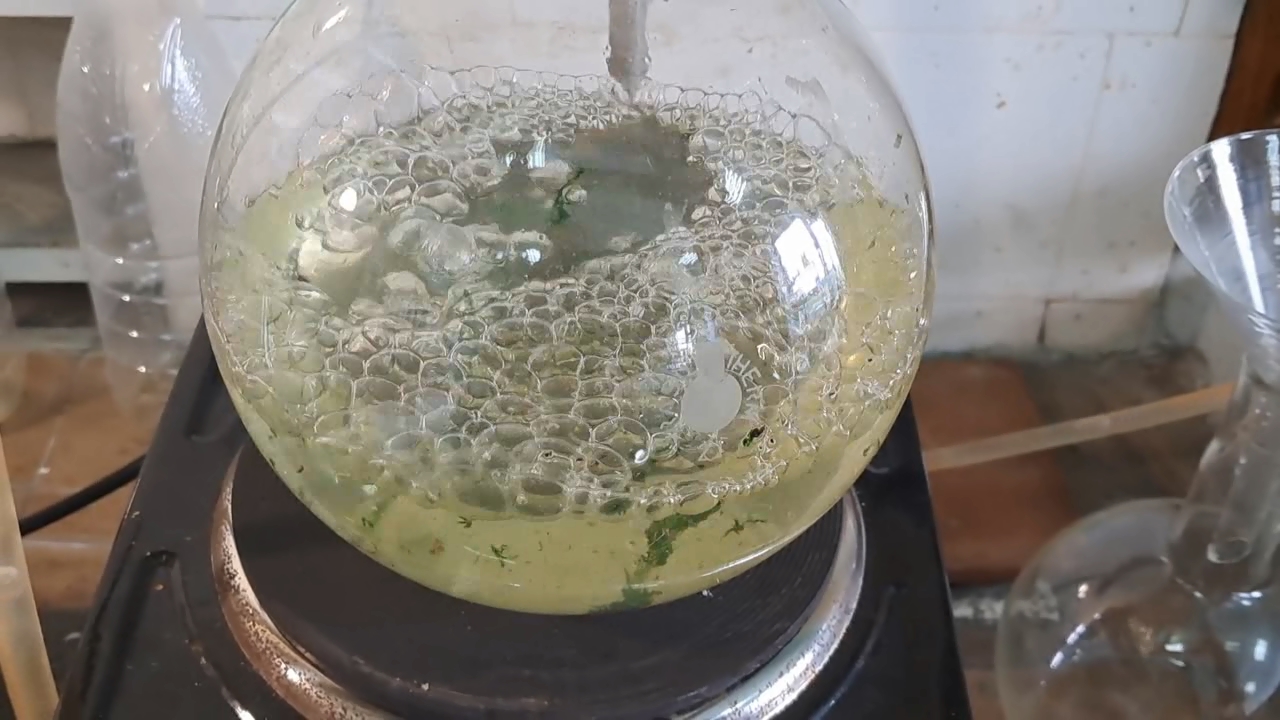
|
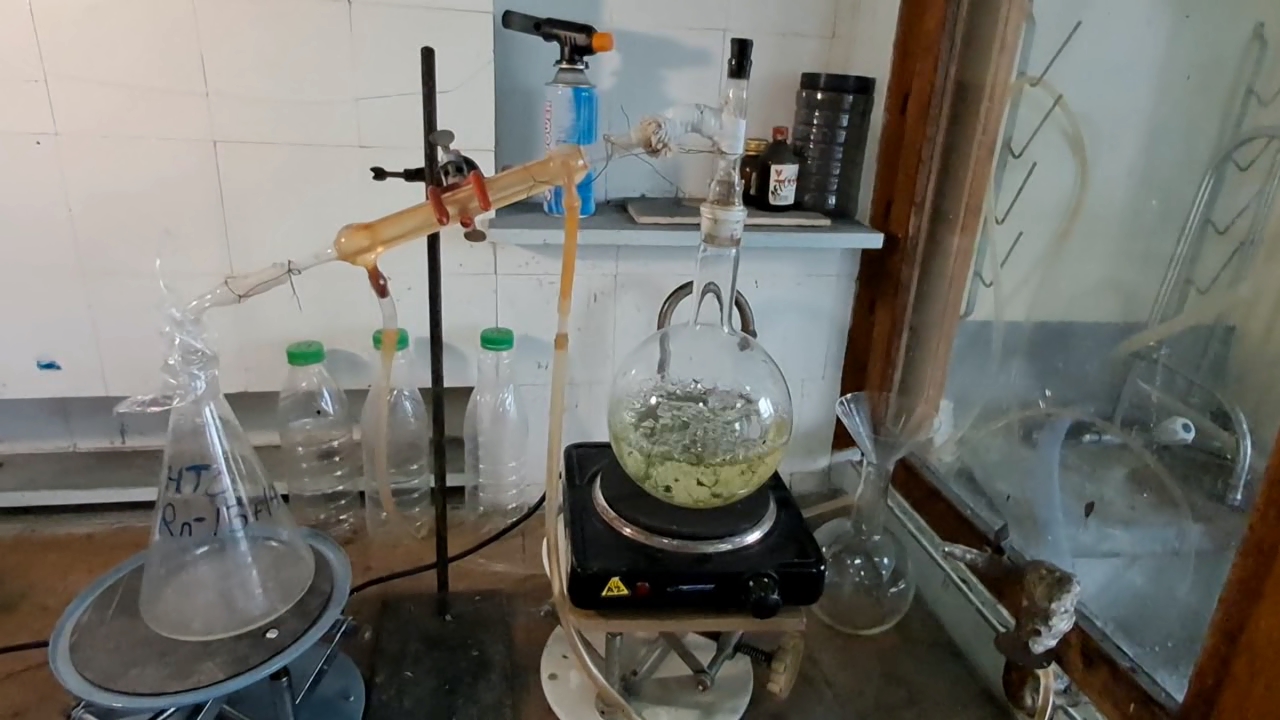
|
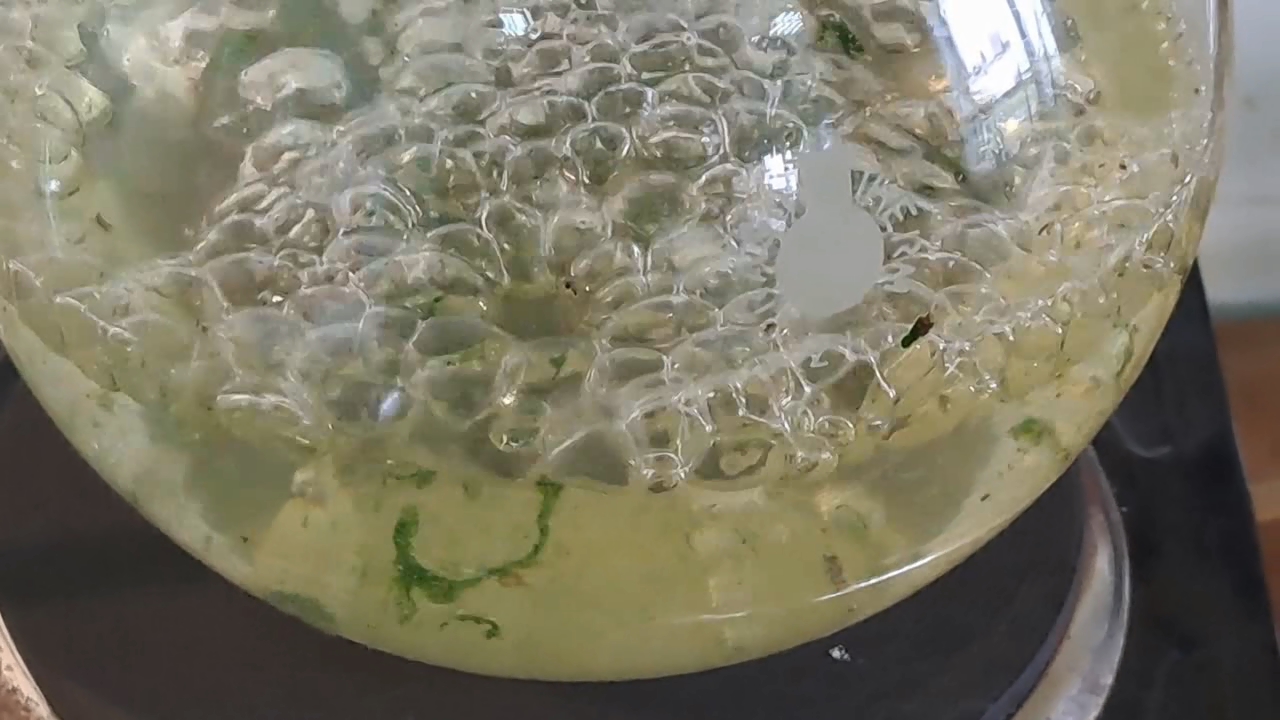
|
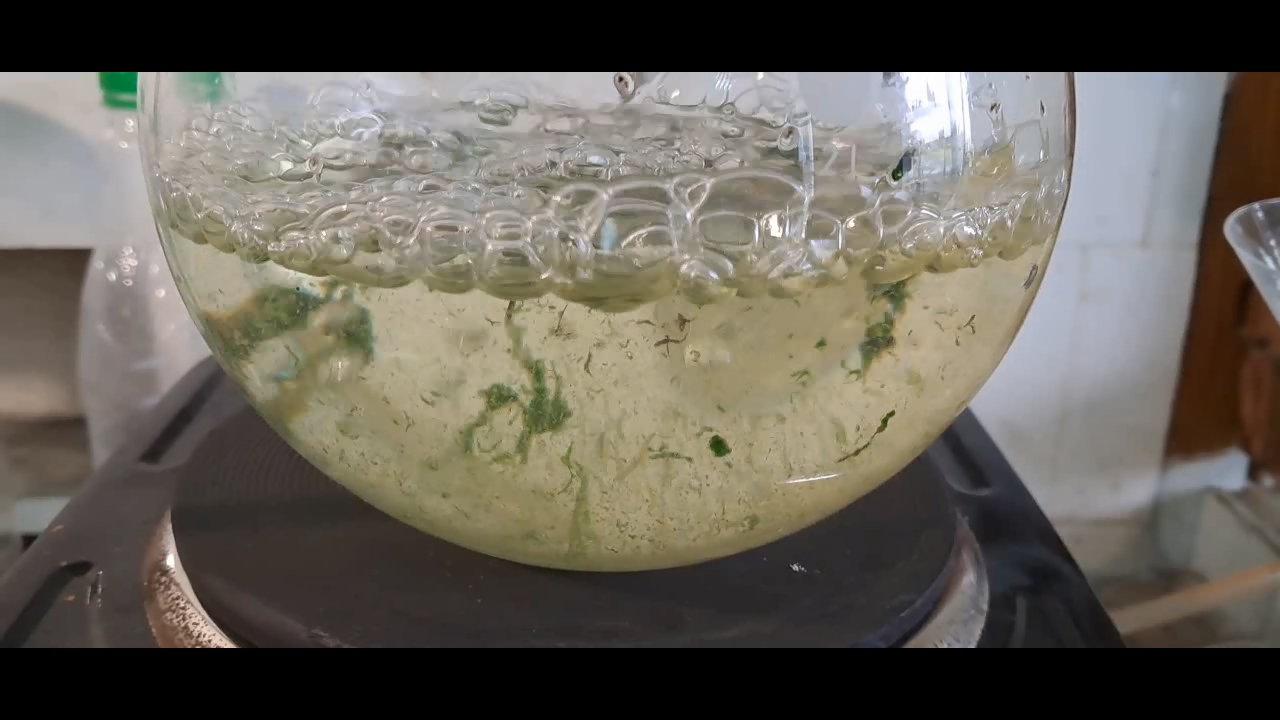
|
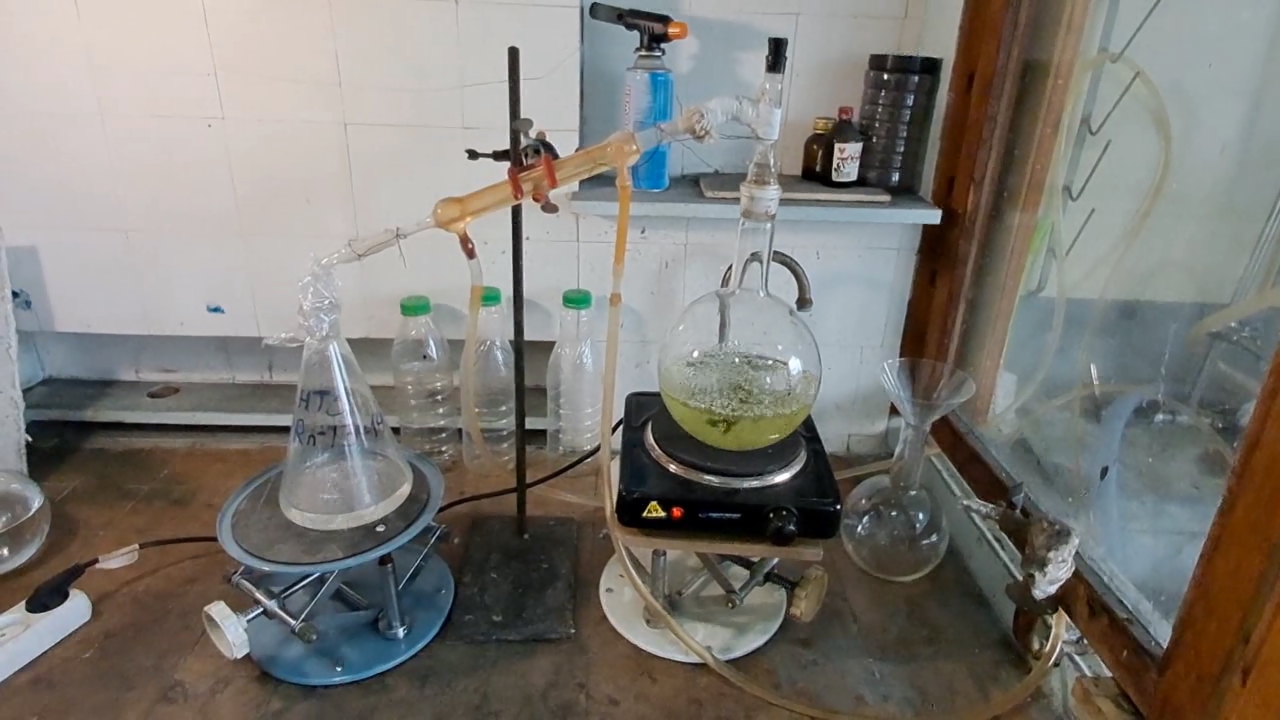
|
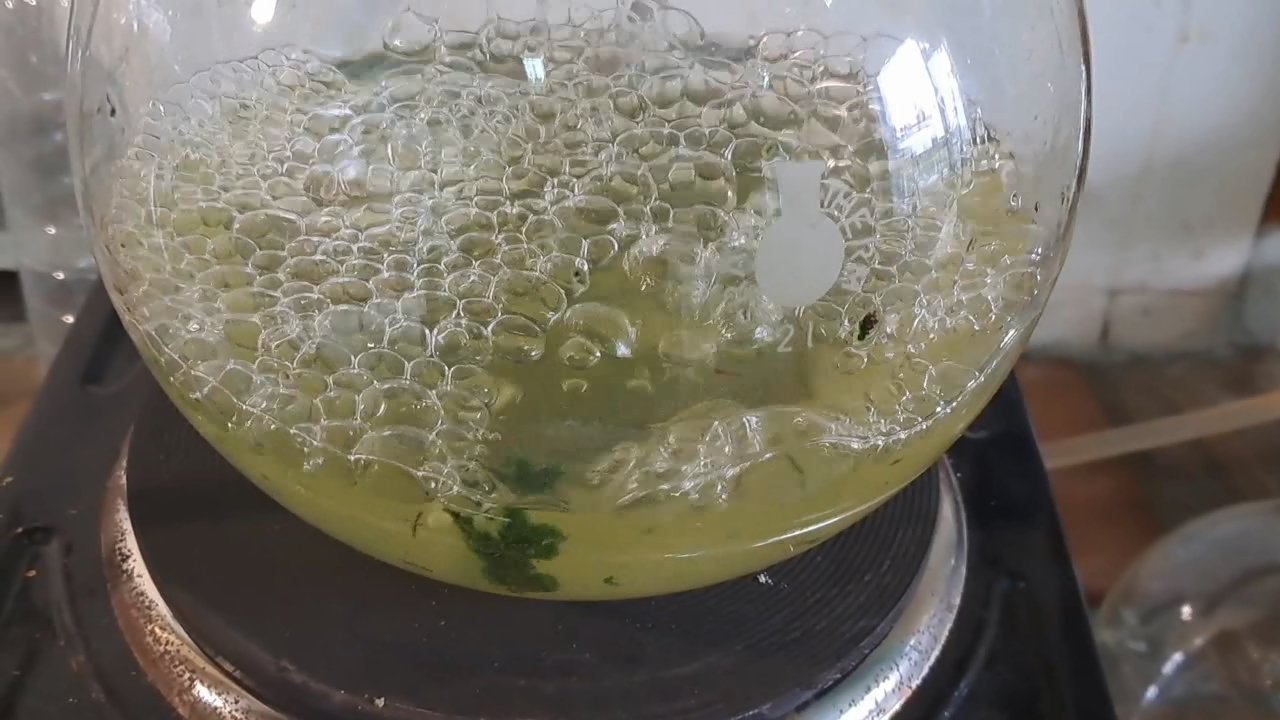
|
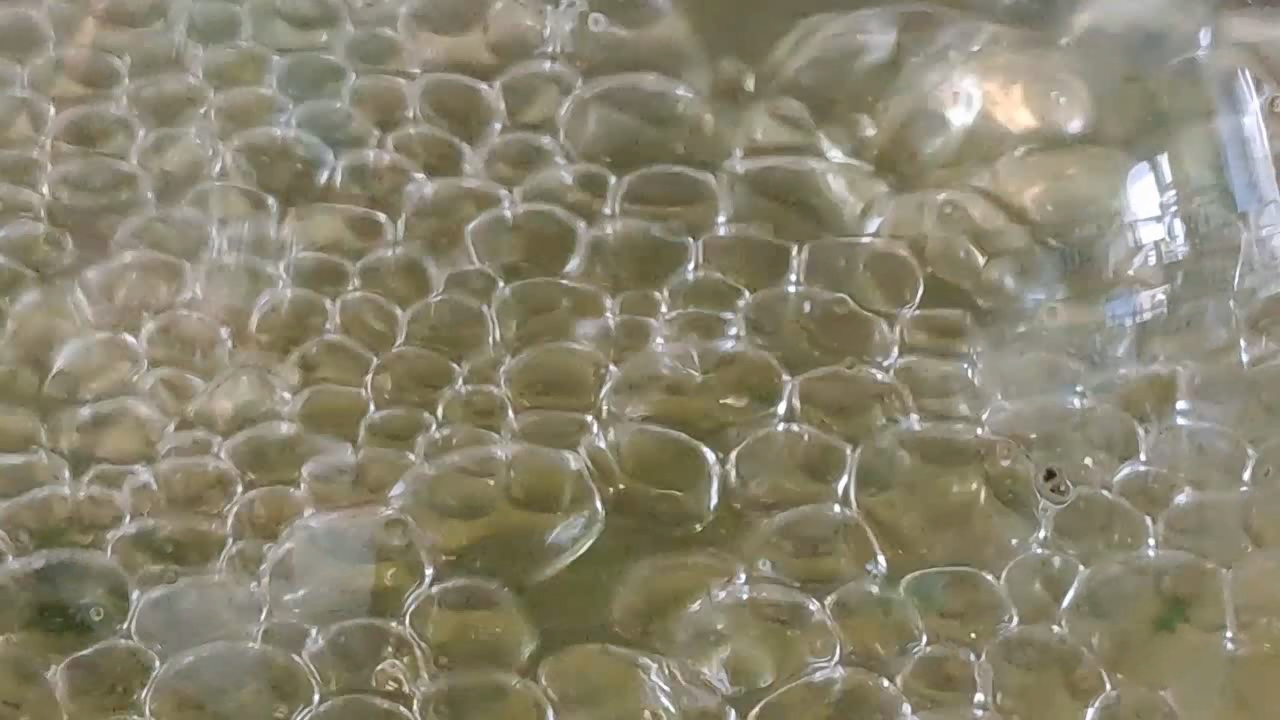
|
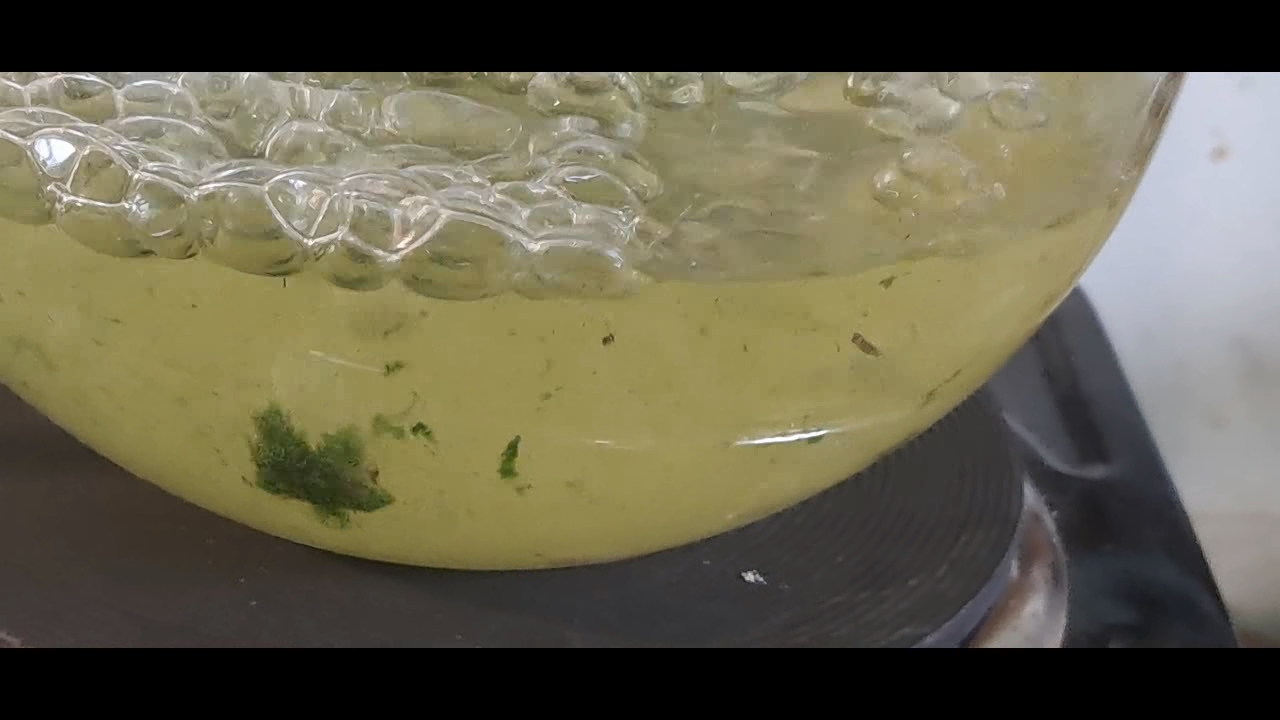
|
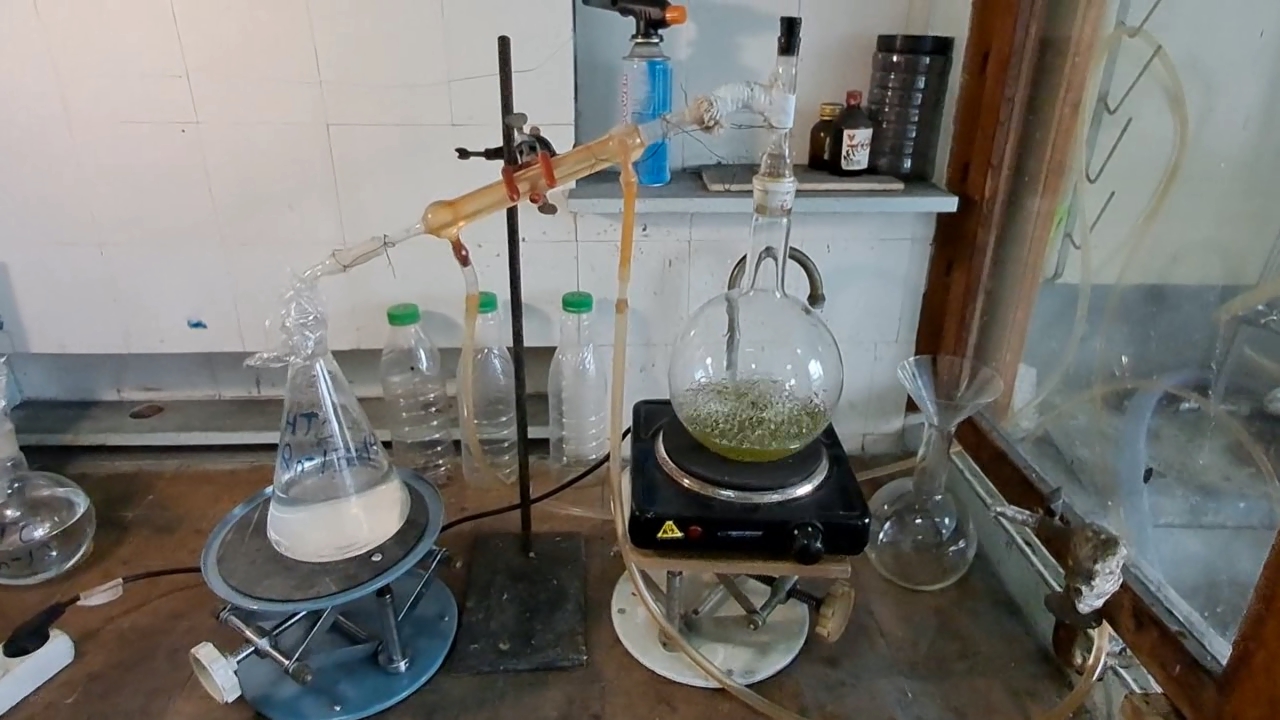
|
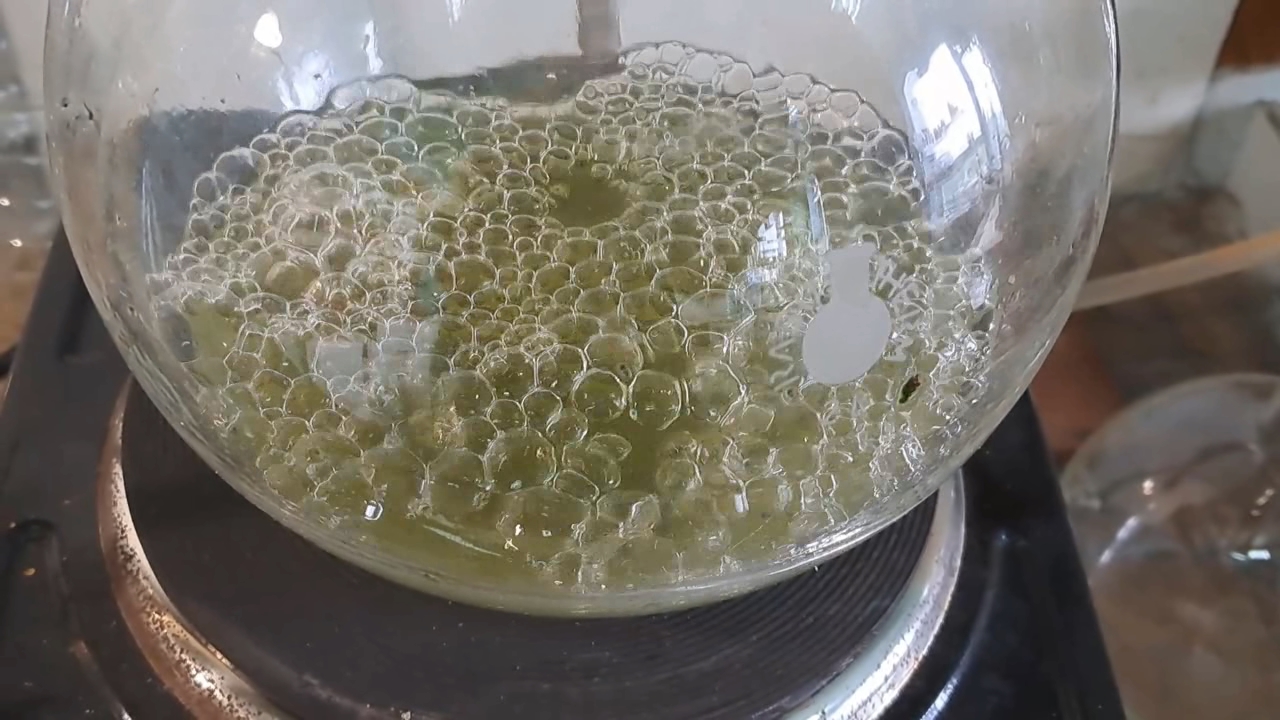
|
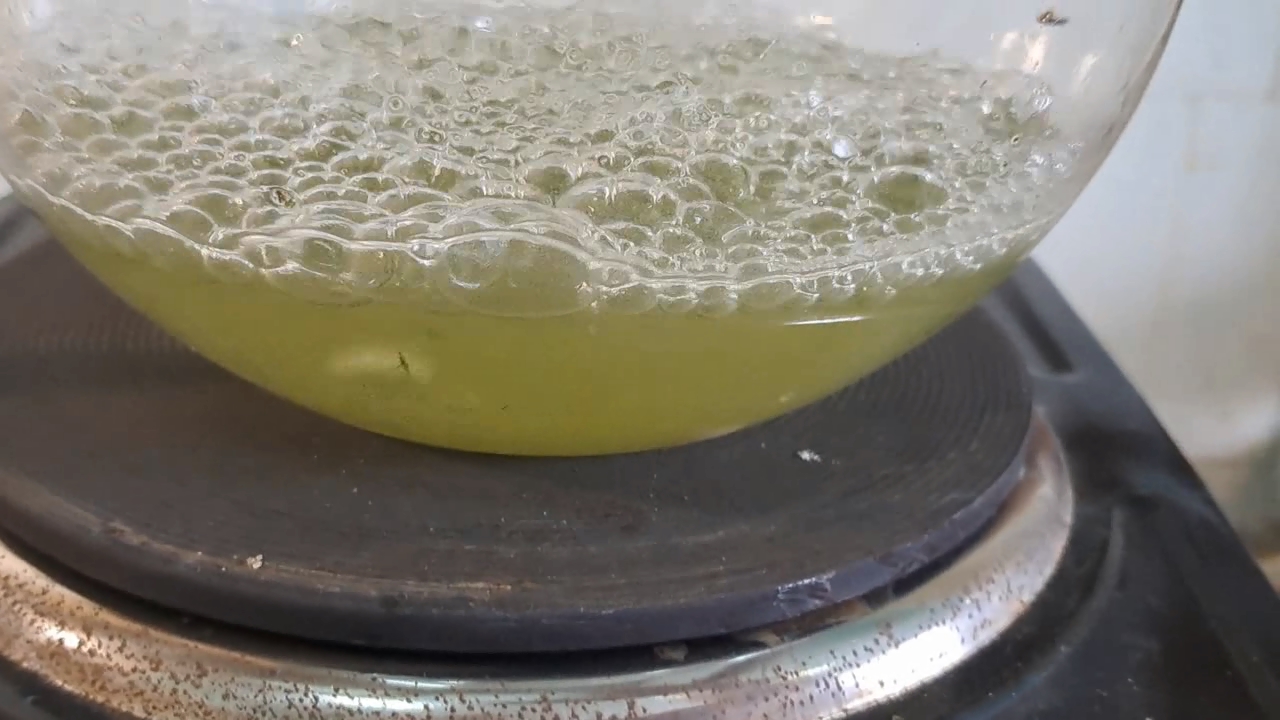
|
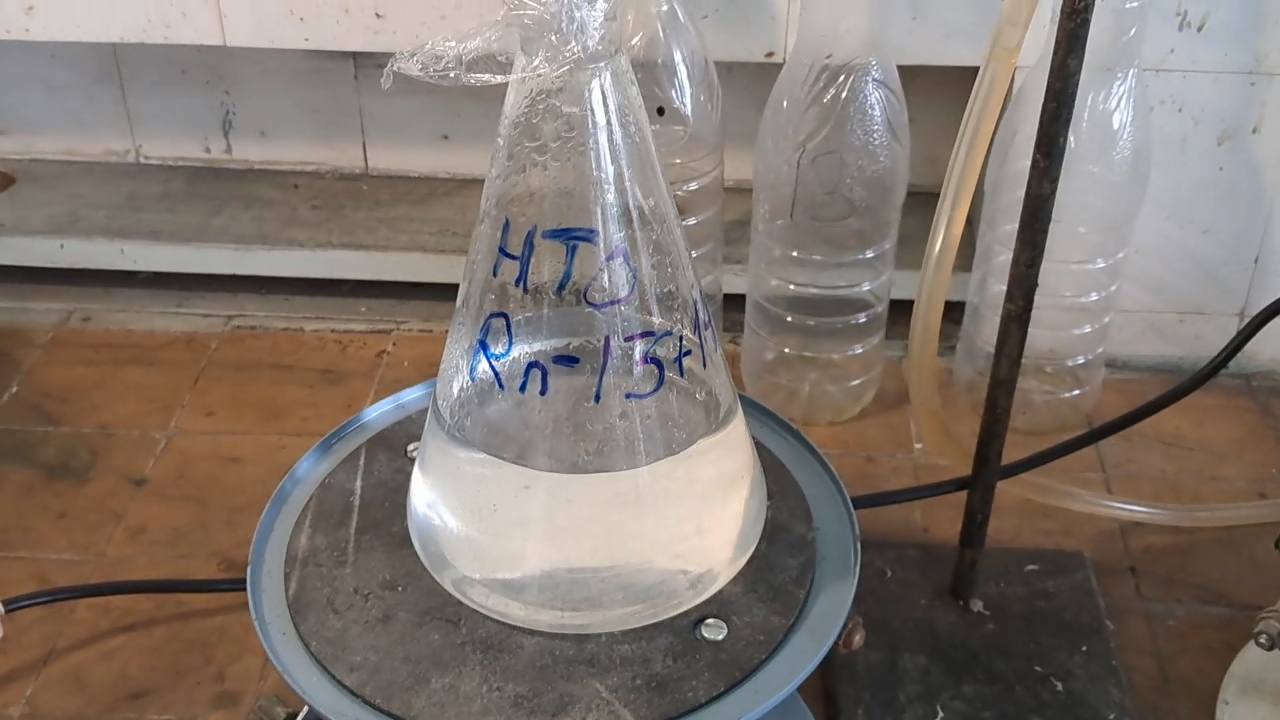
|
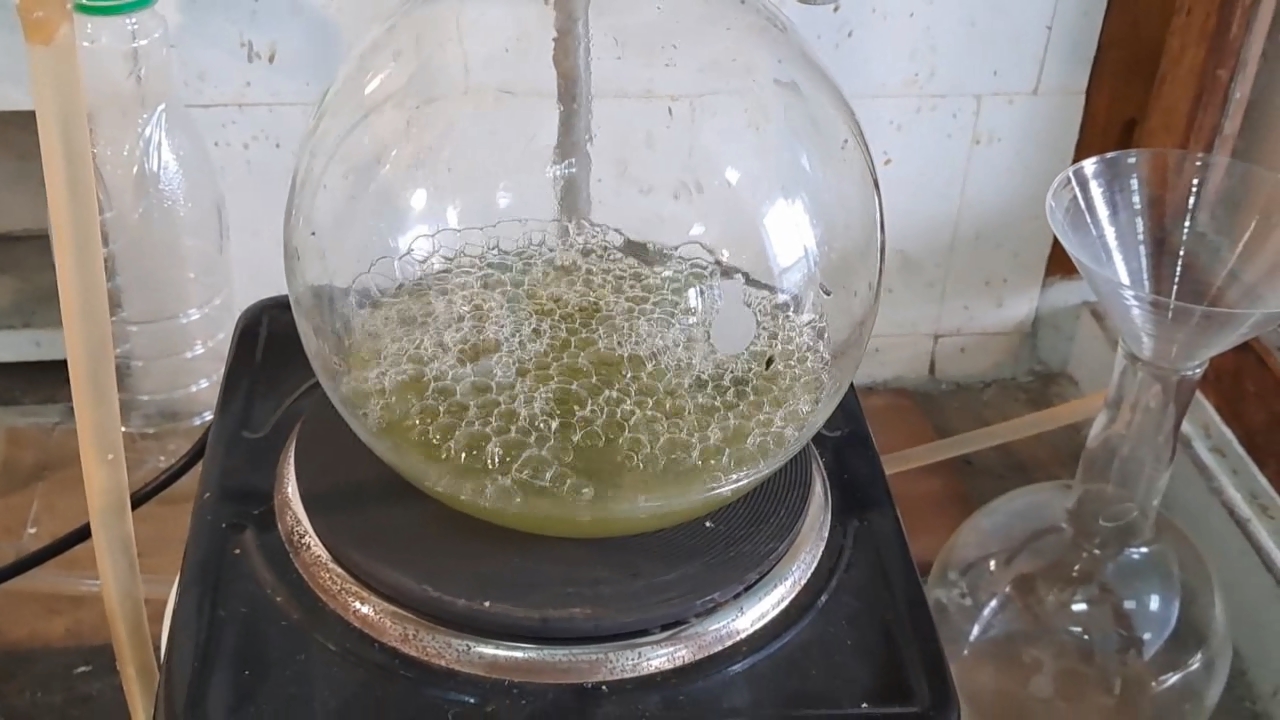
|
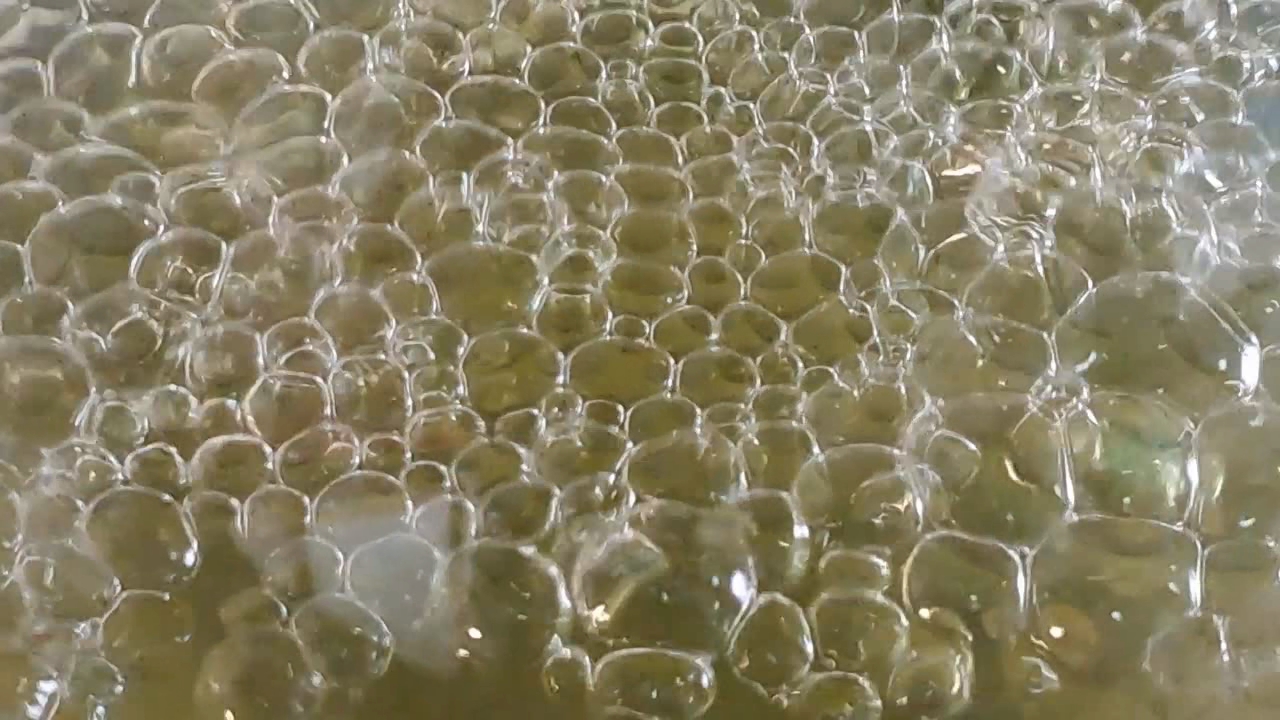
|
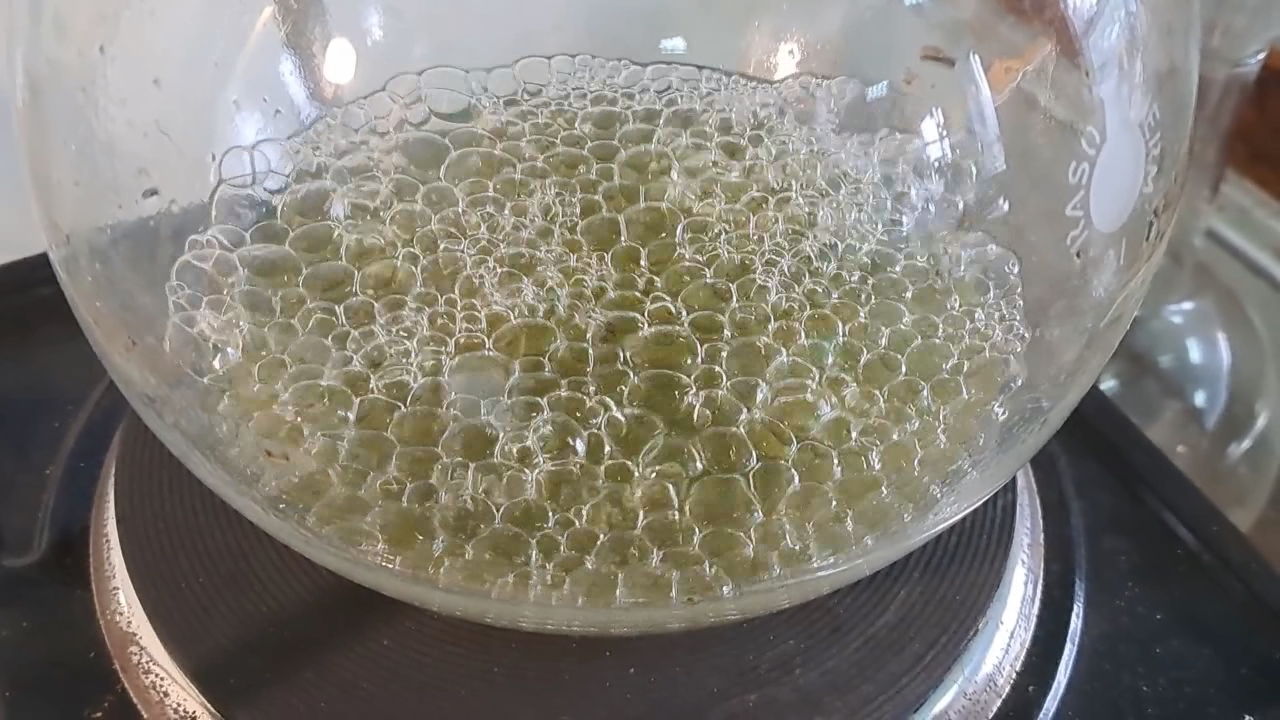
|
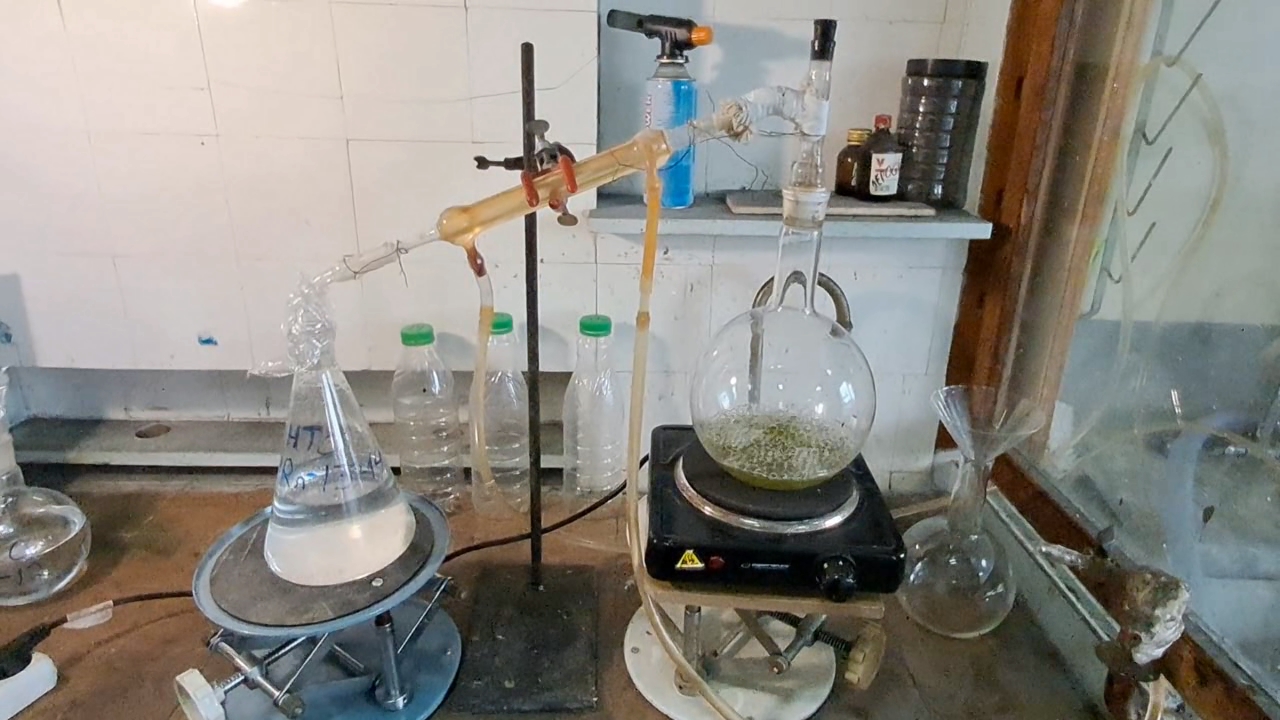
|
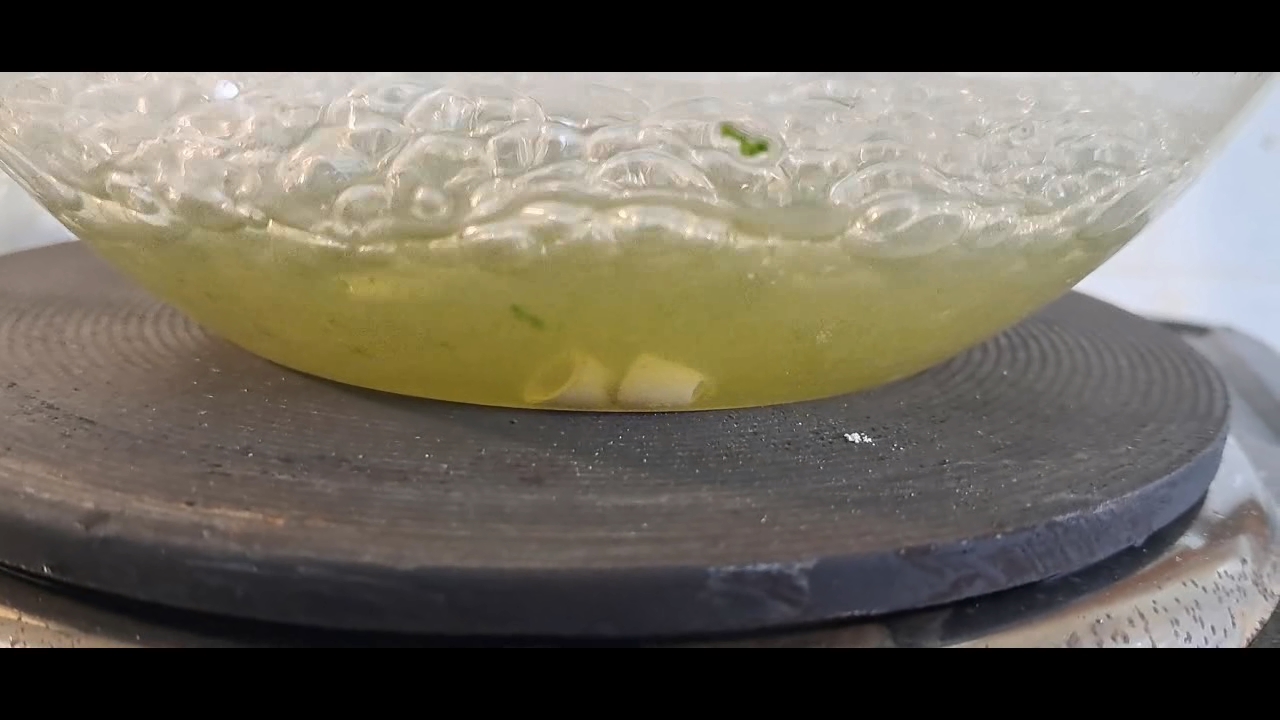
|
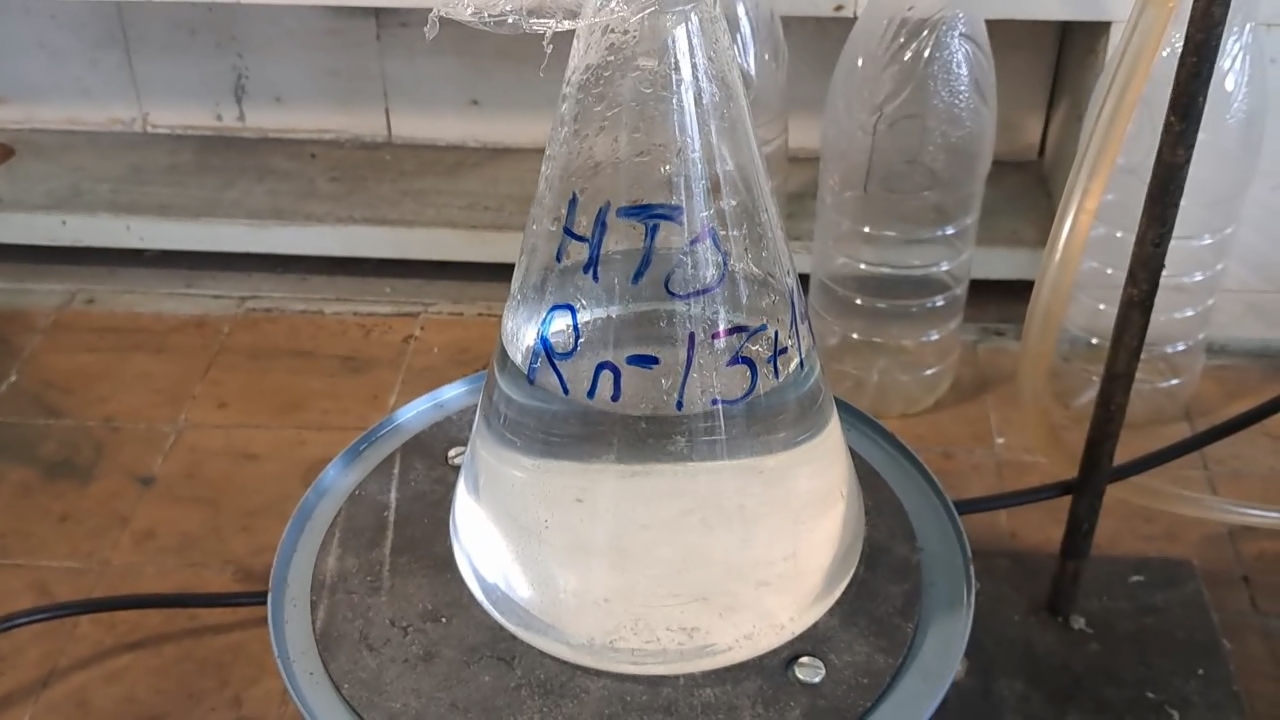
|
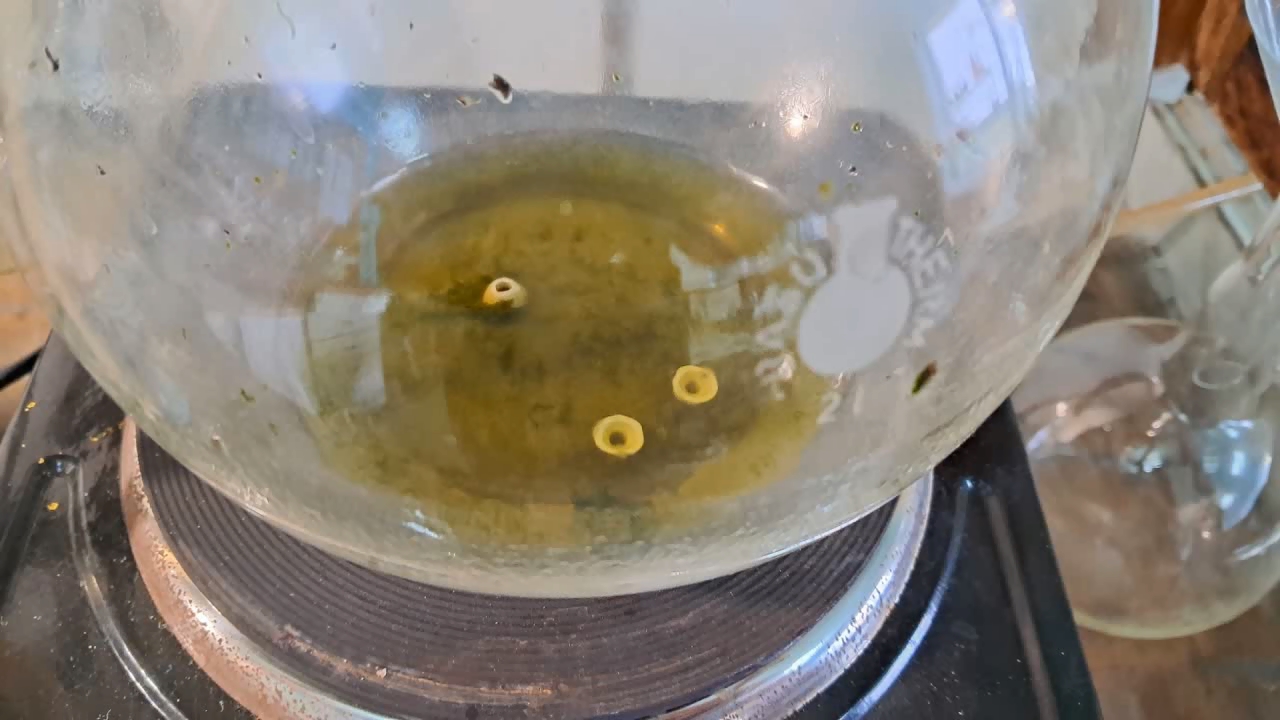
|
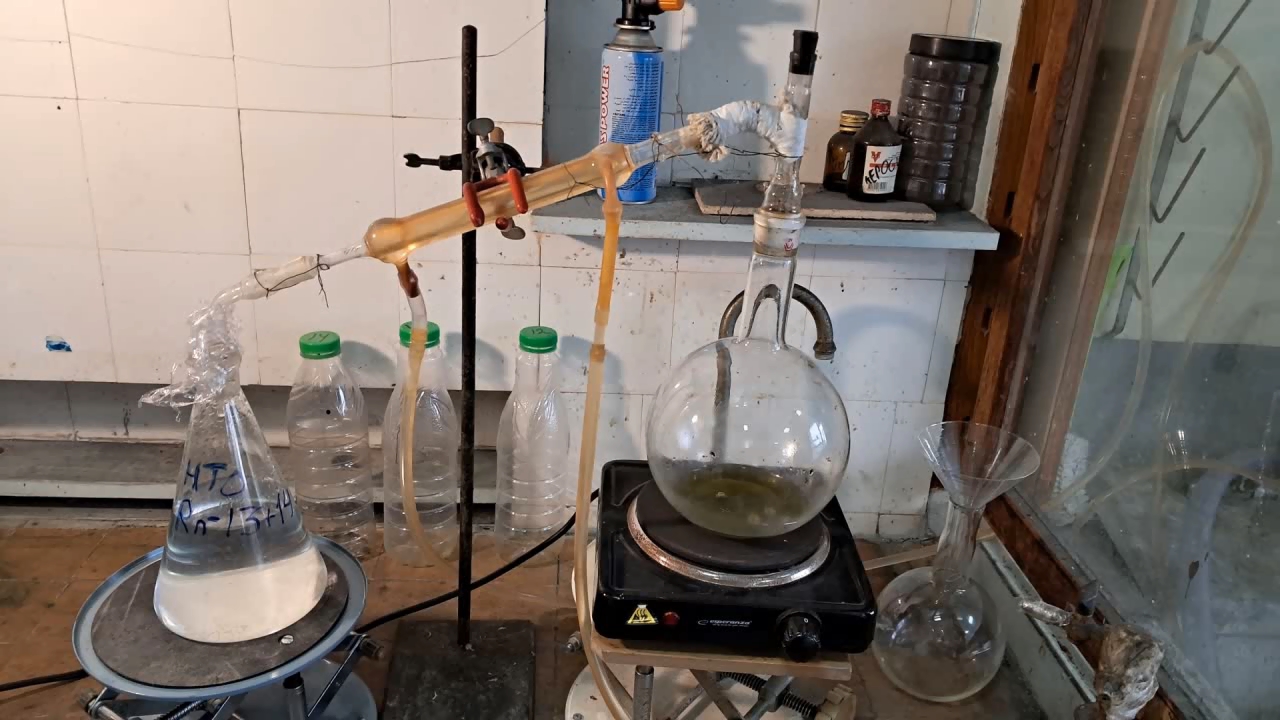
|
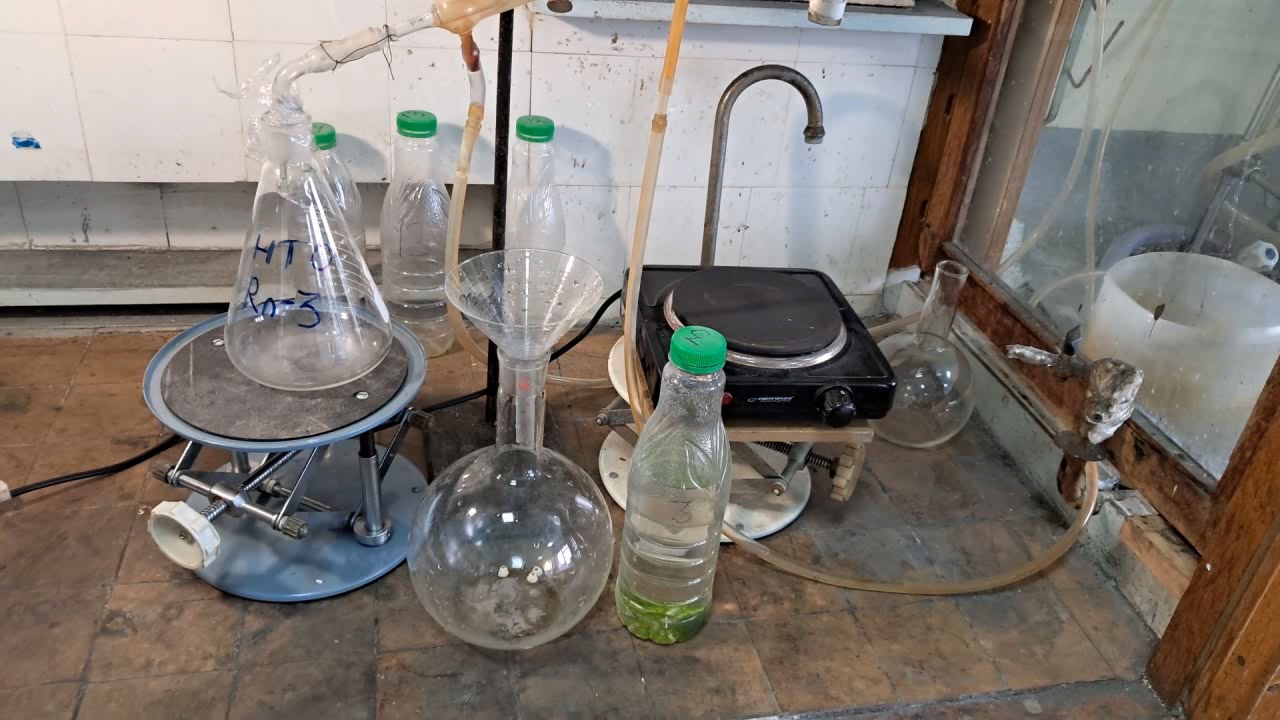
|
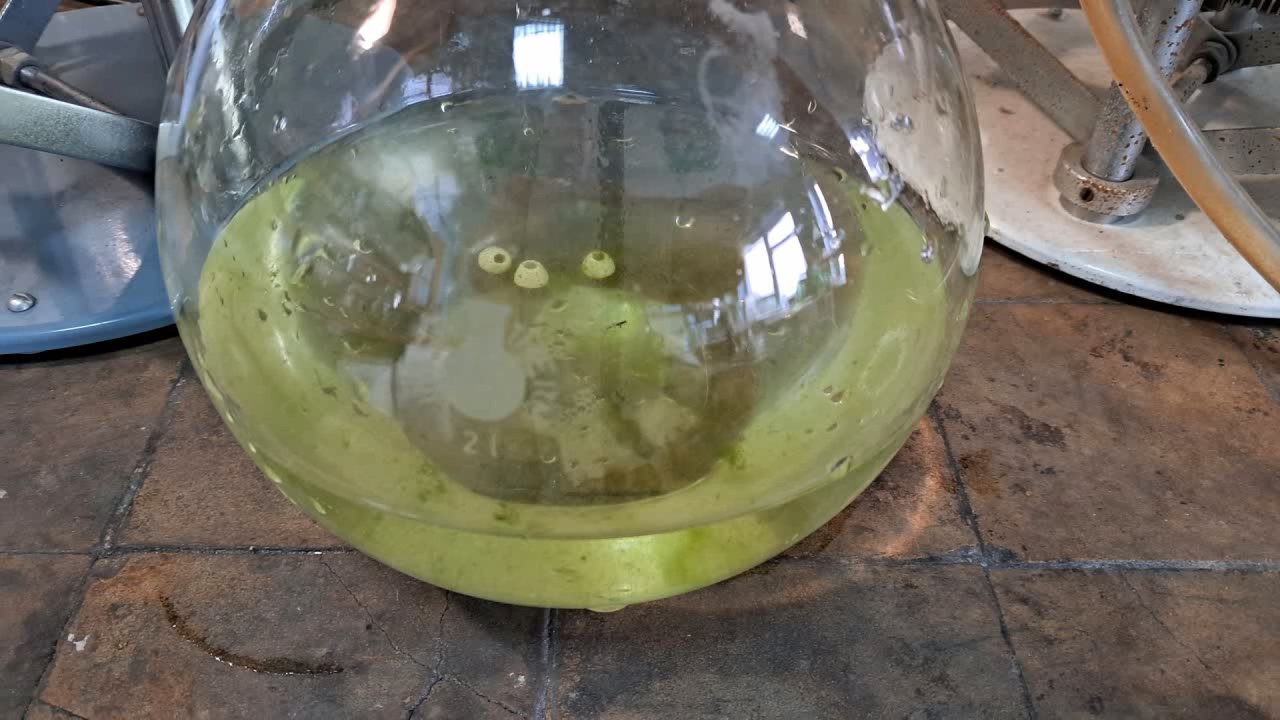
|
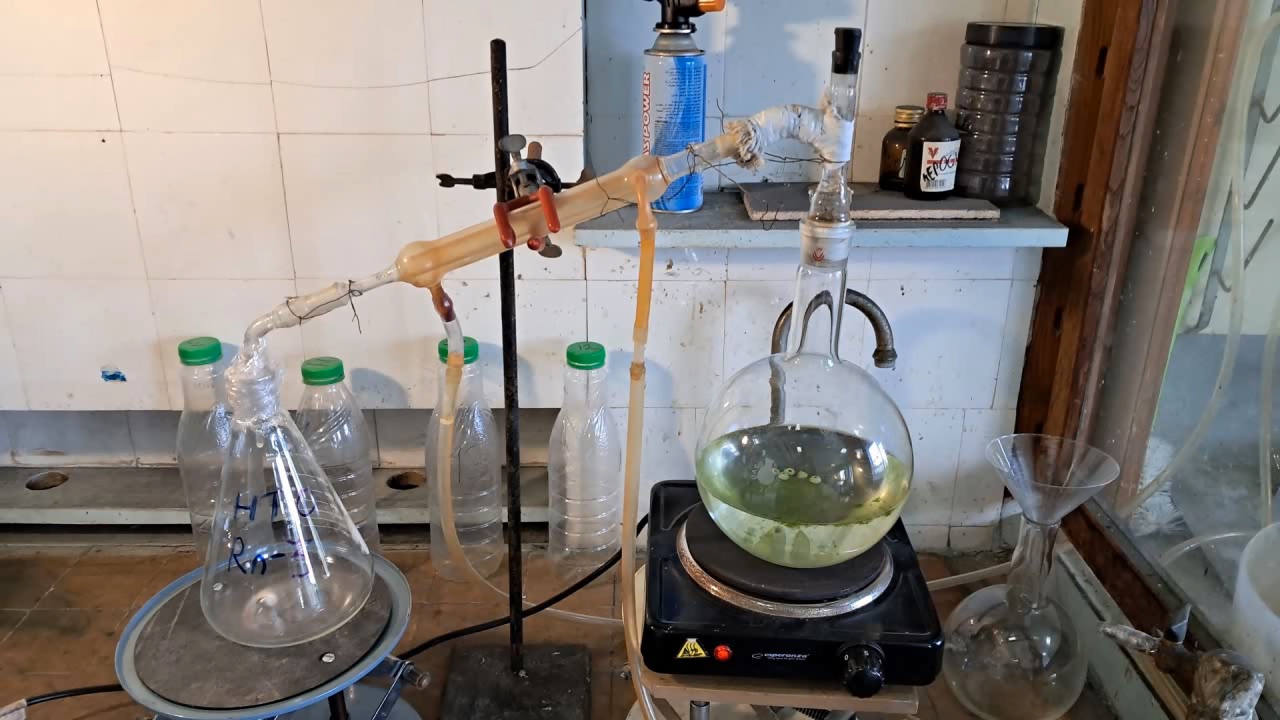
|
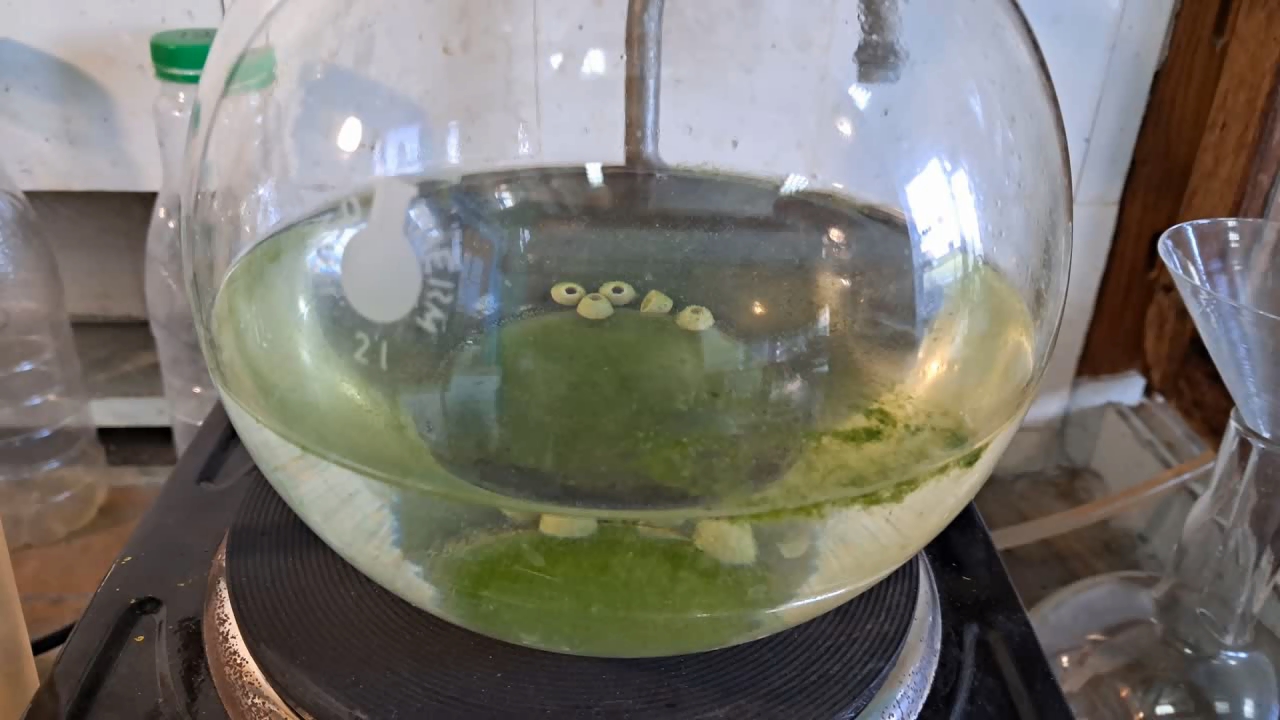
|
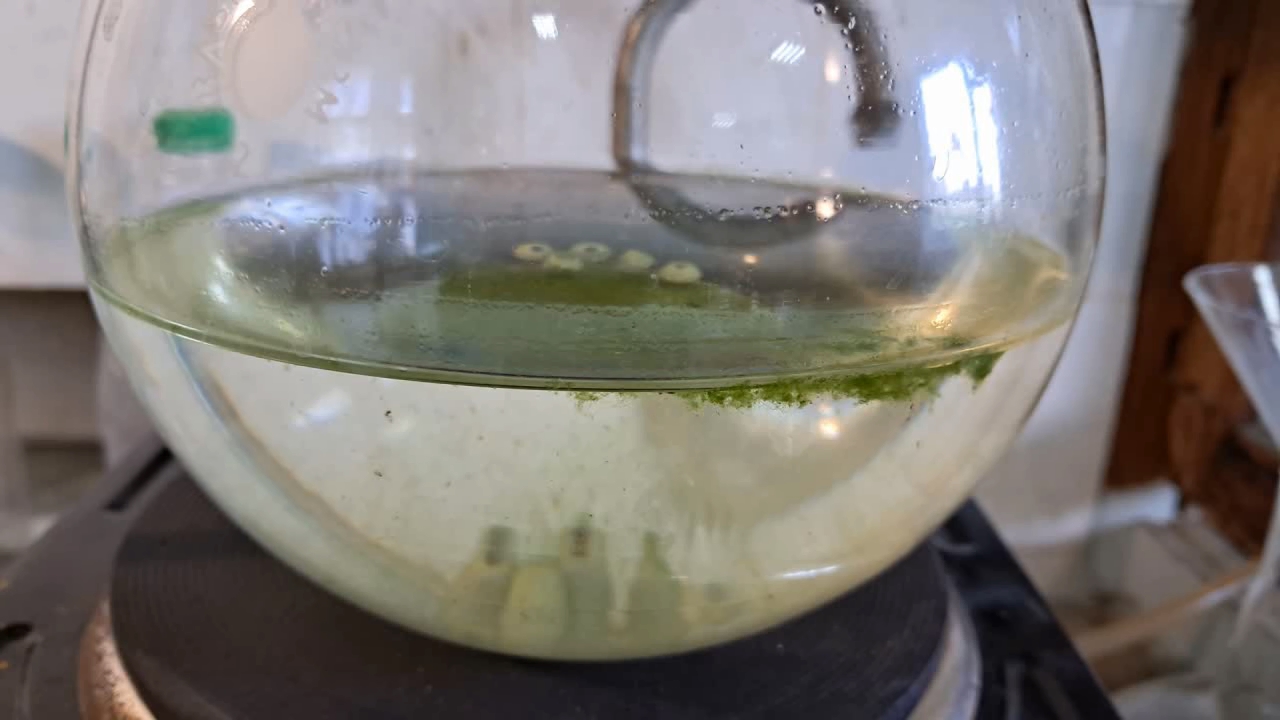
|
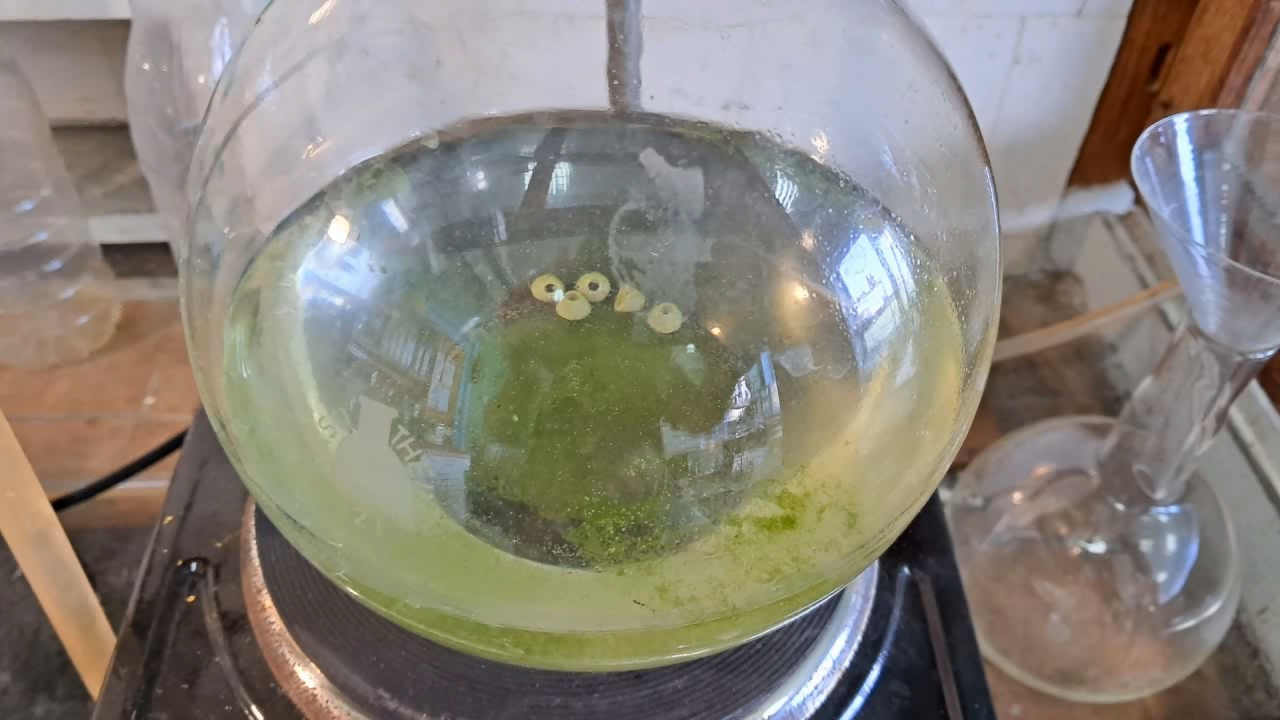
|
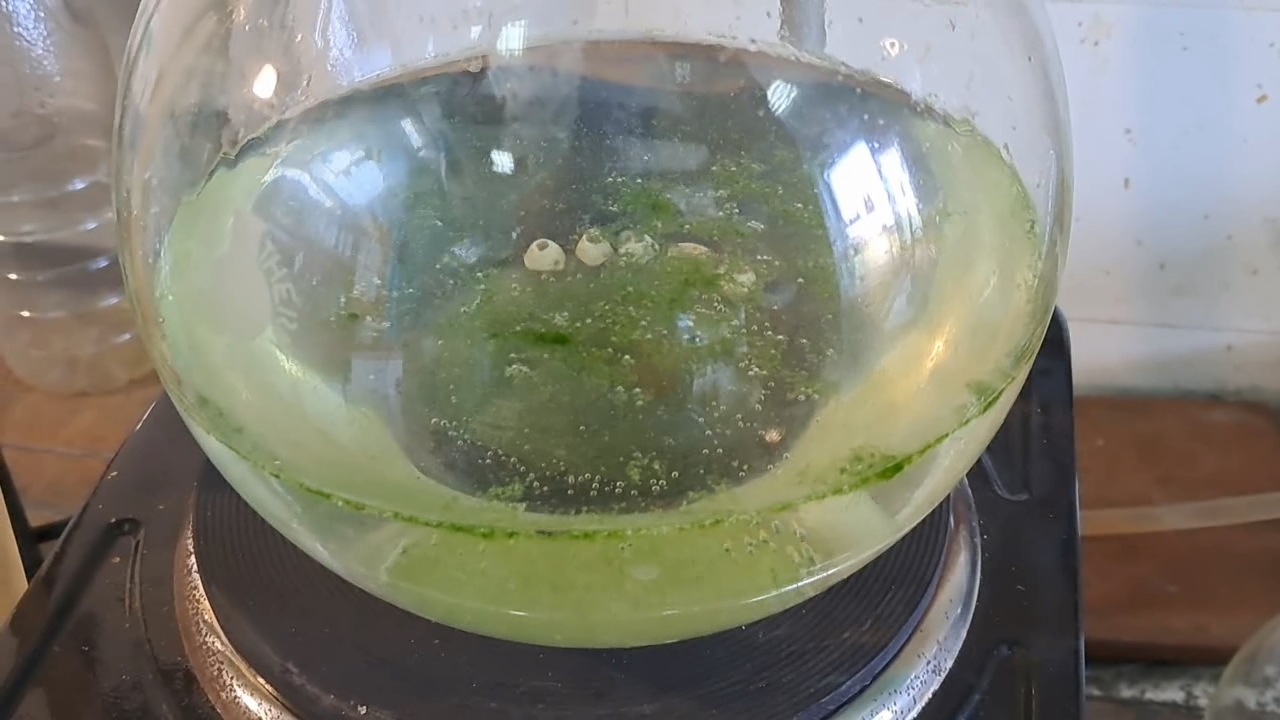
|
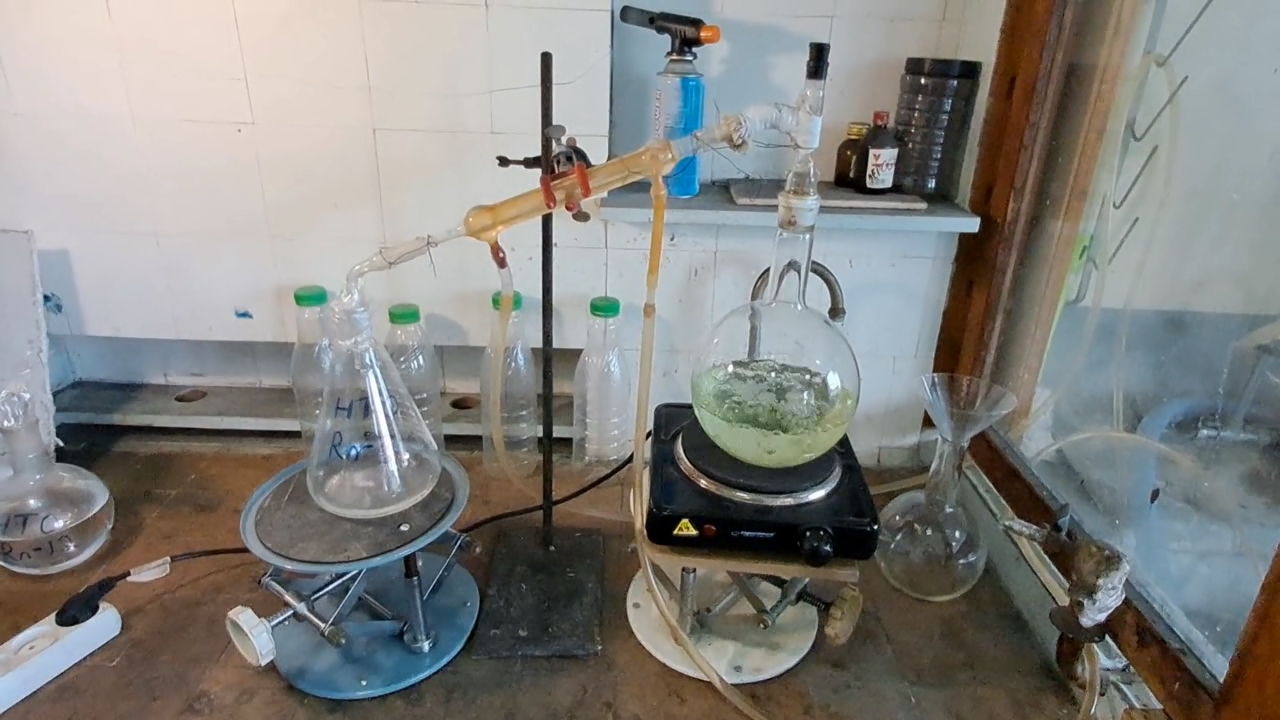
|
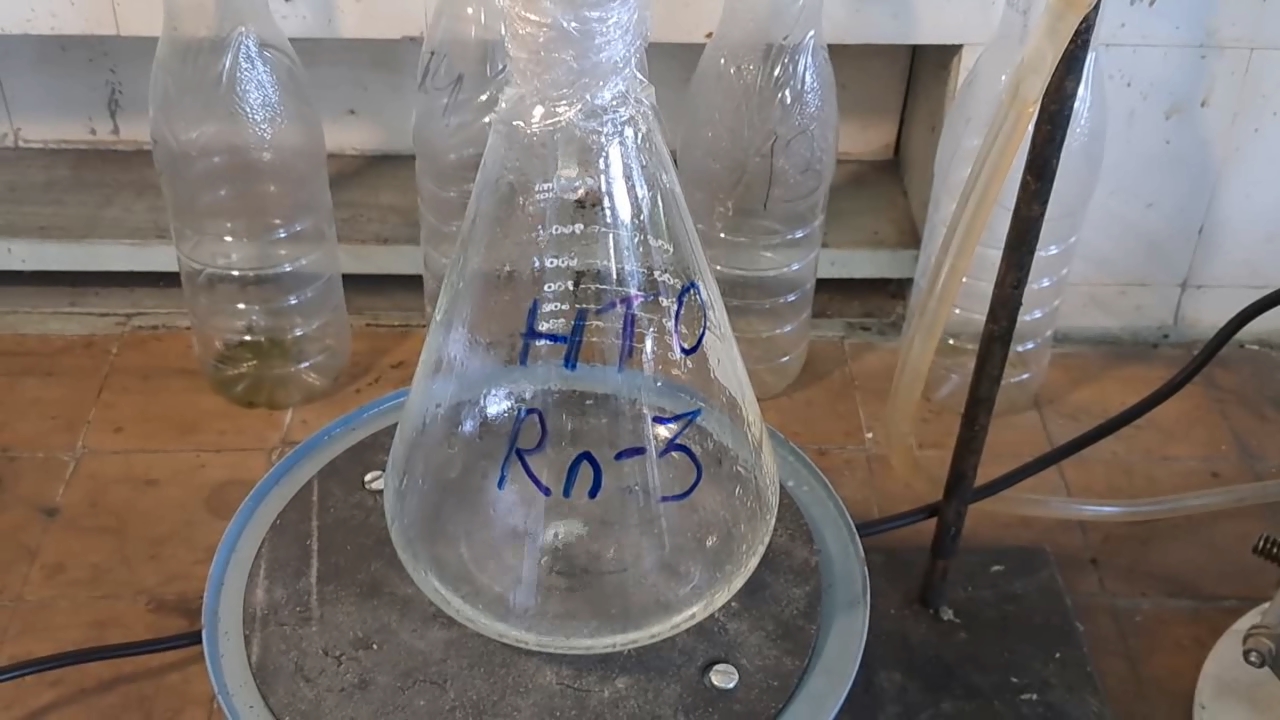
|
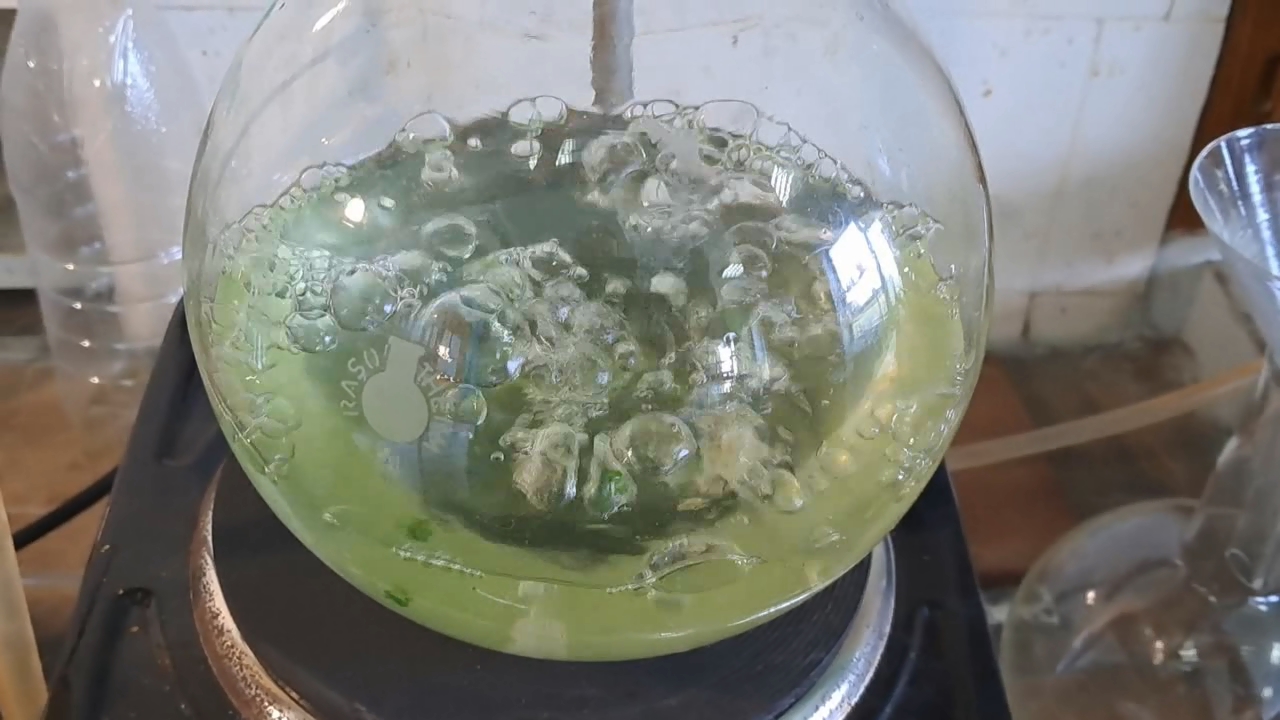
|
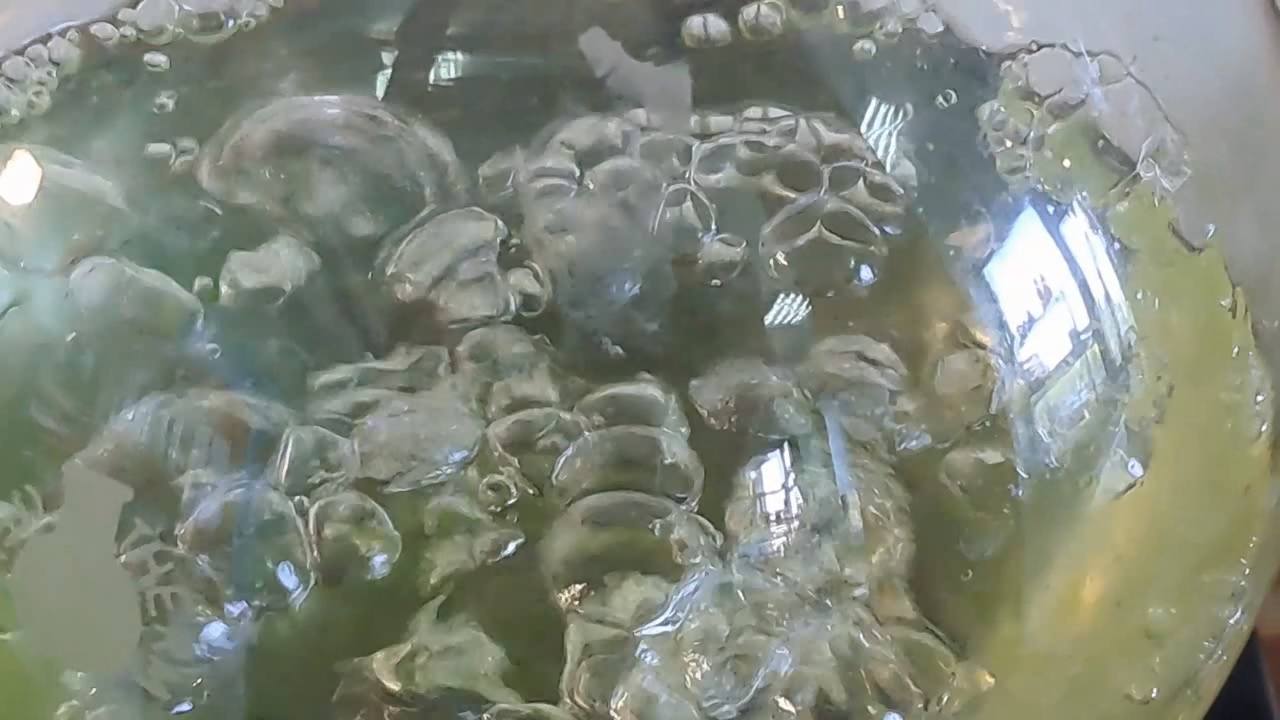
|
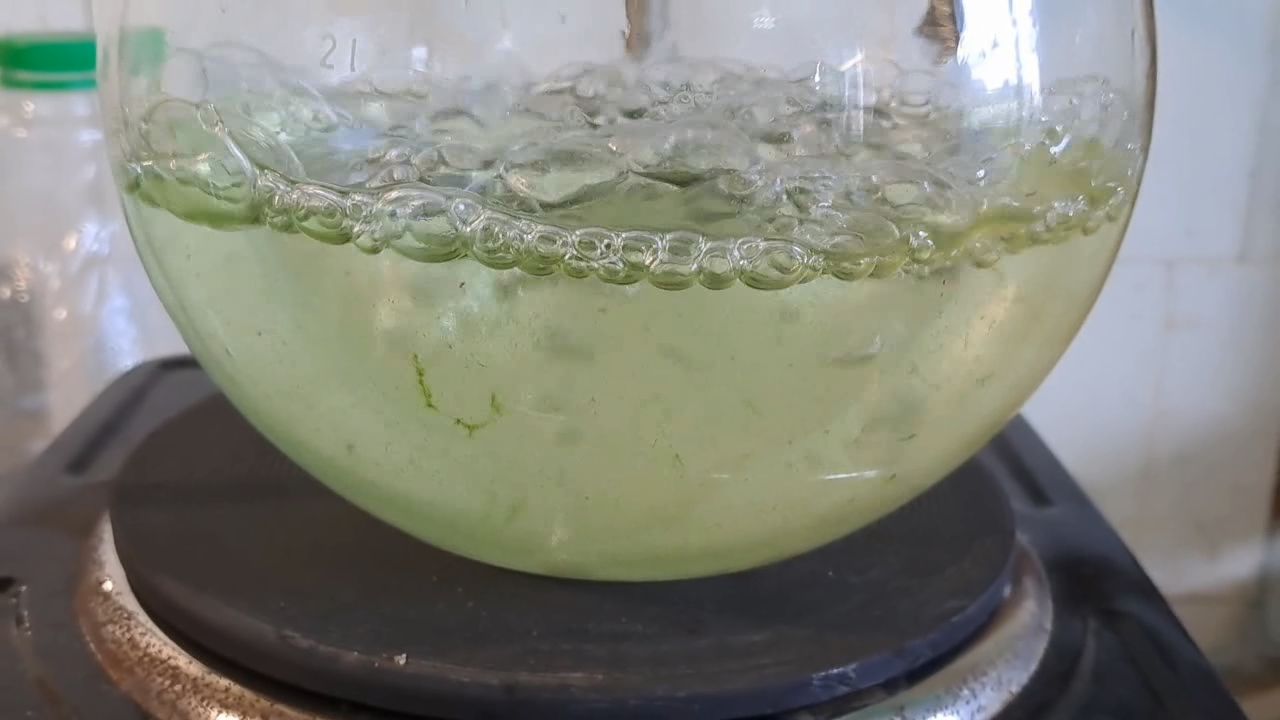
|
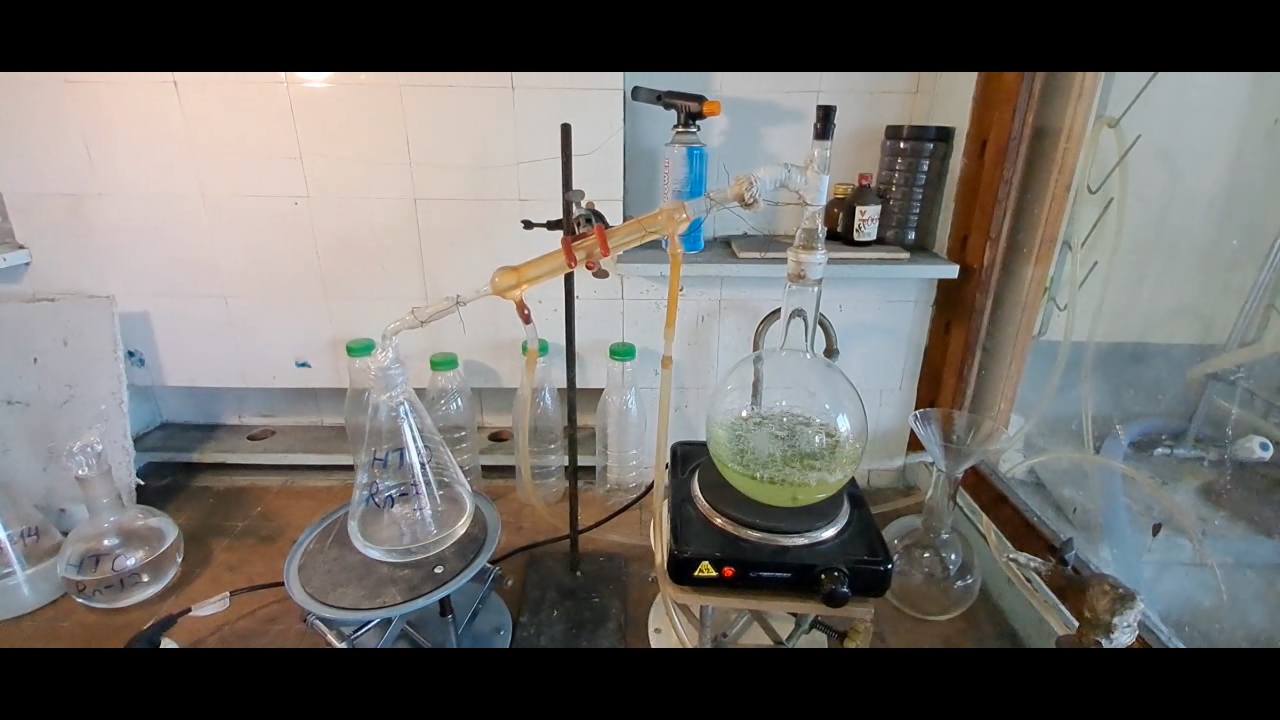
|
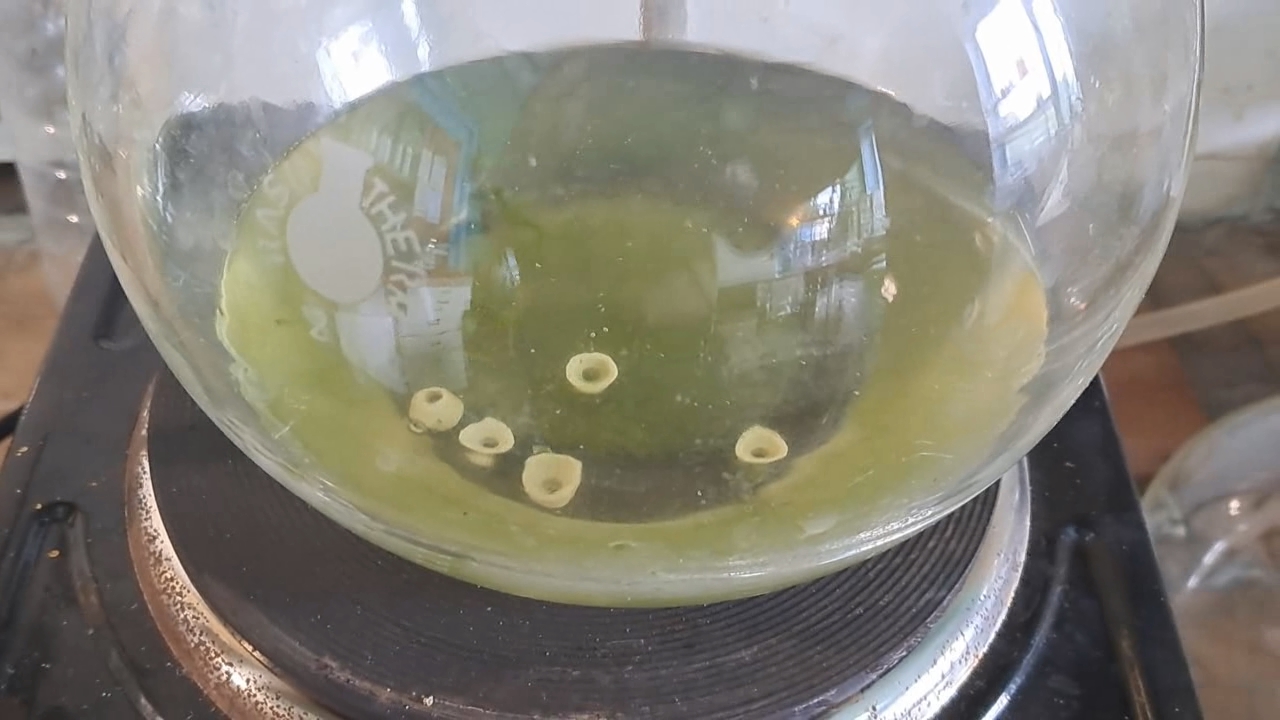
|
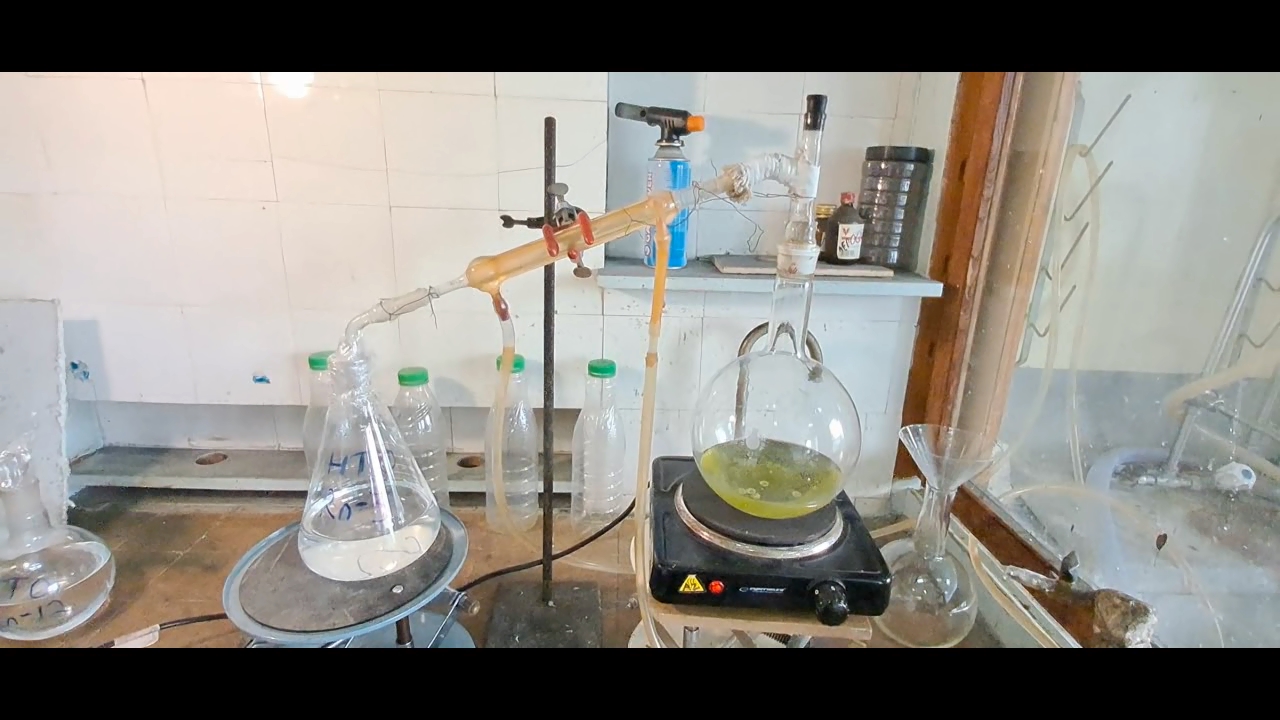
|
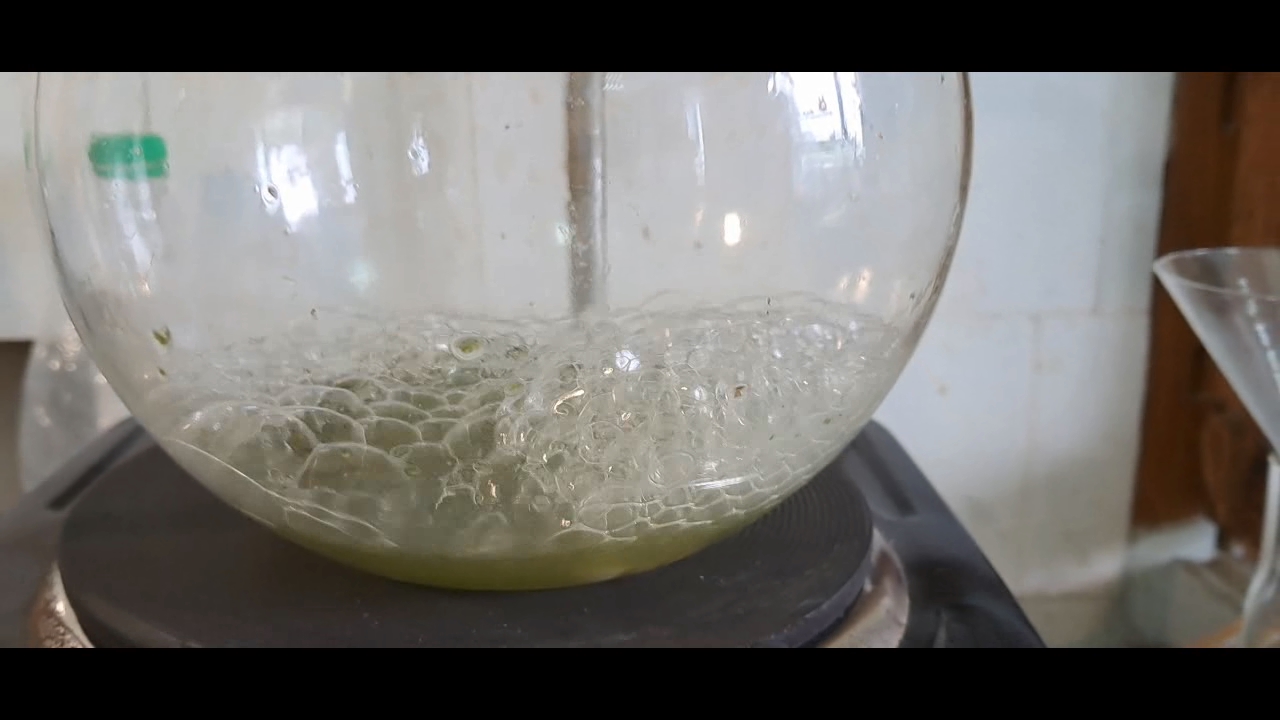
|
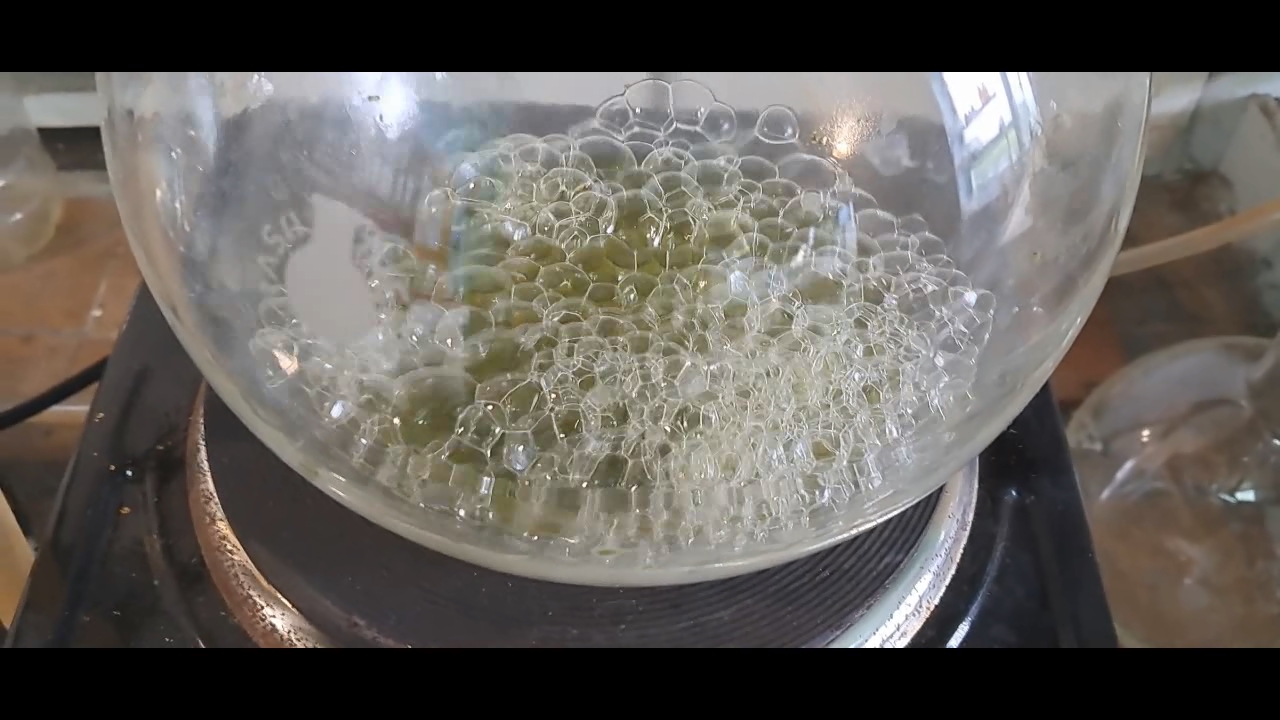
|